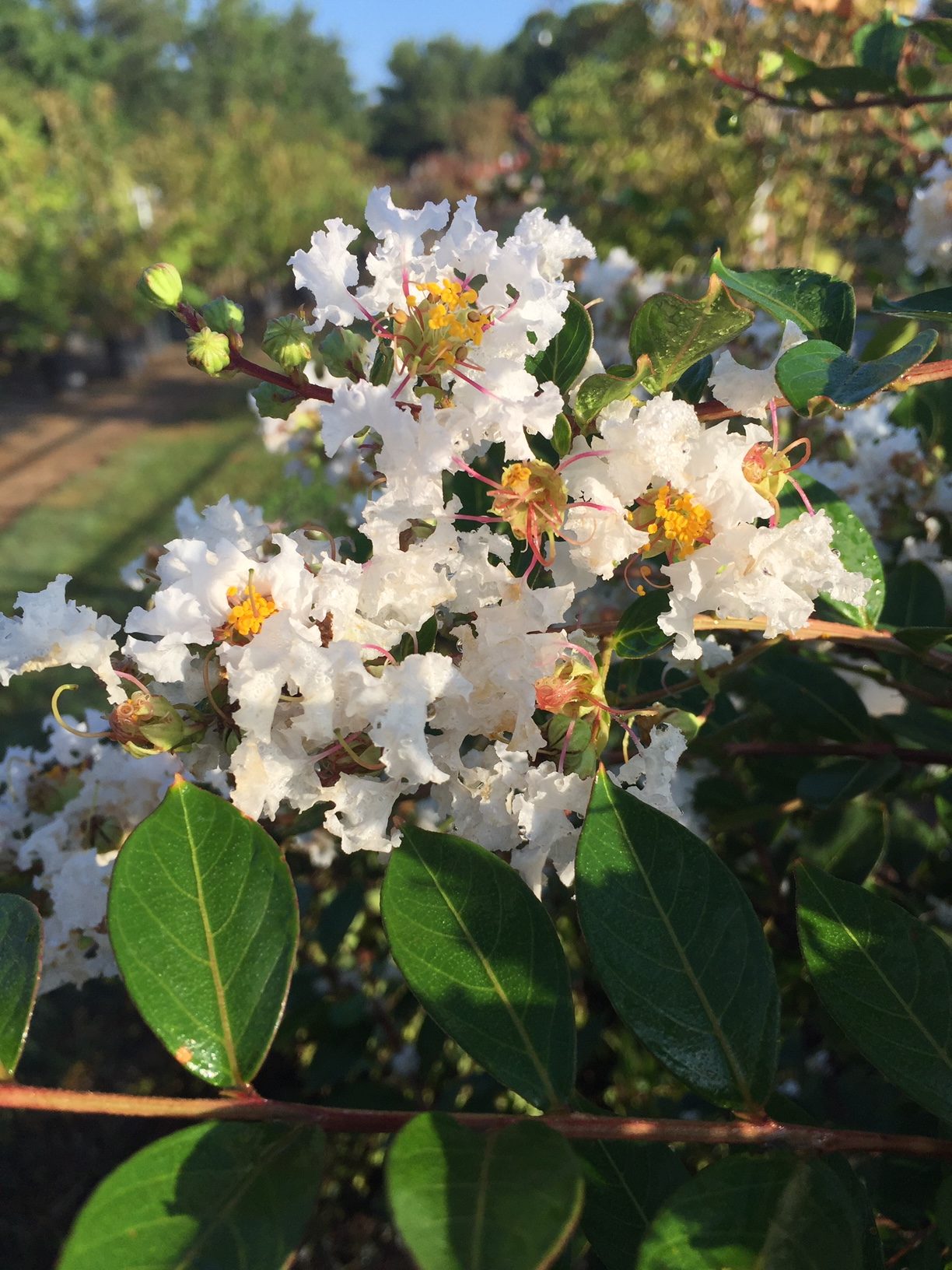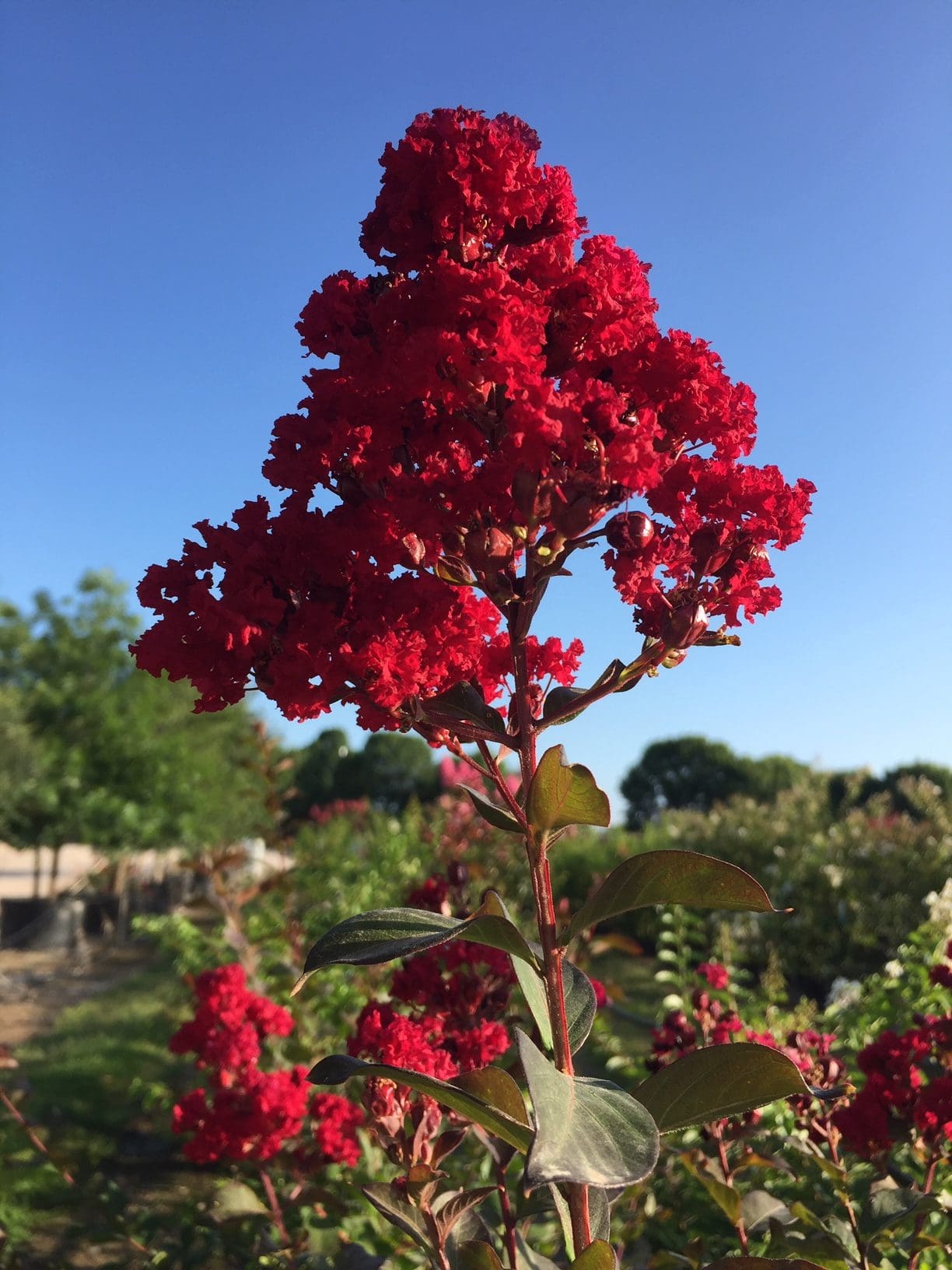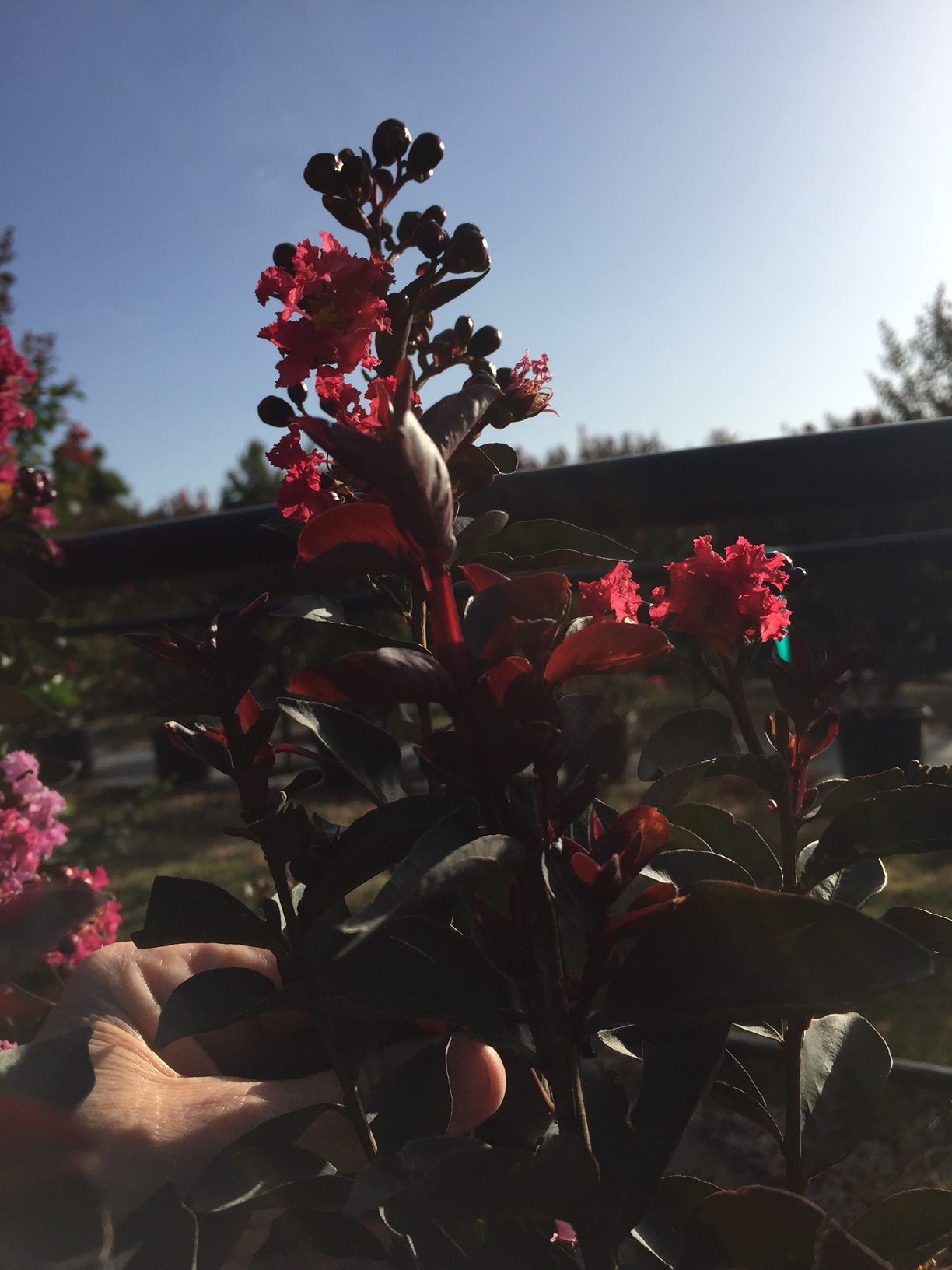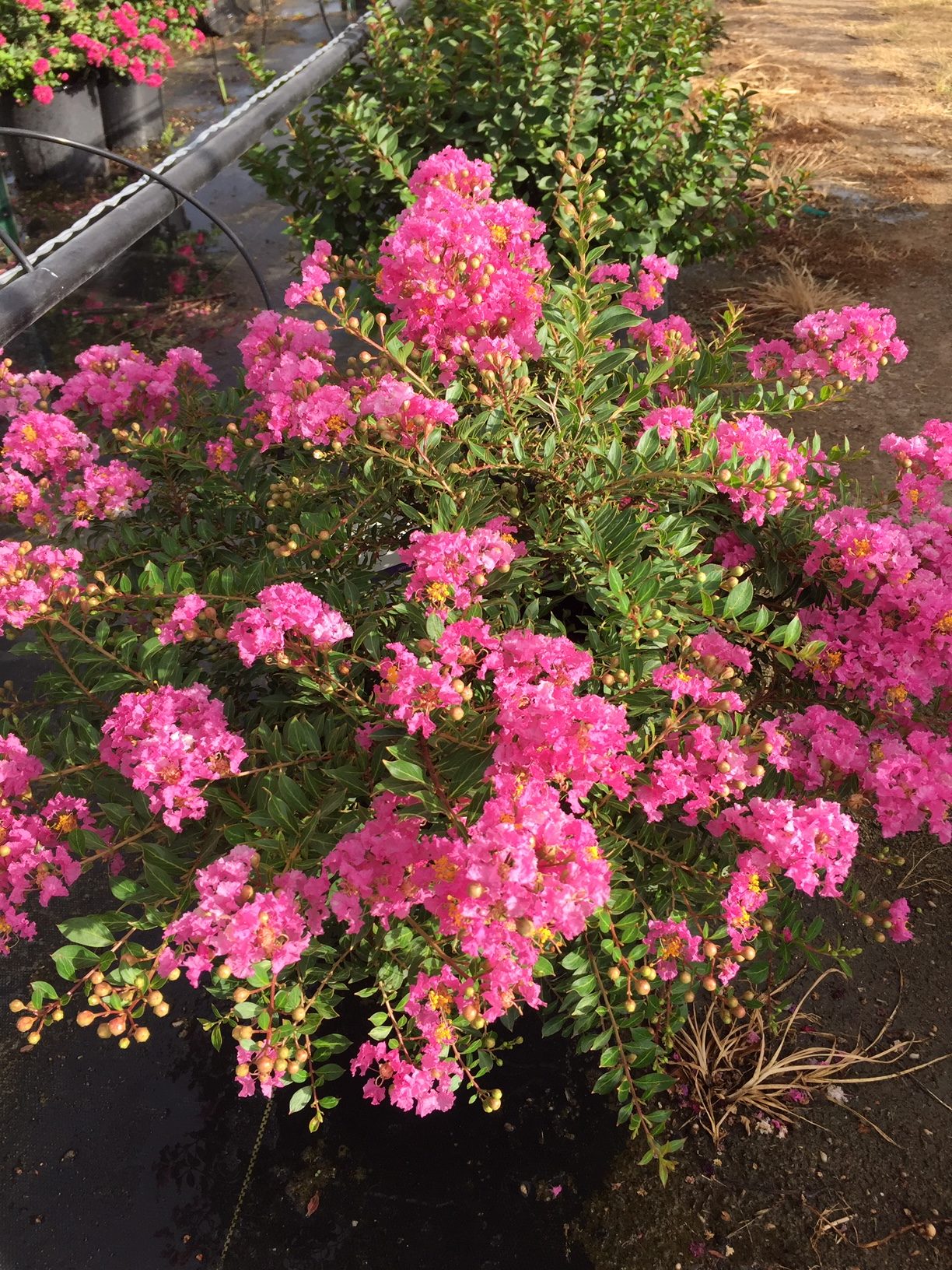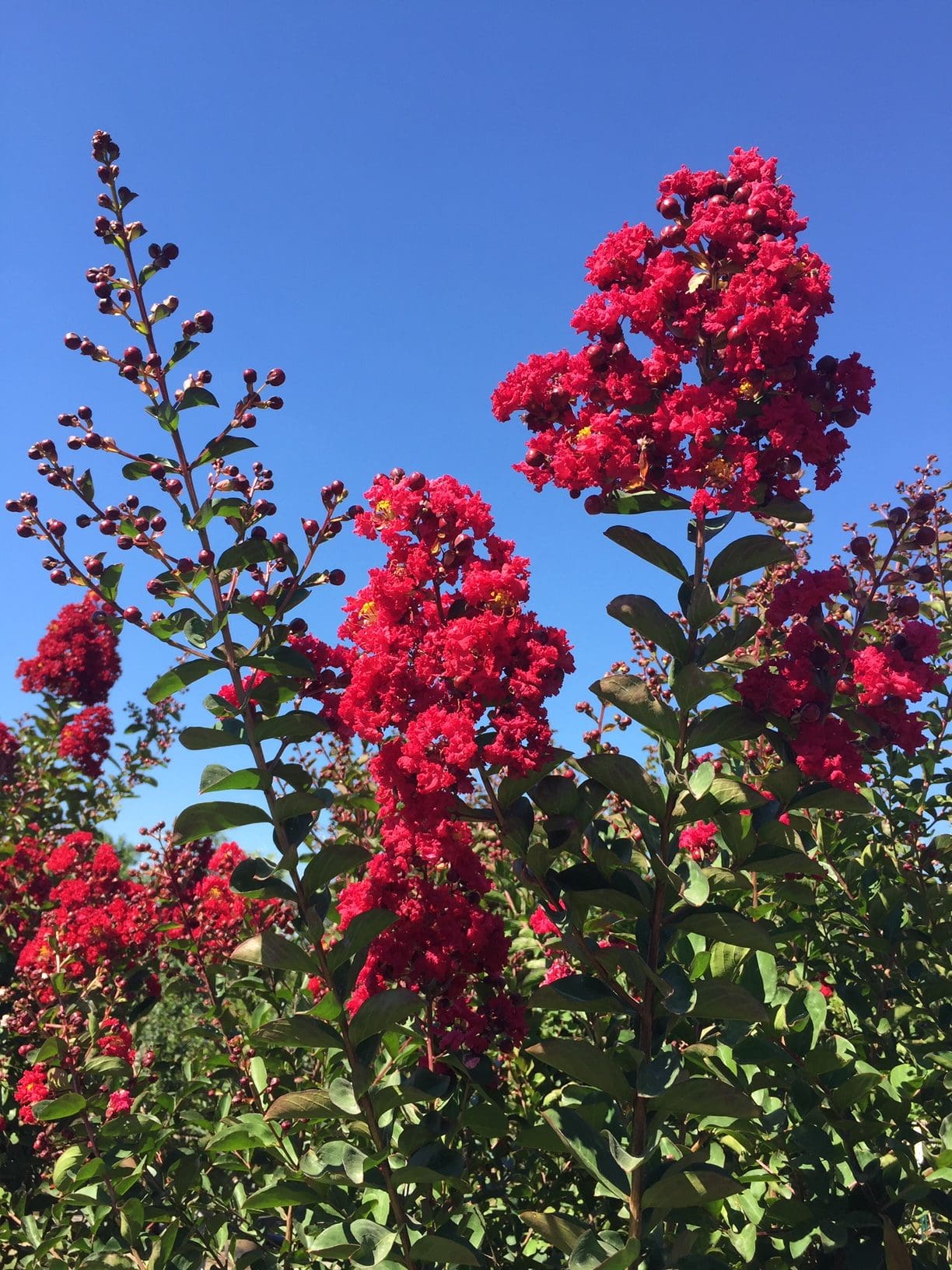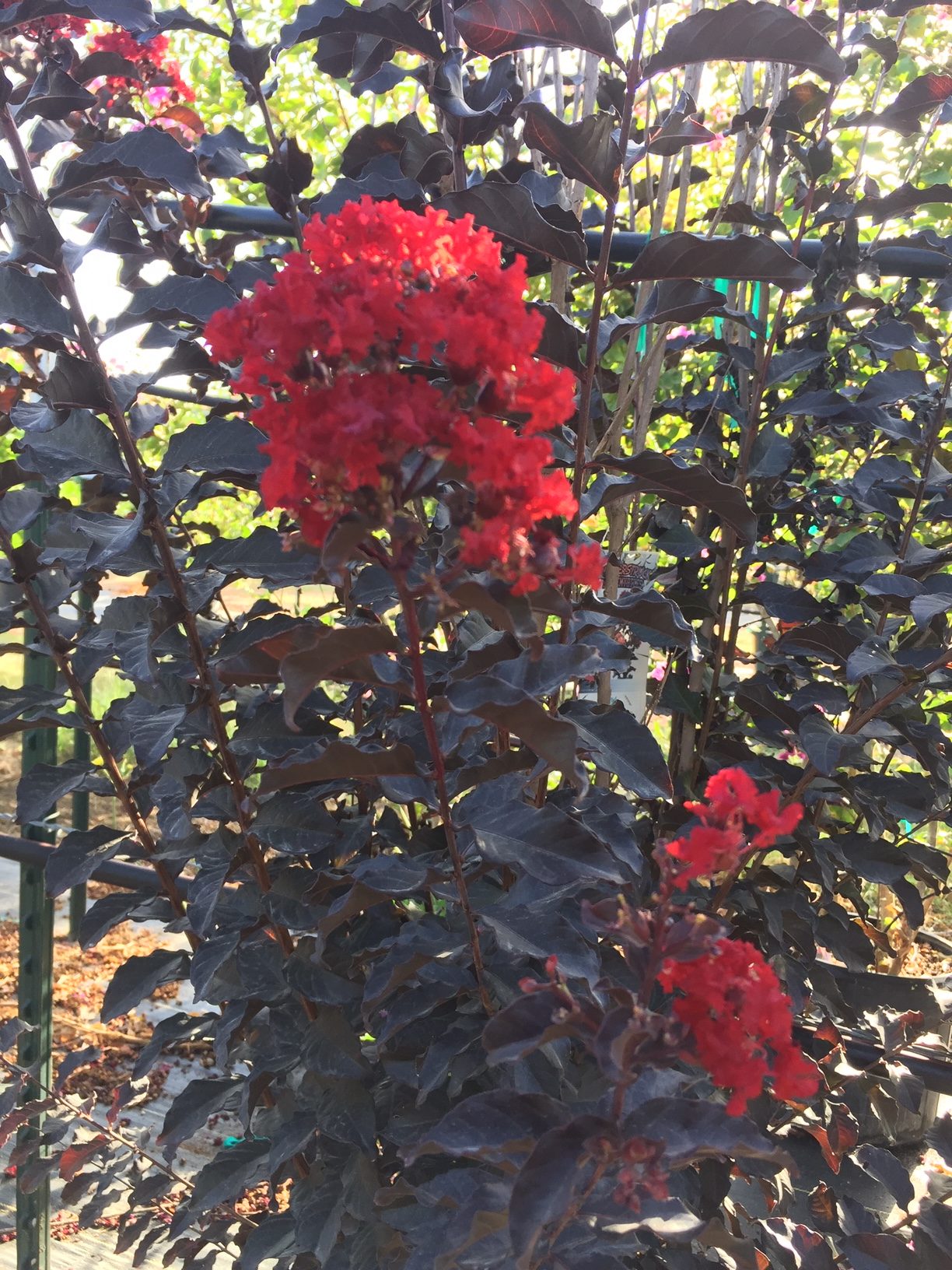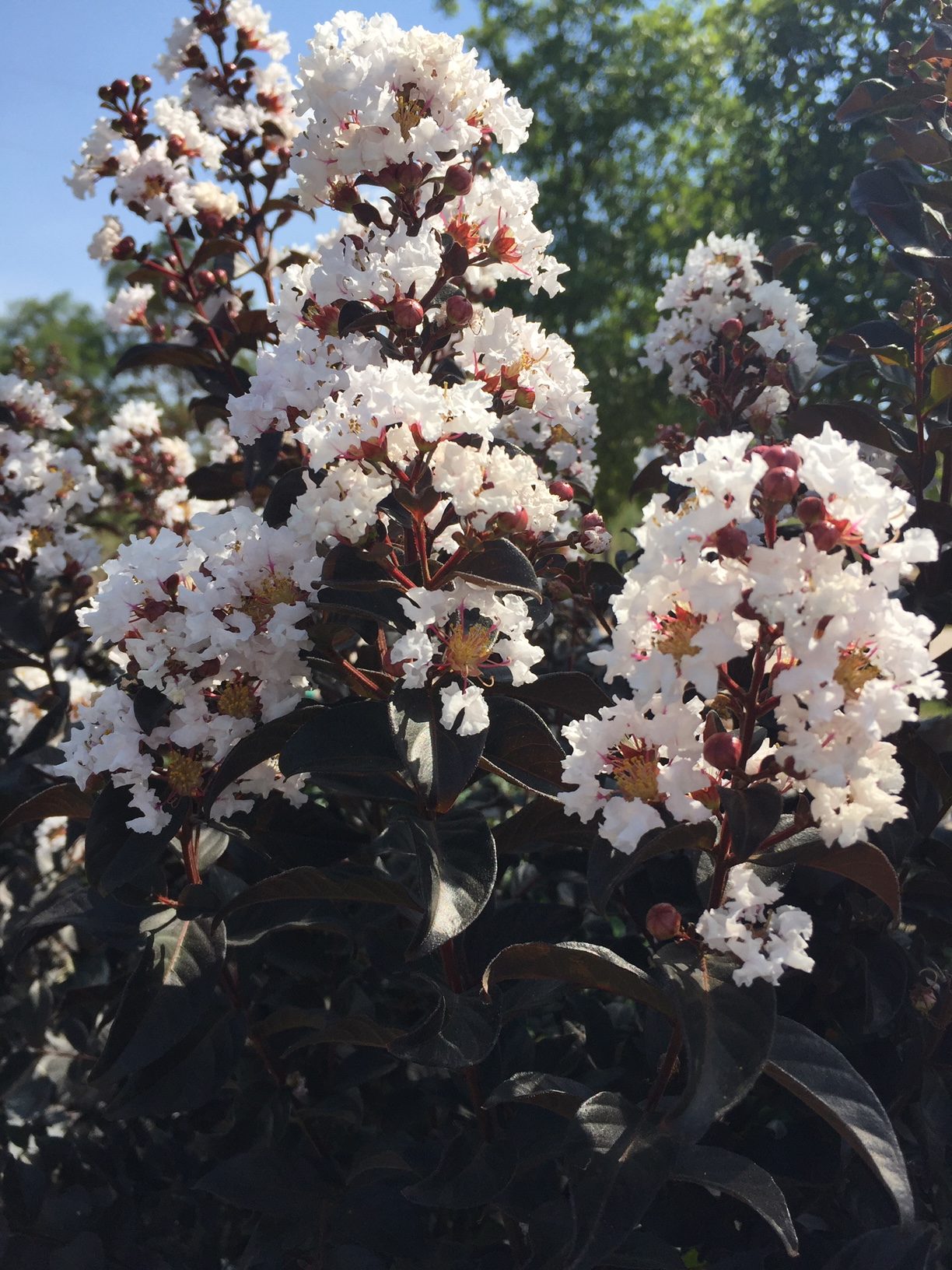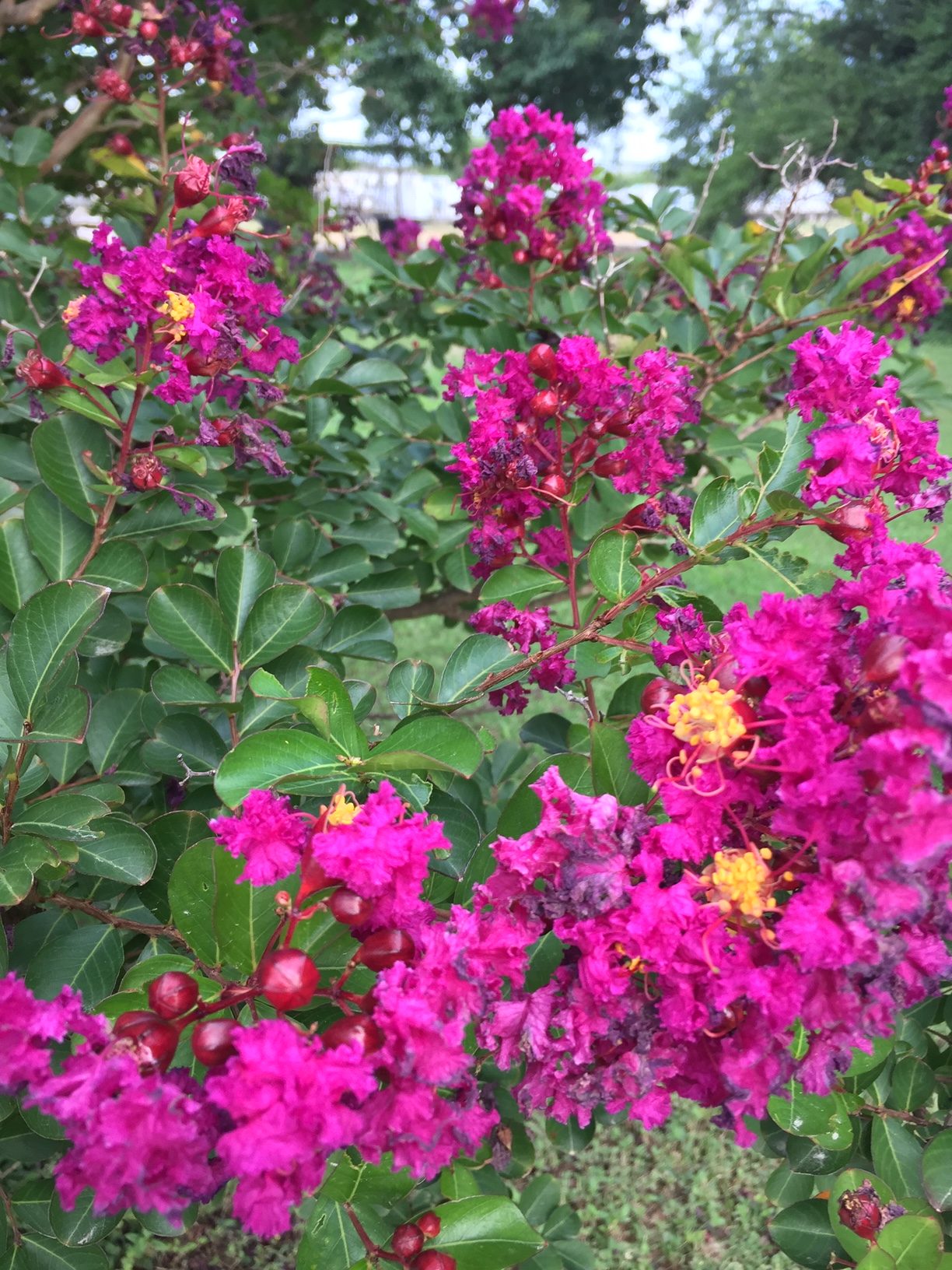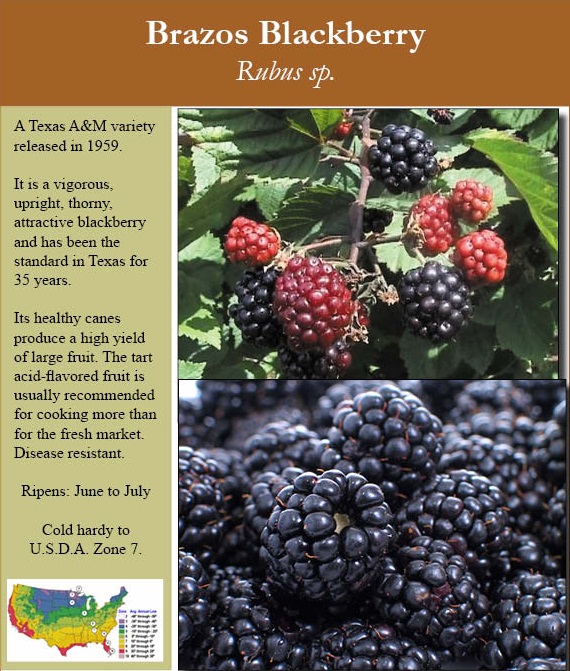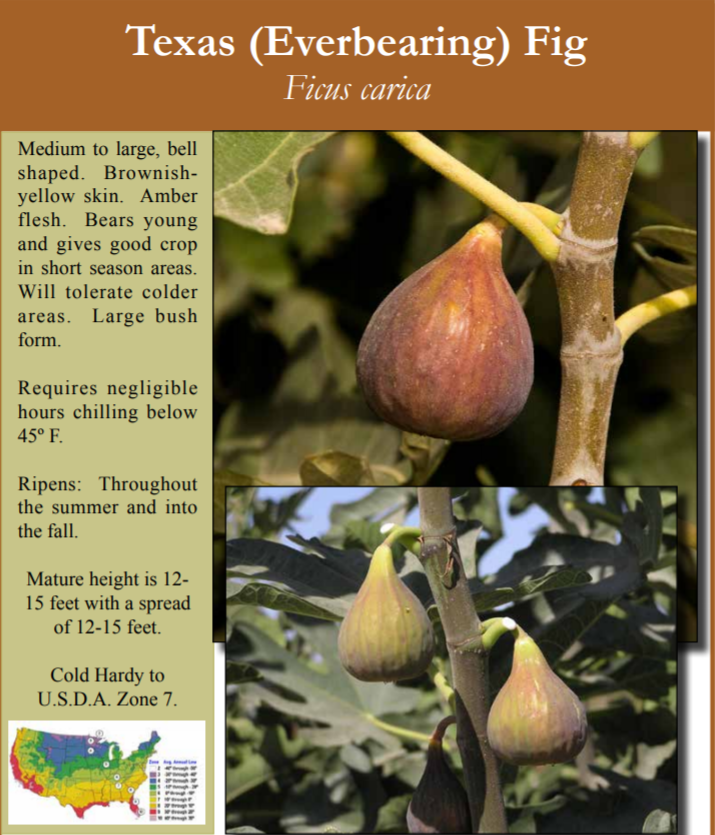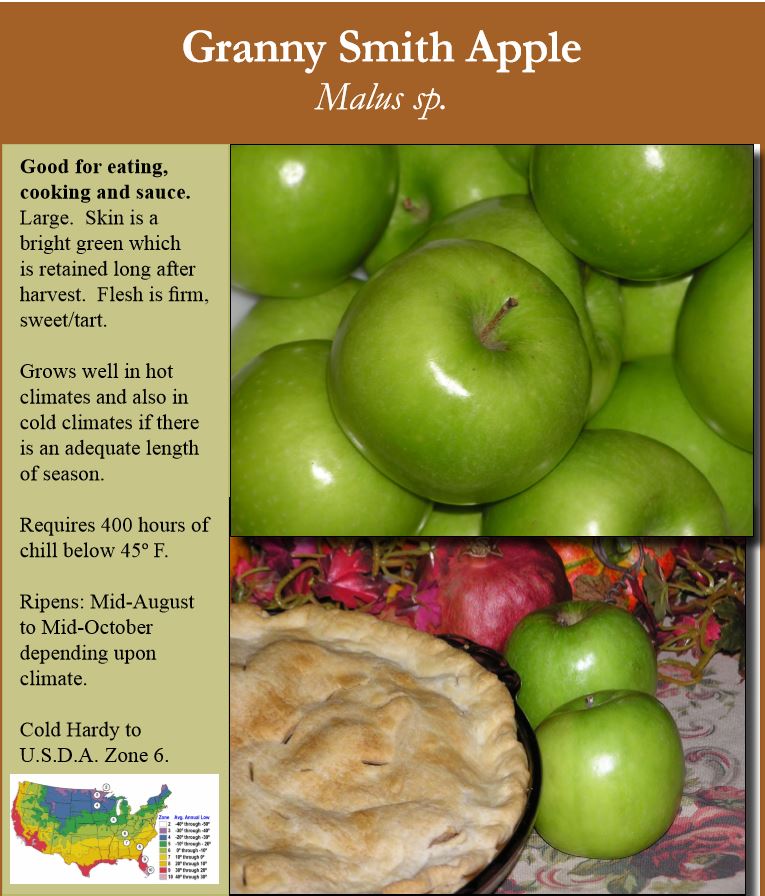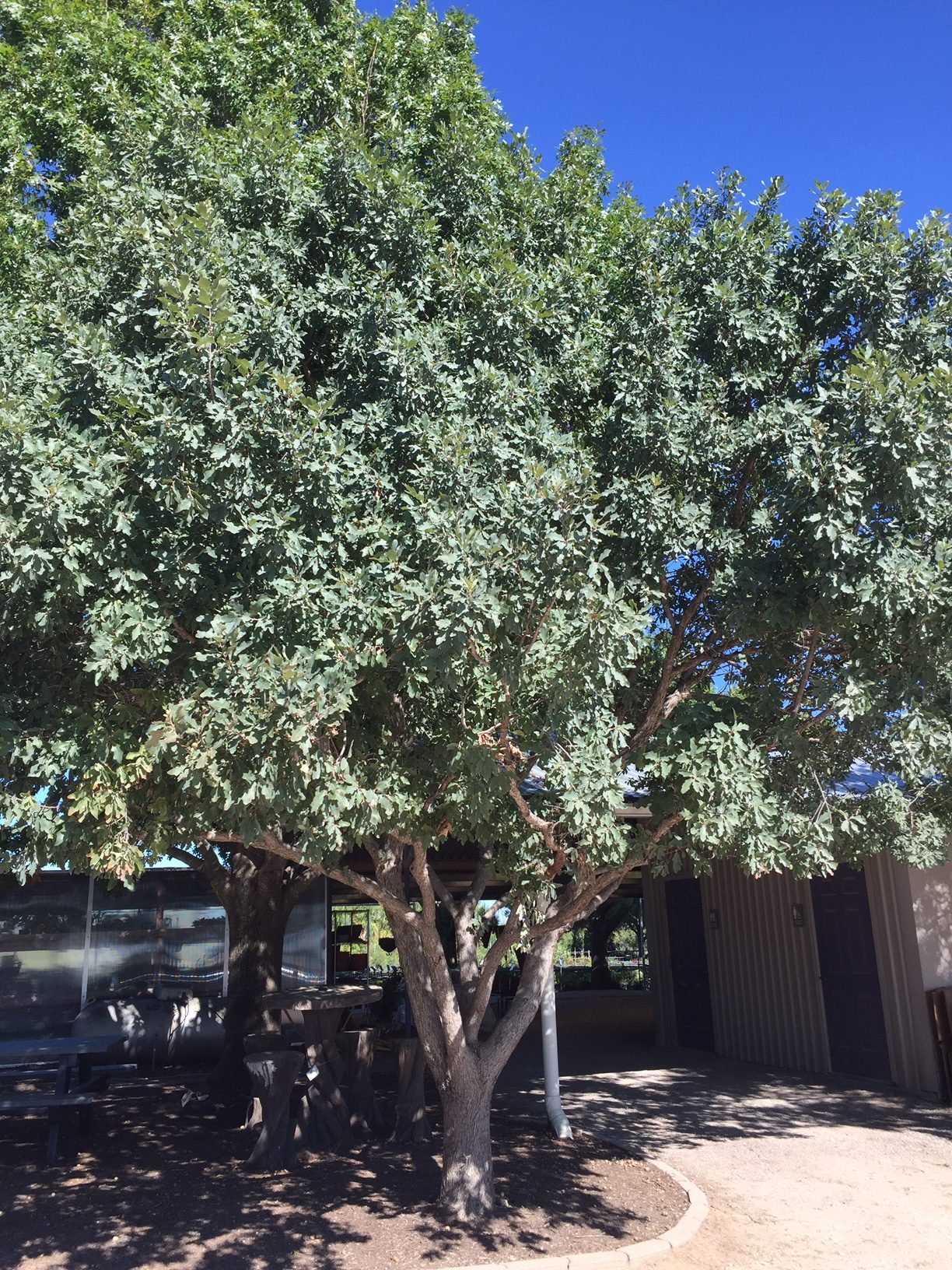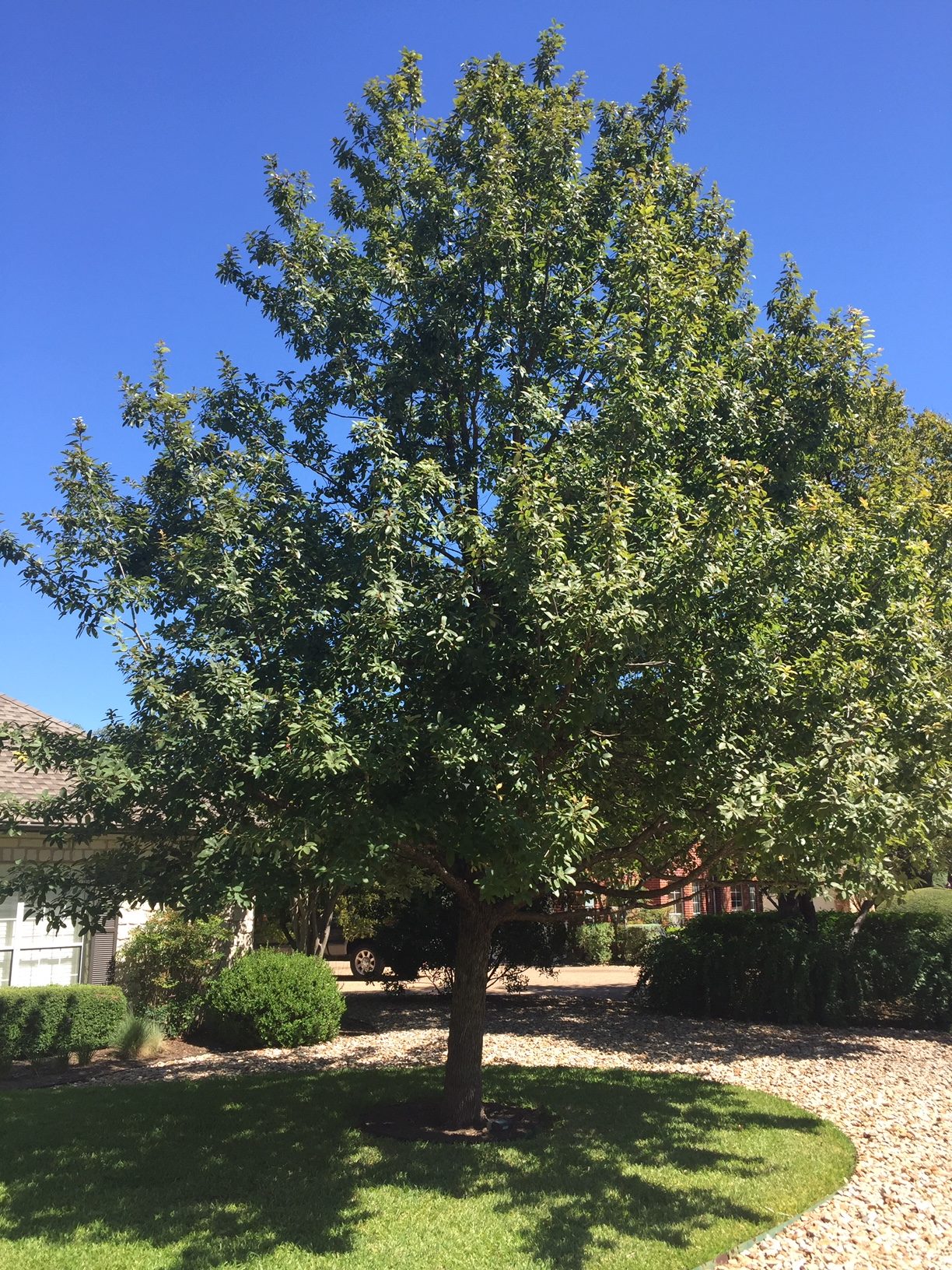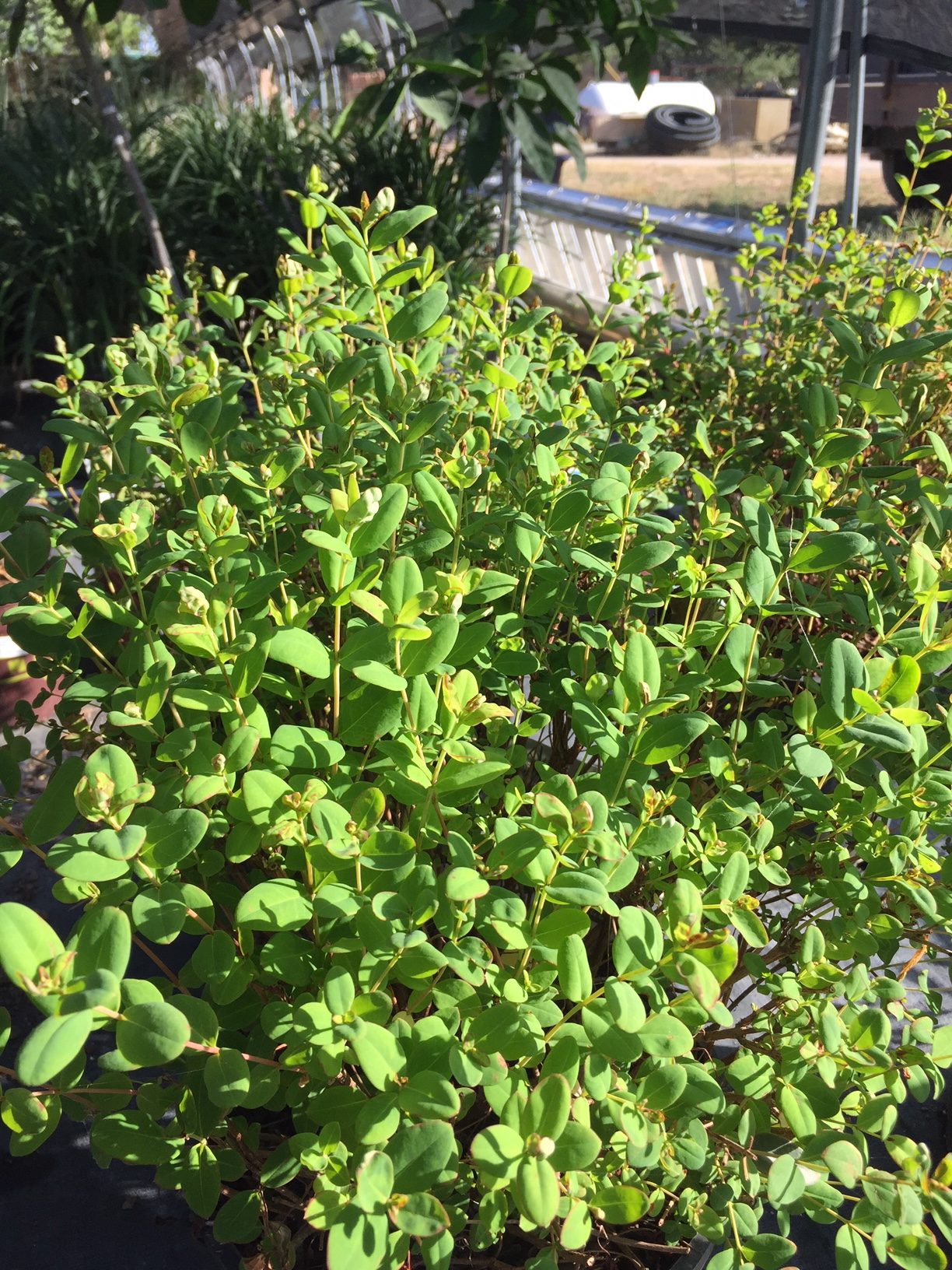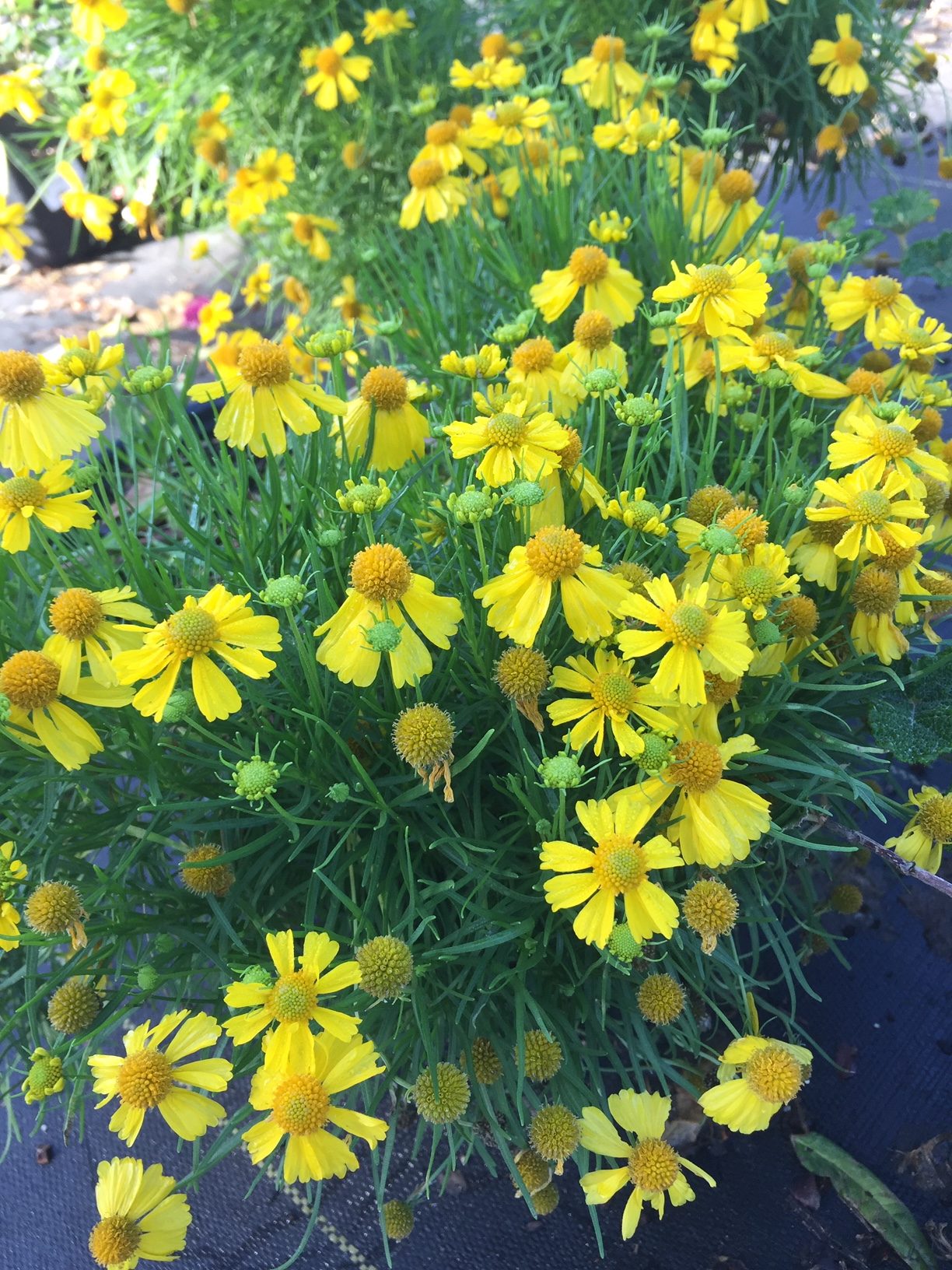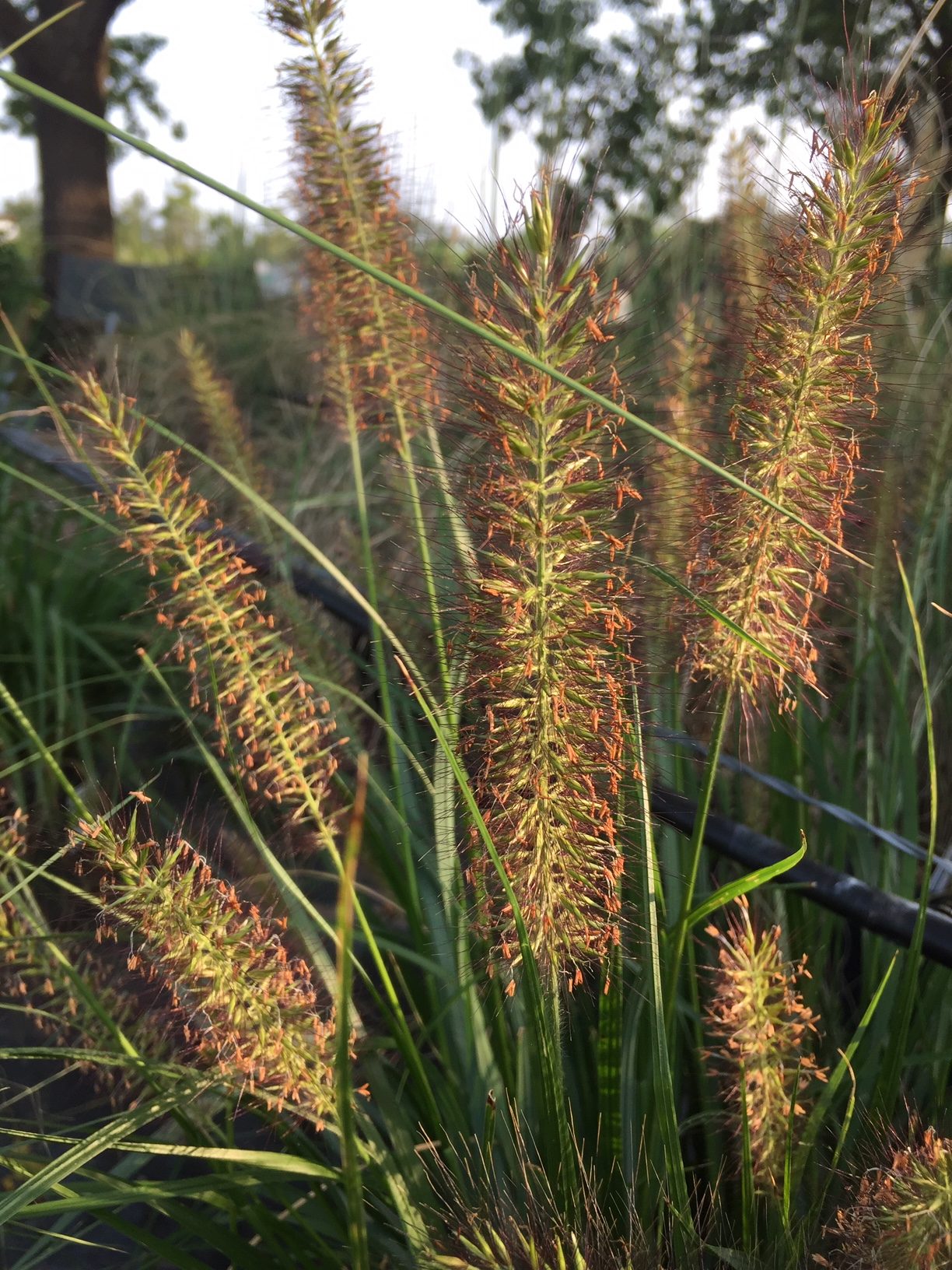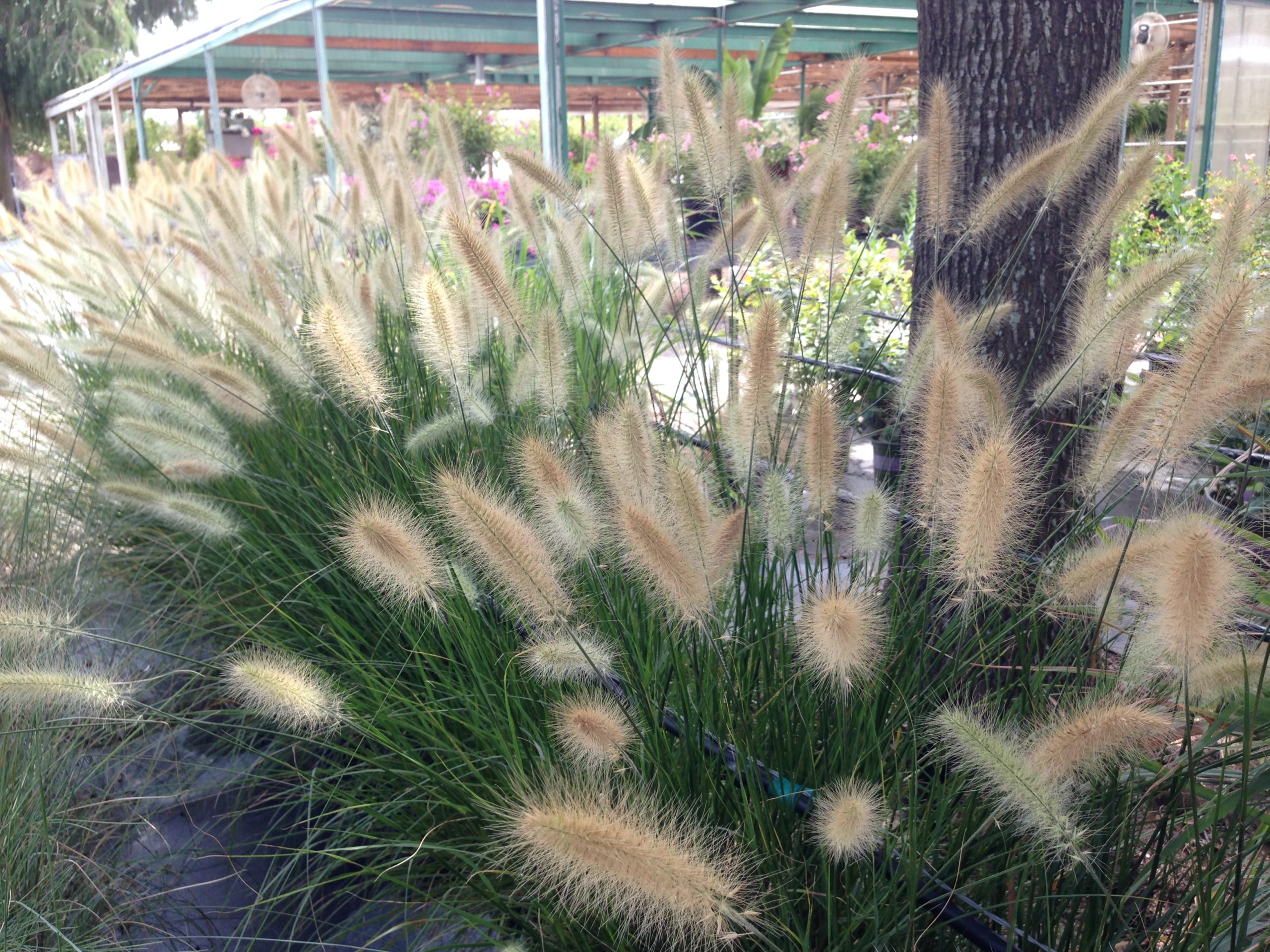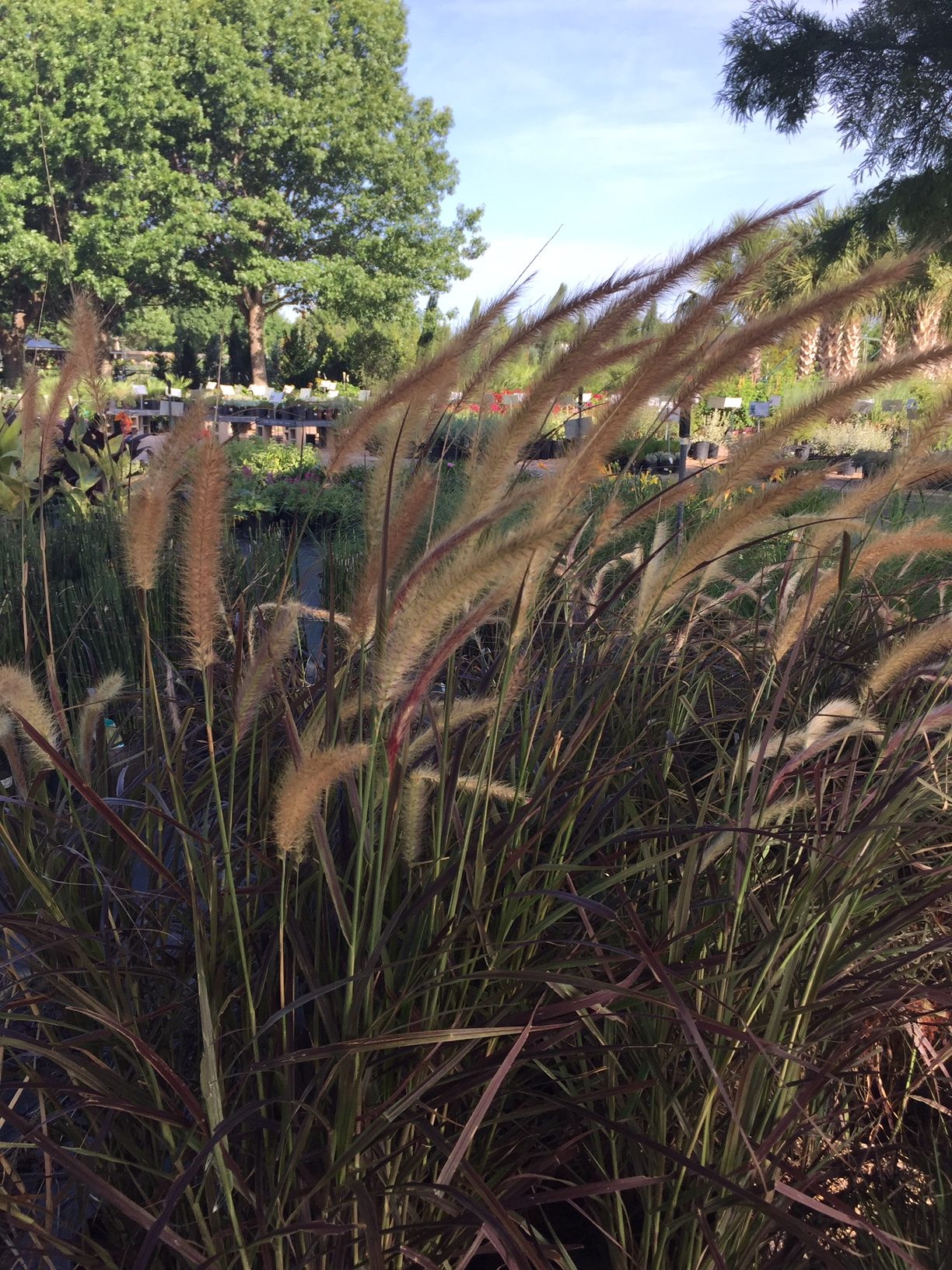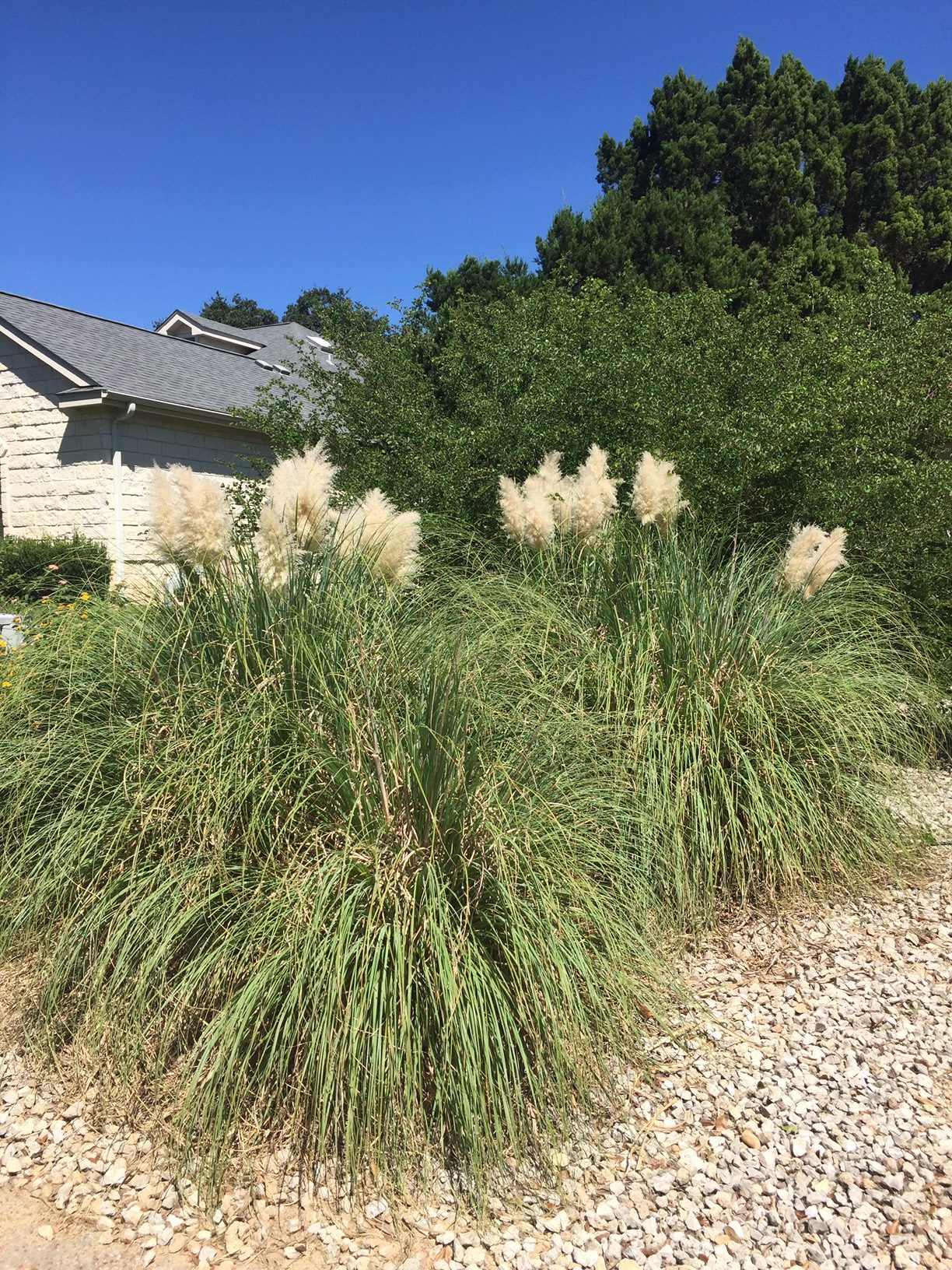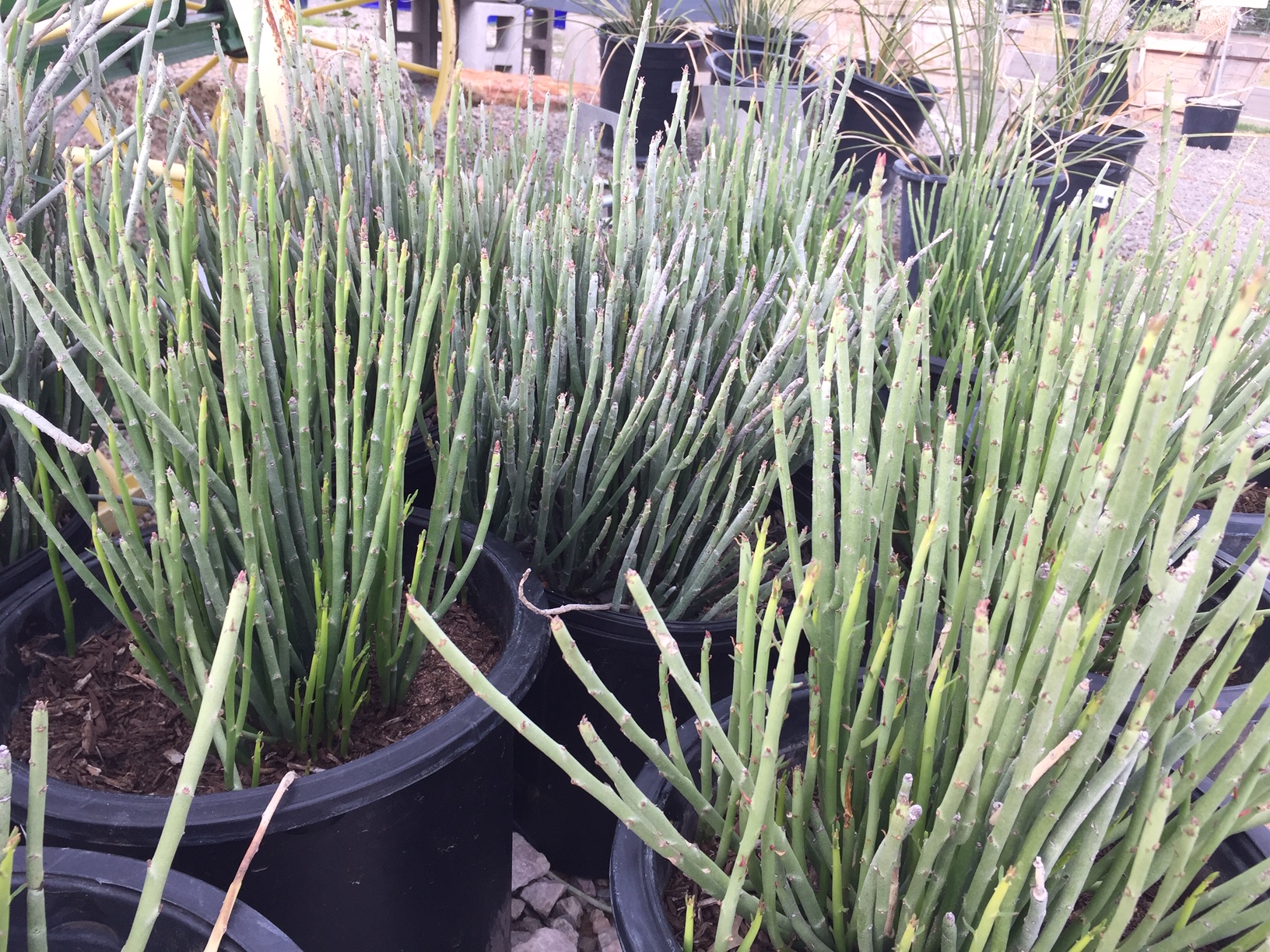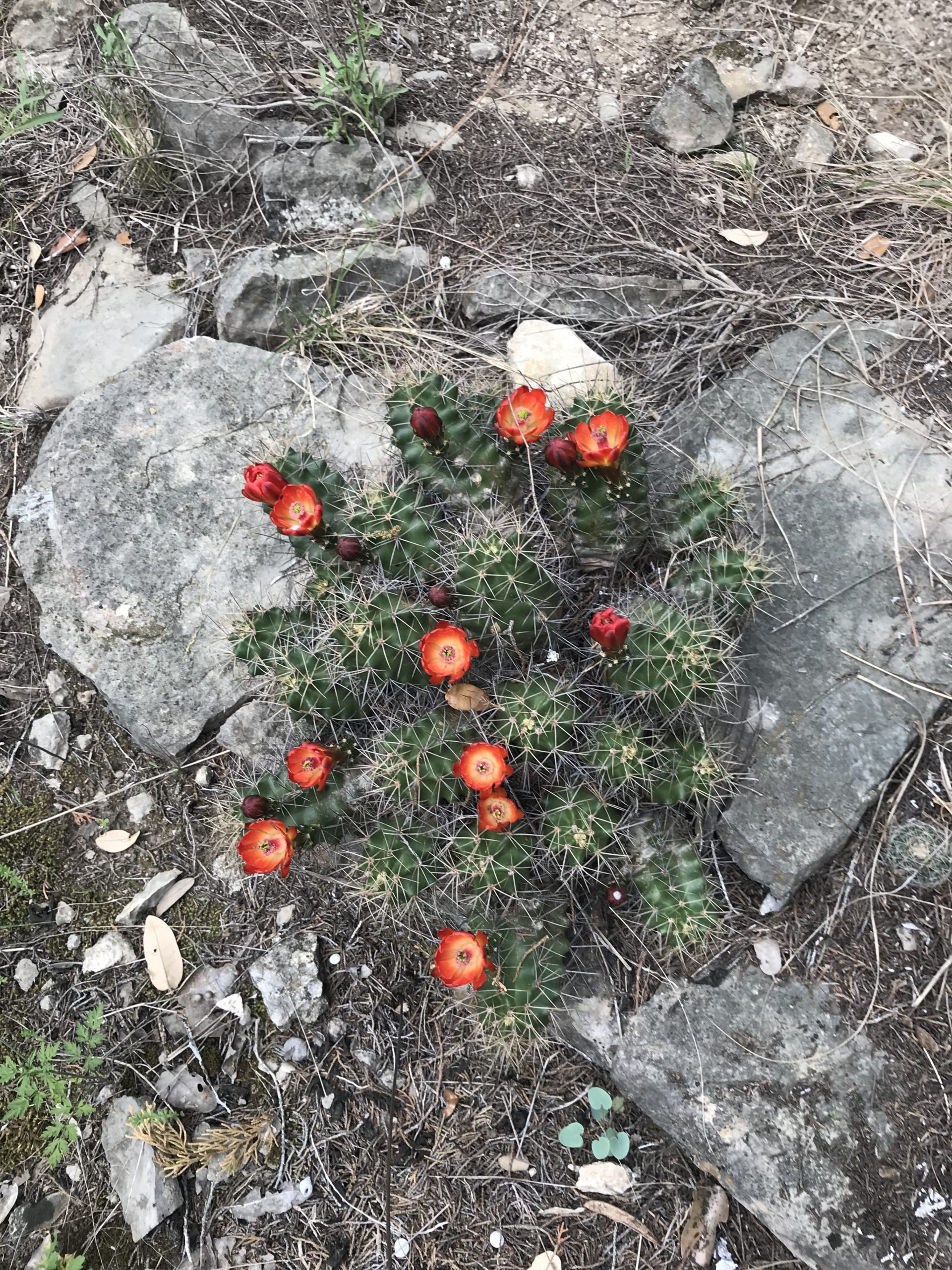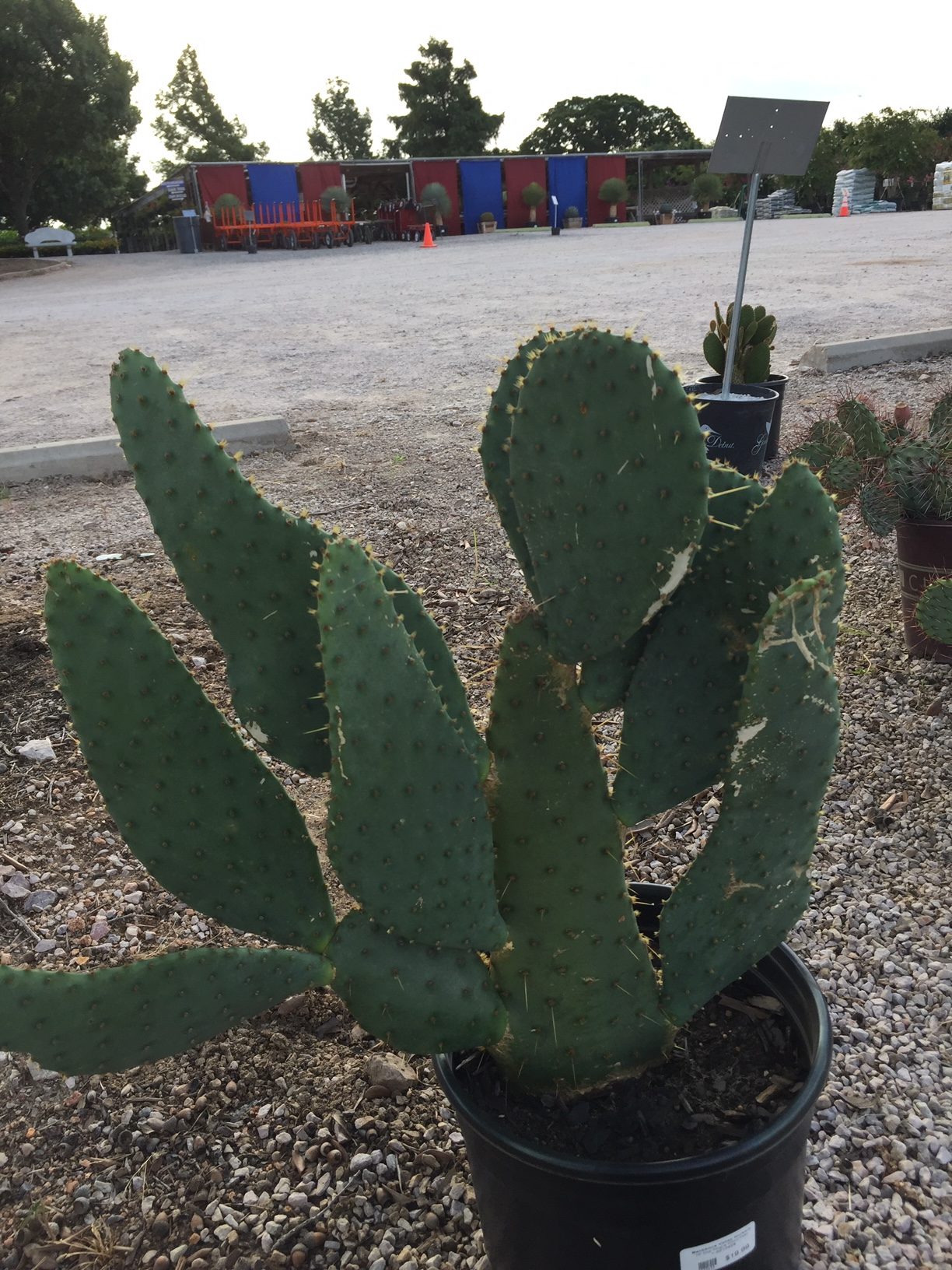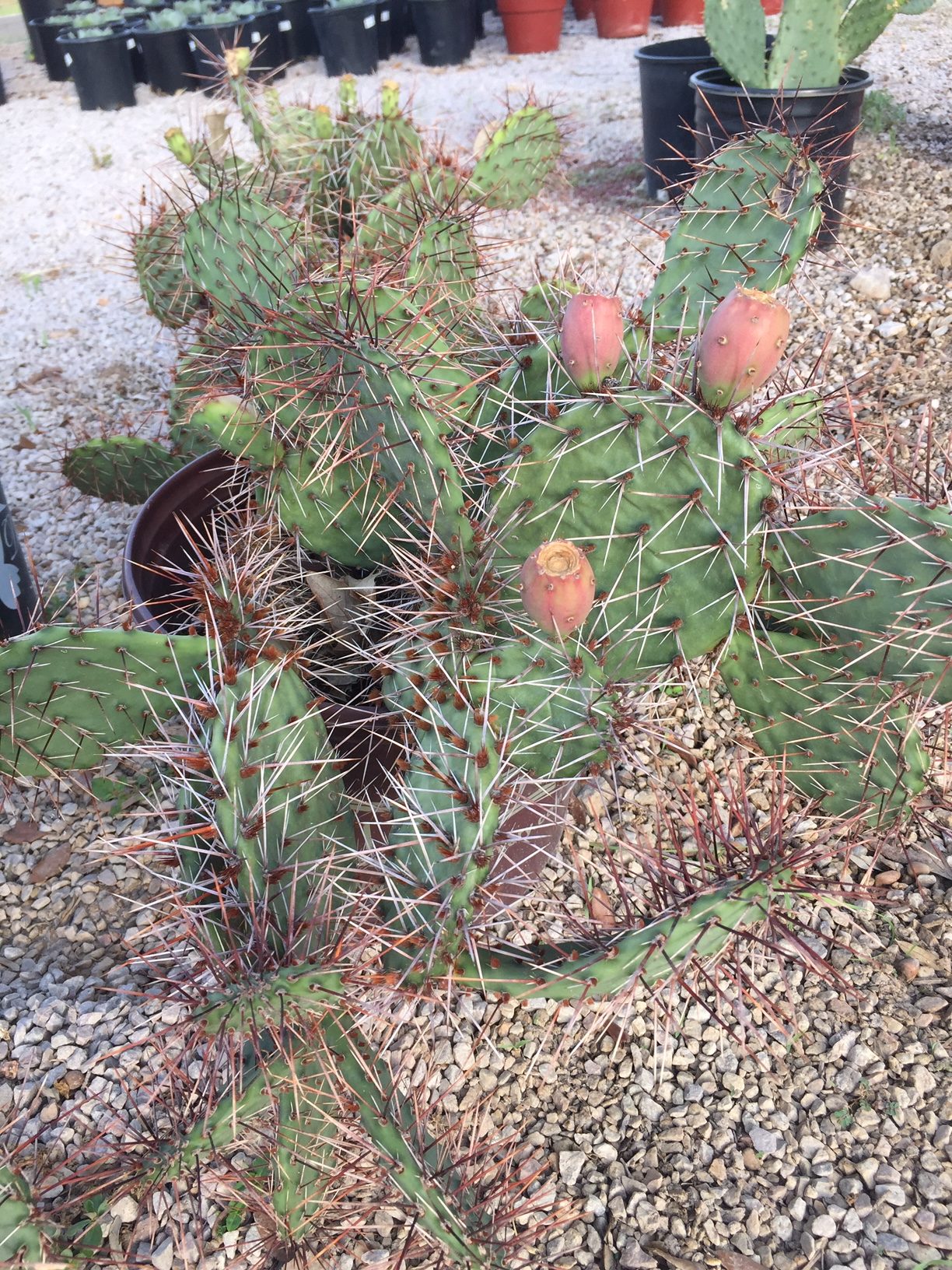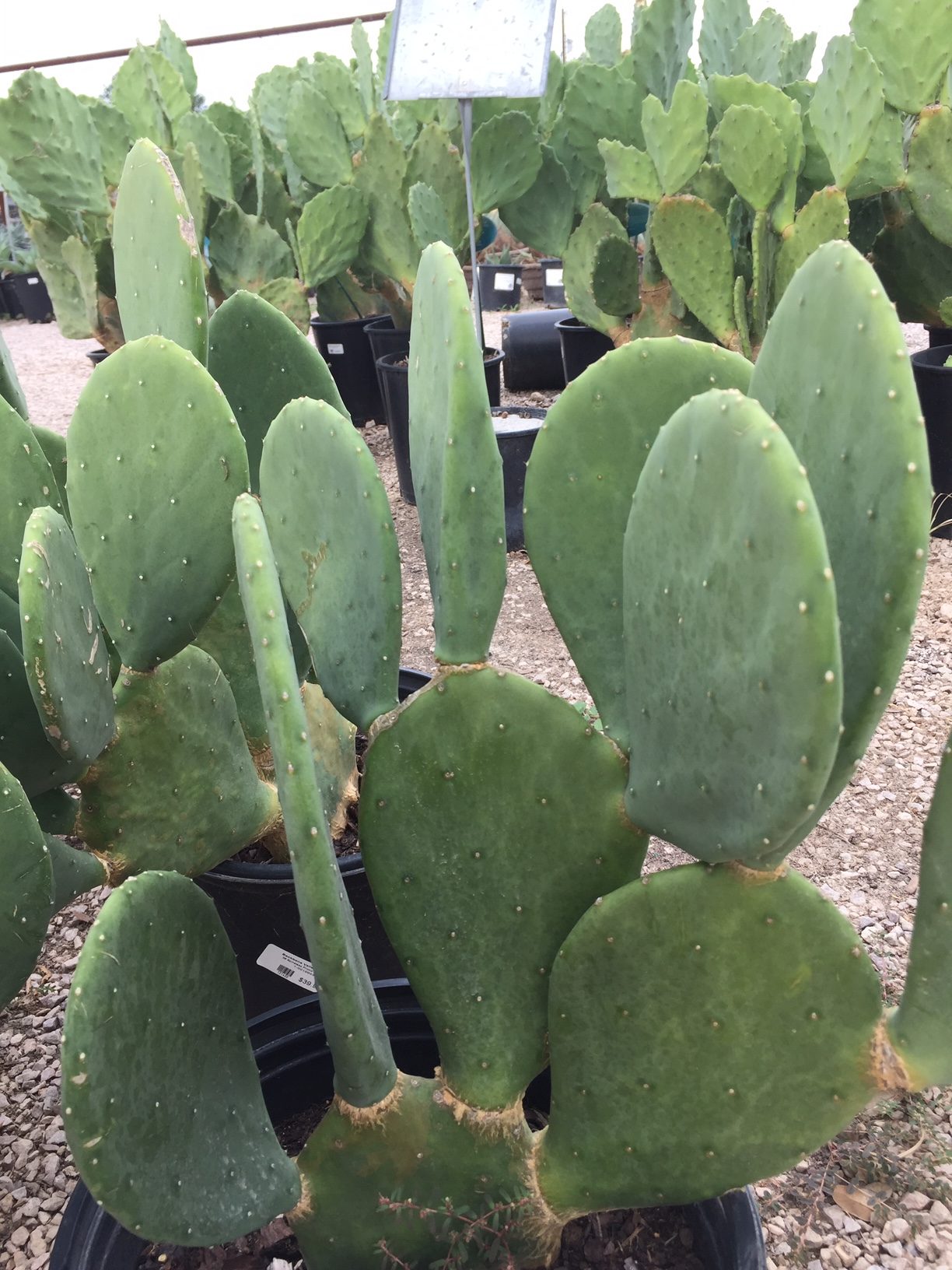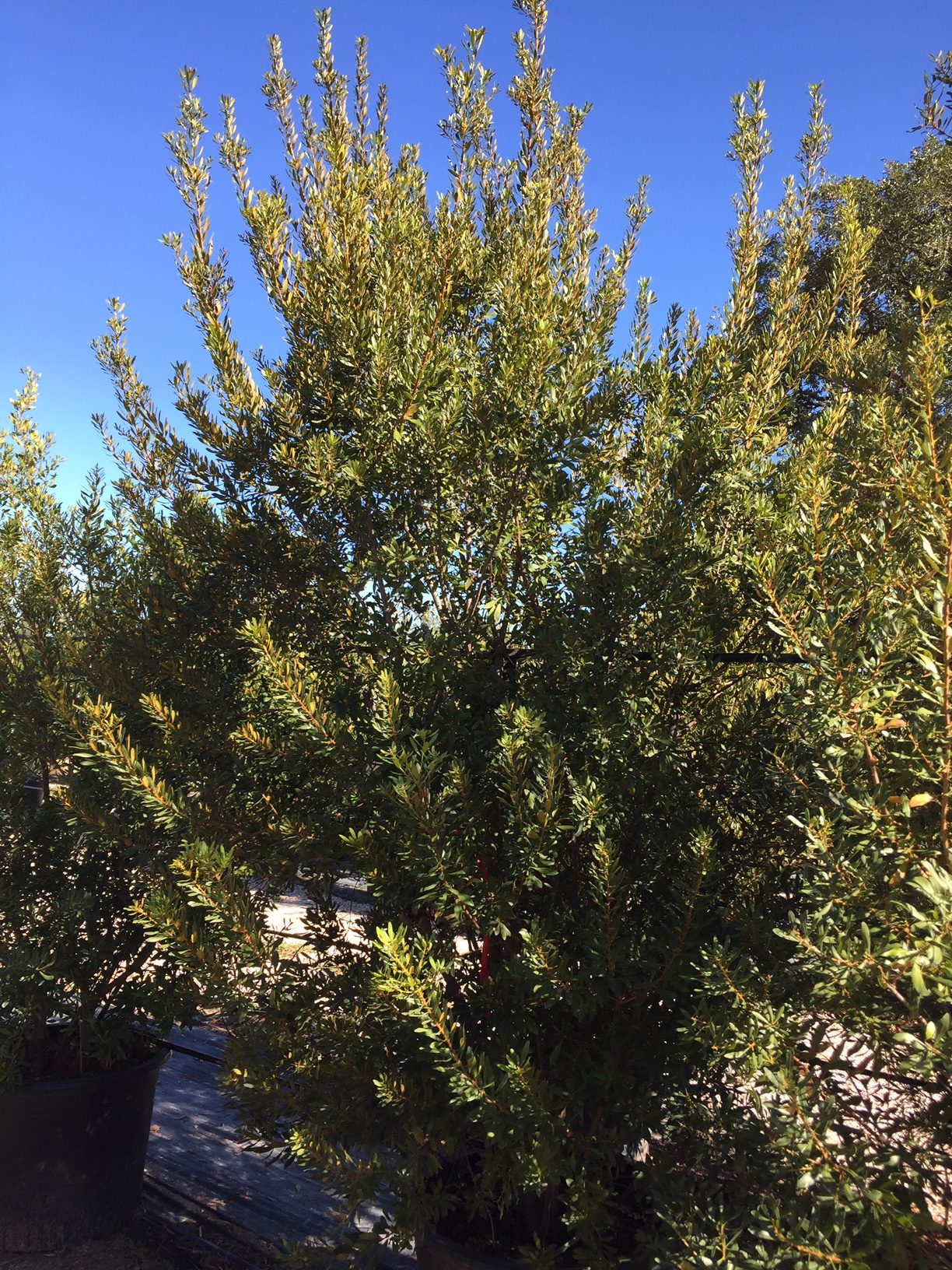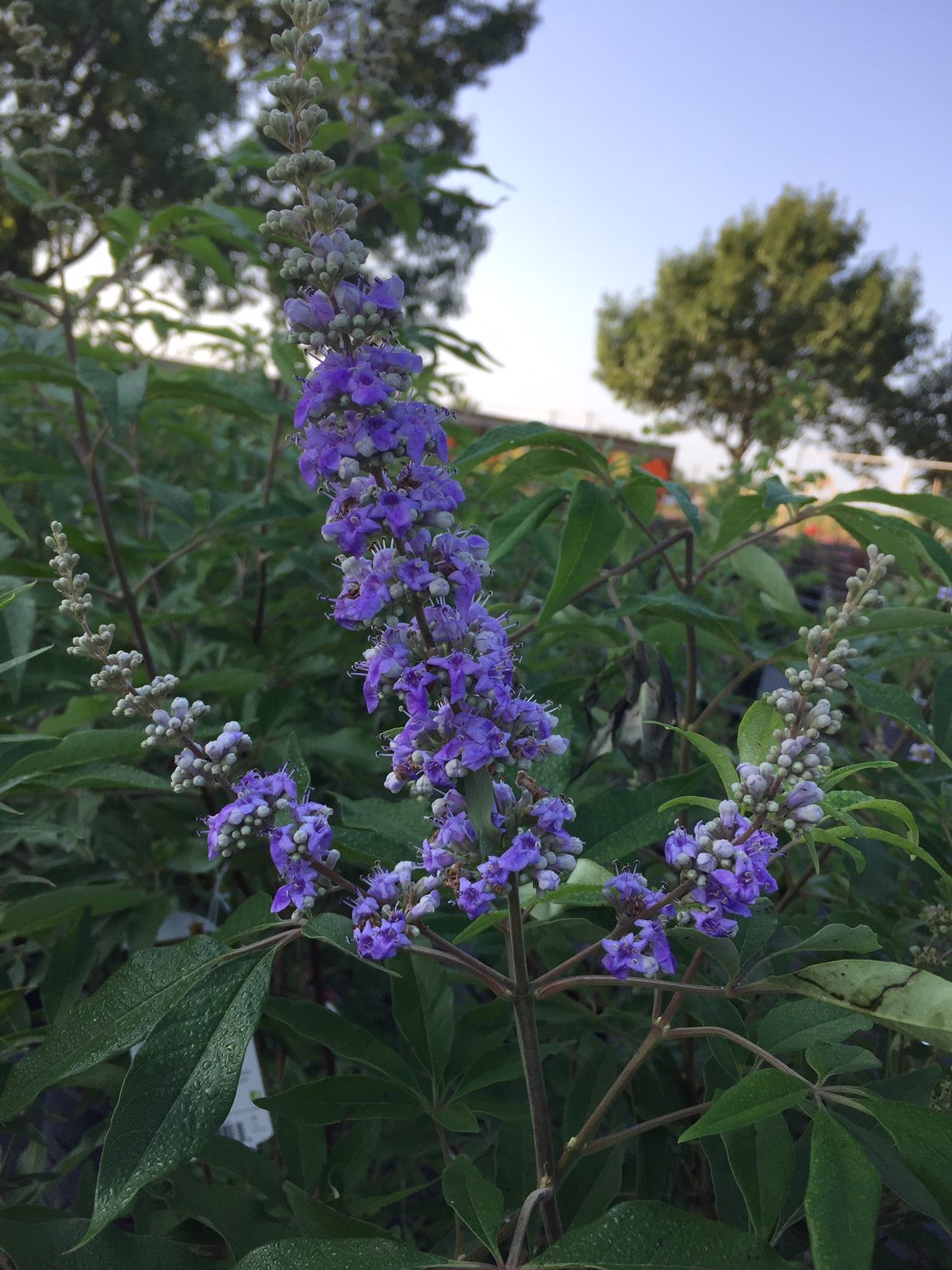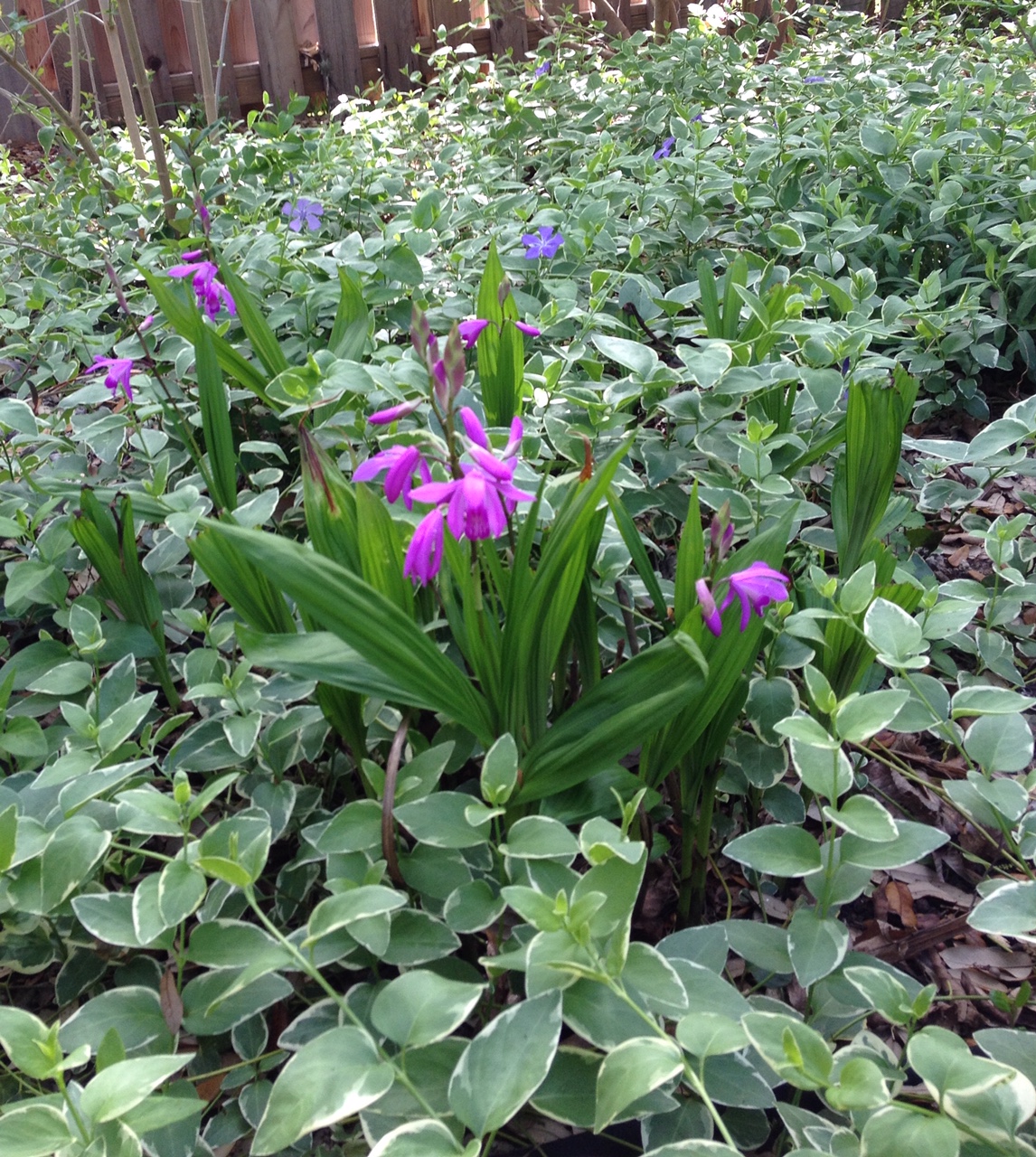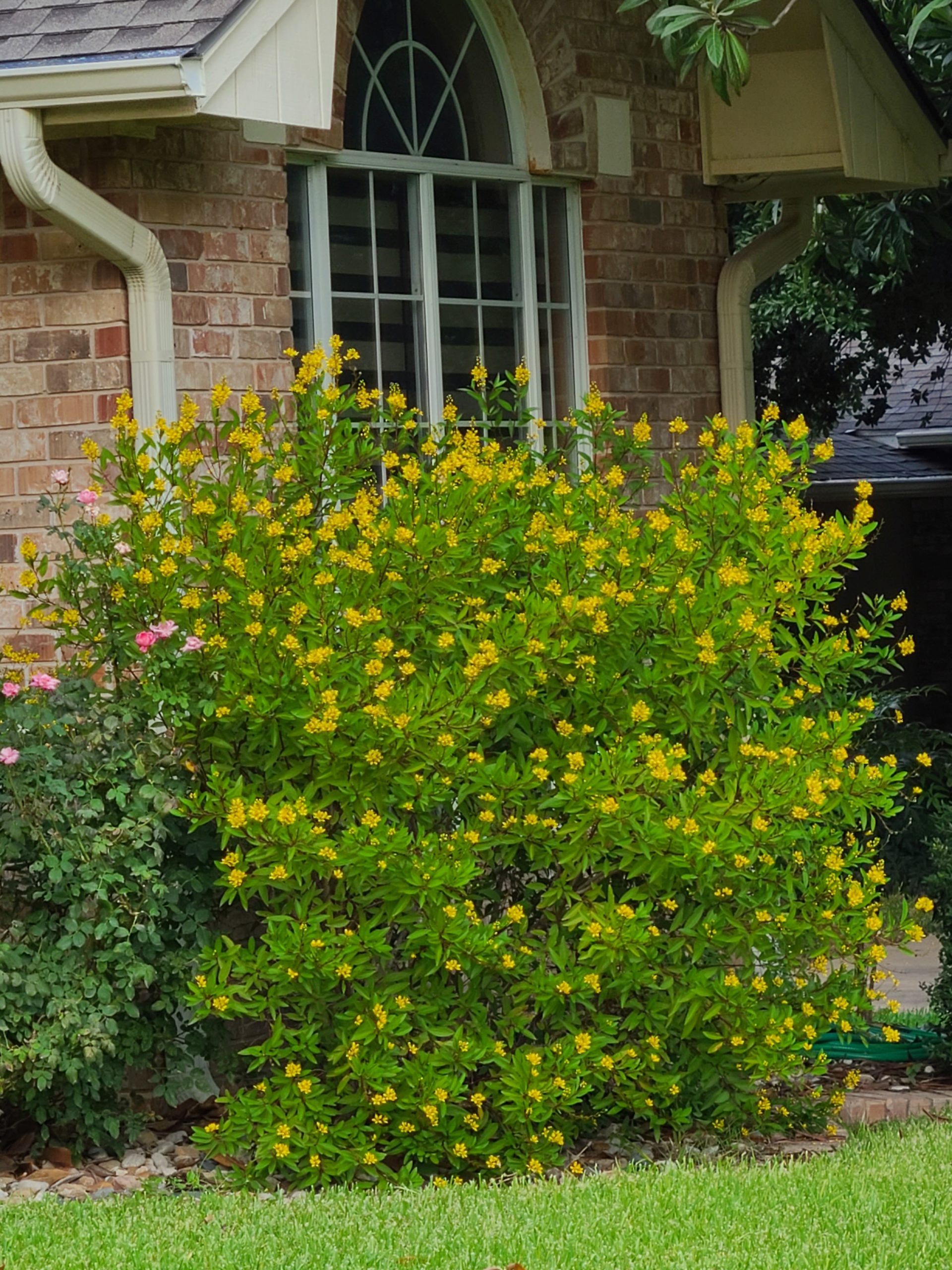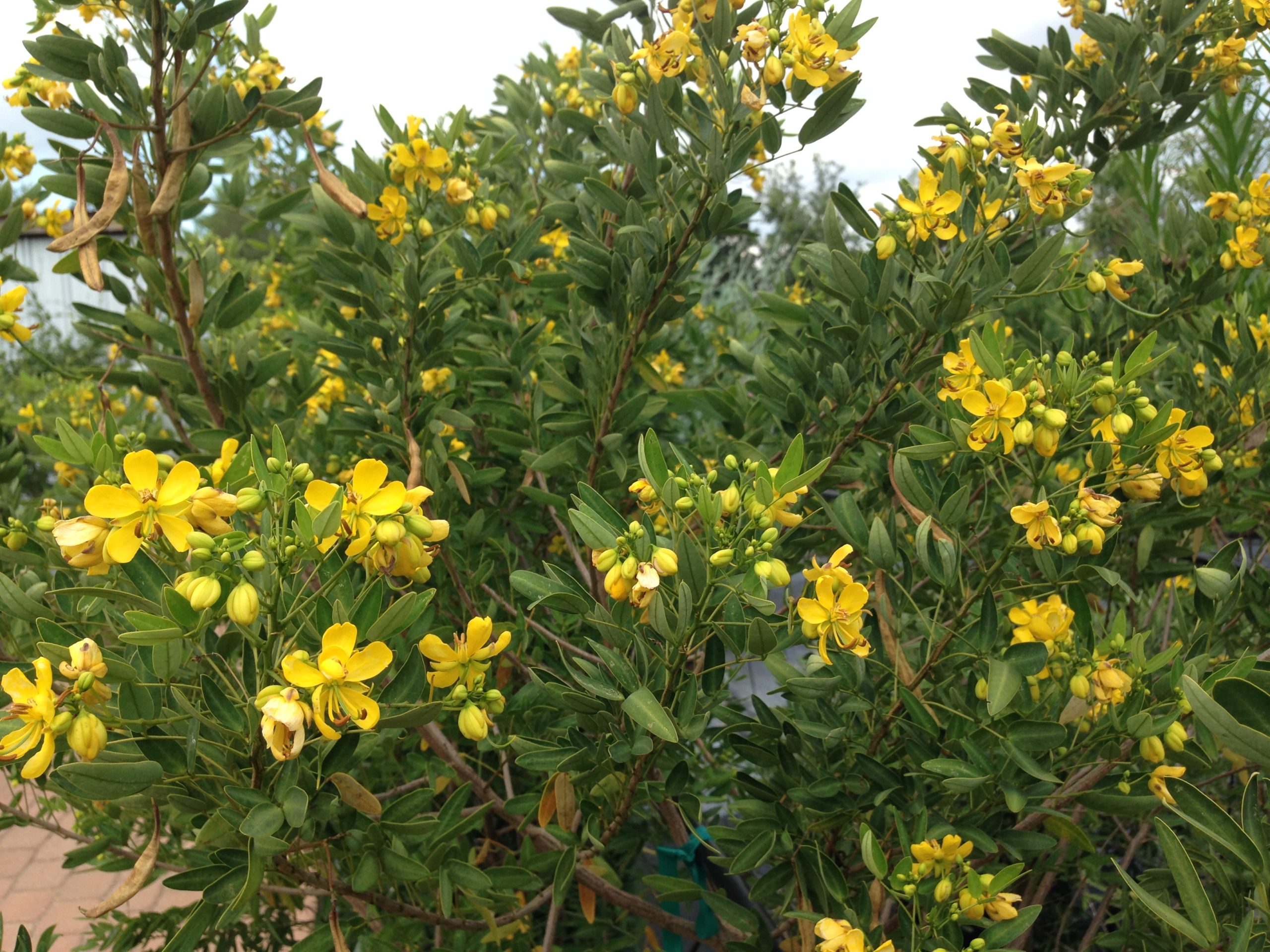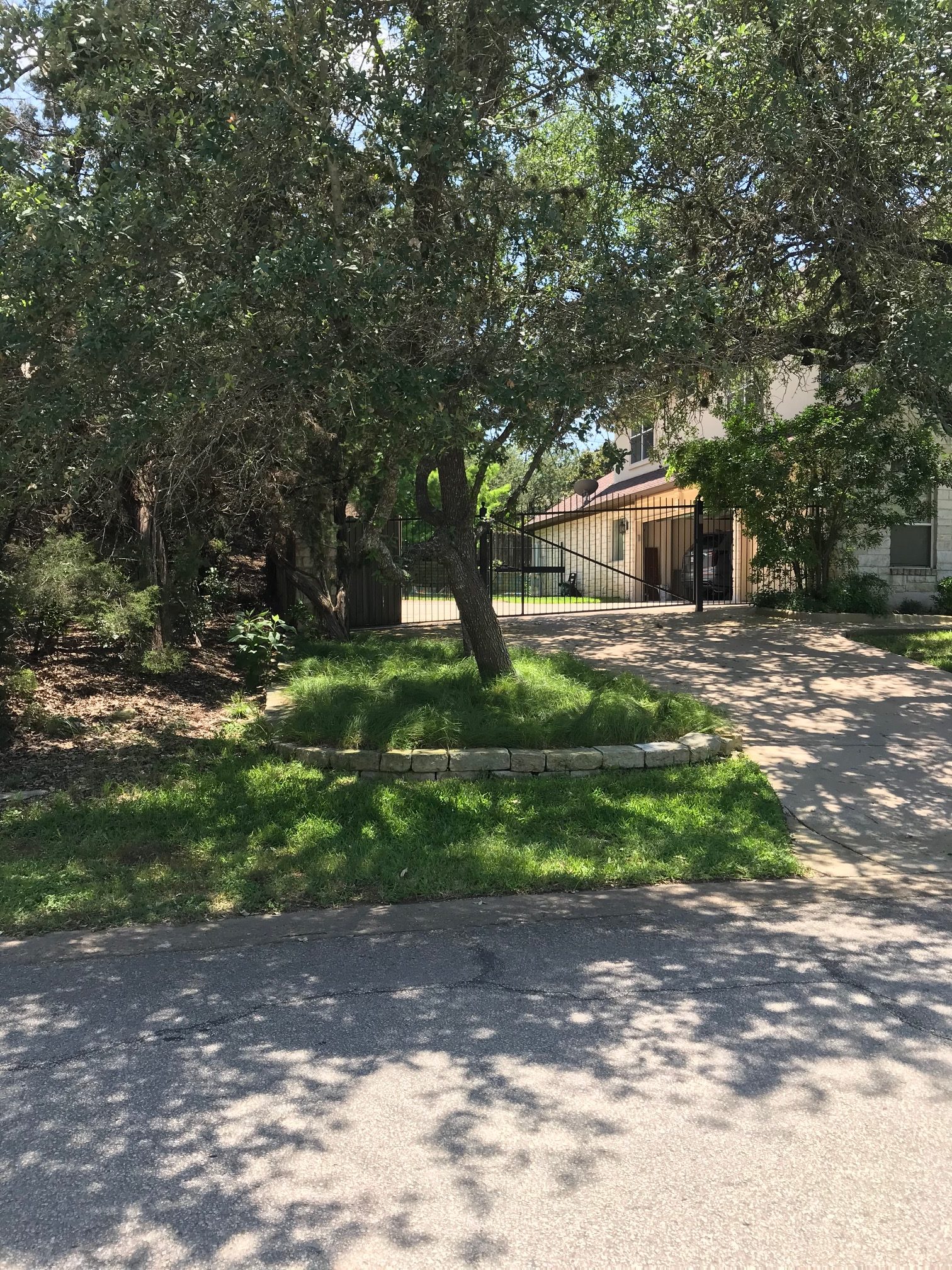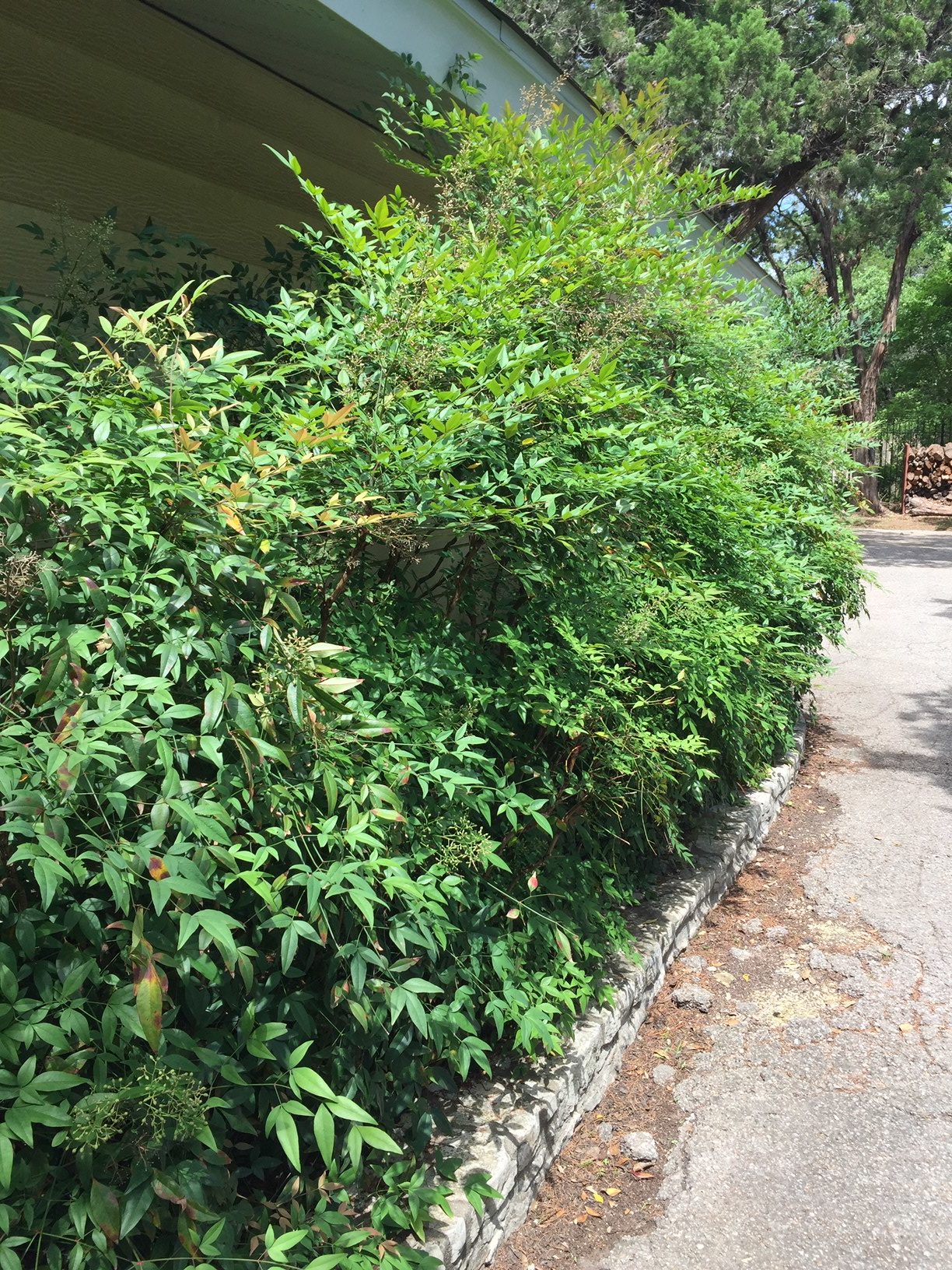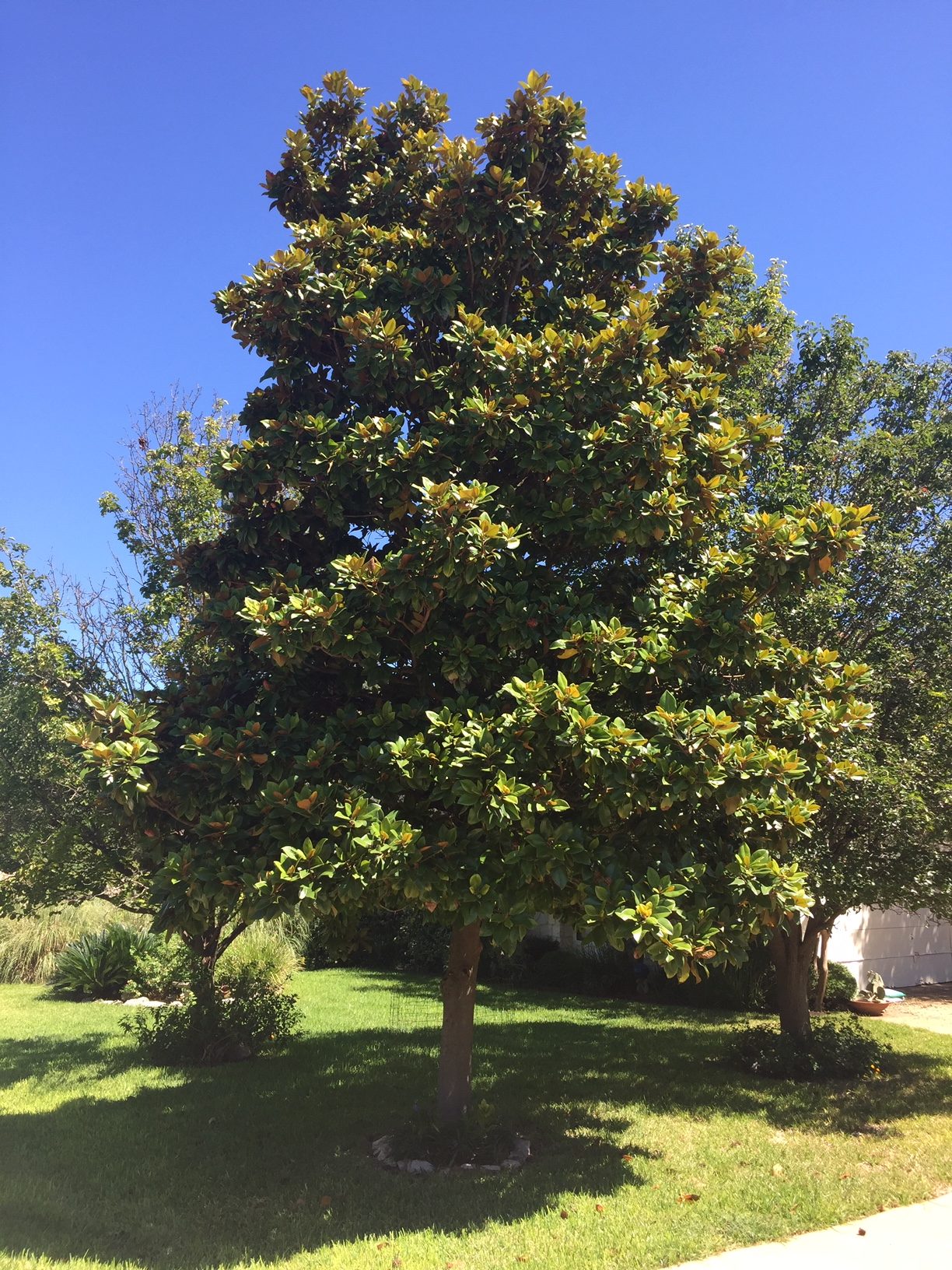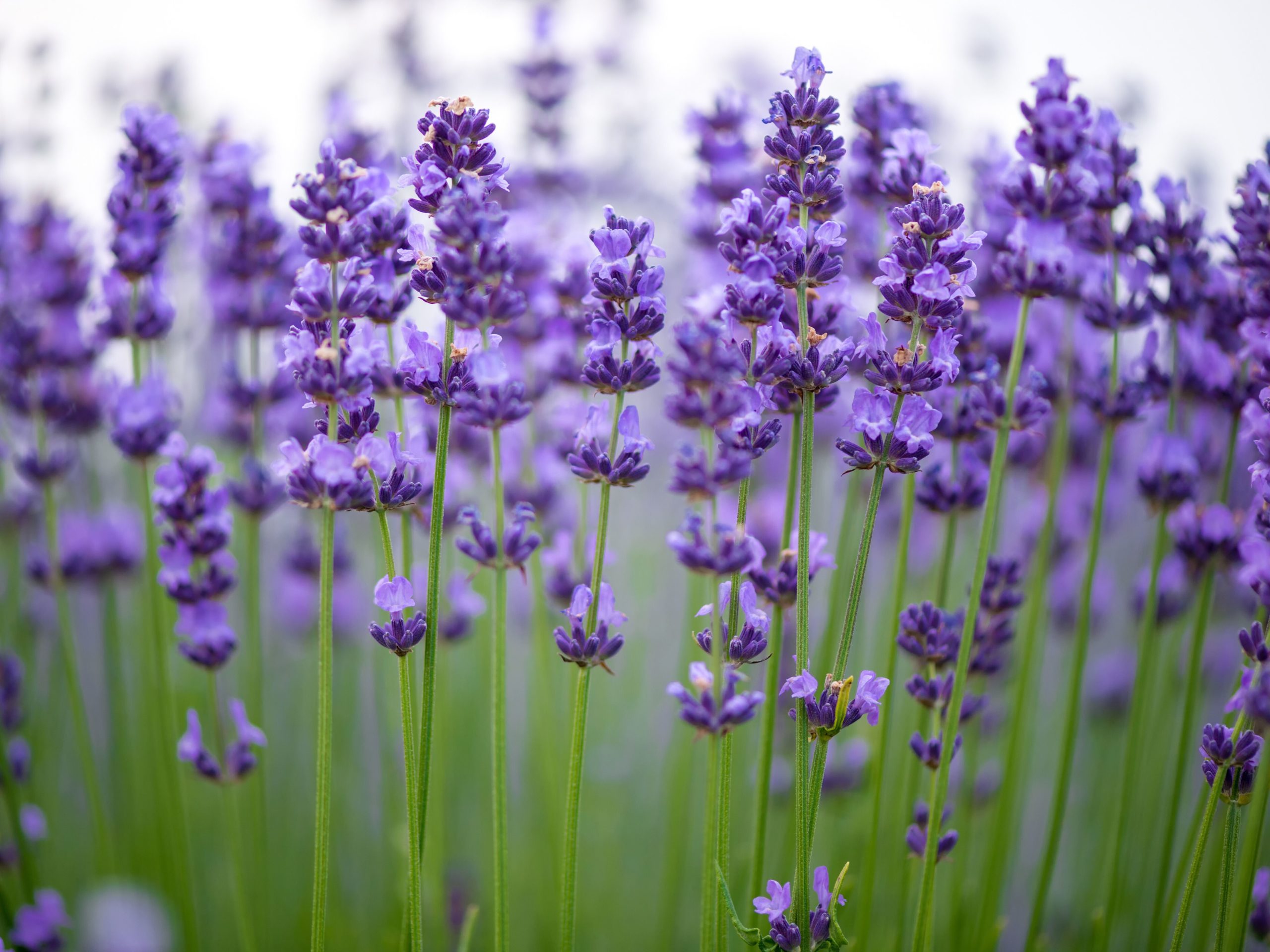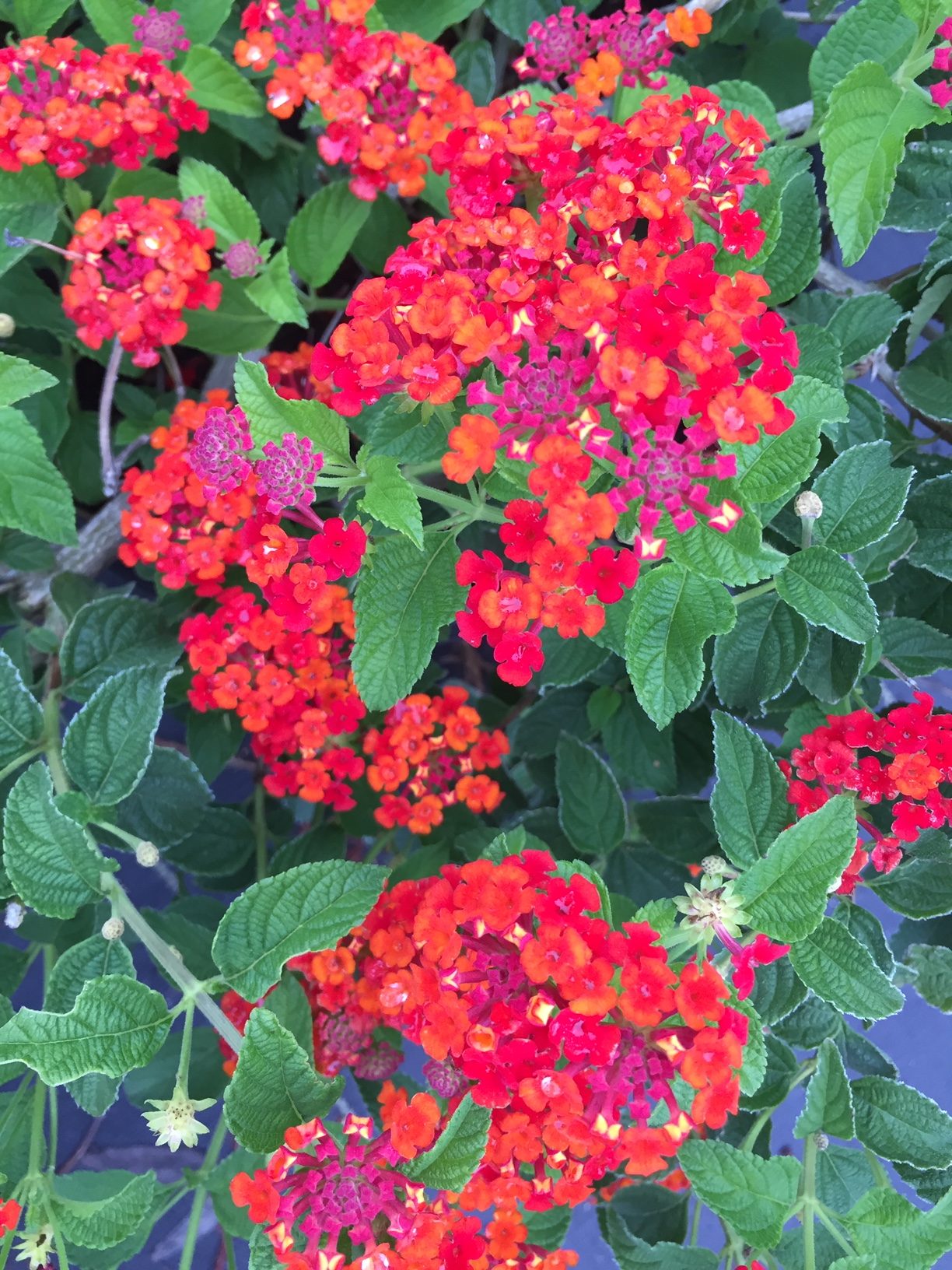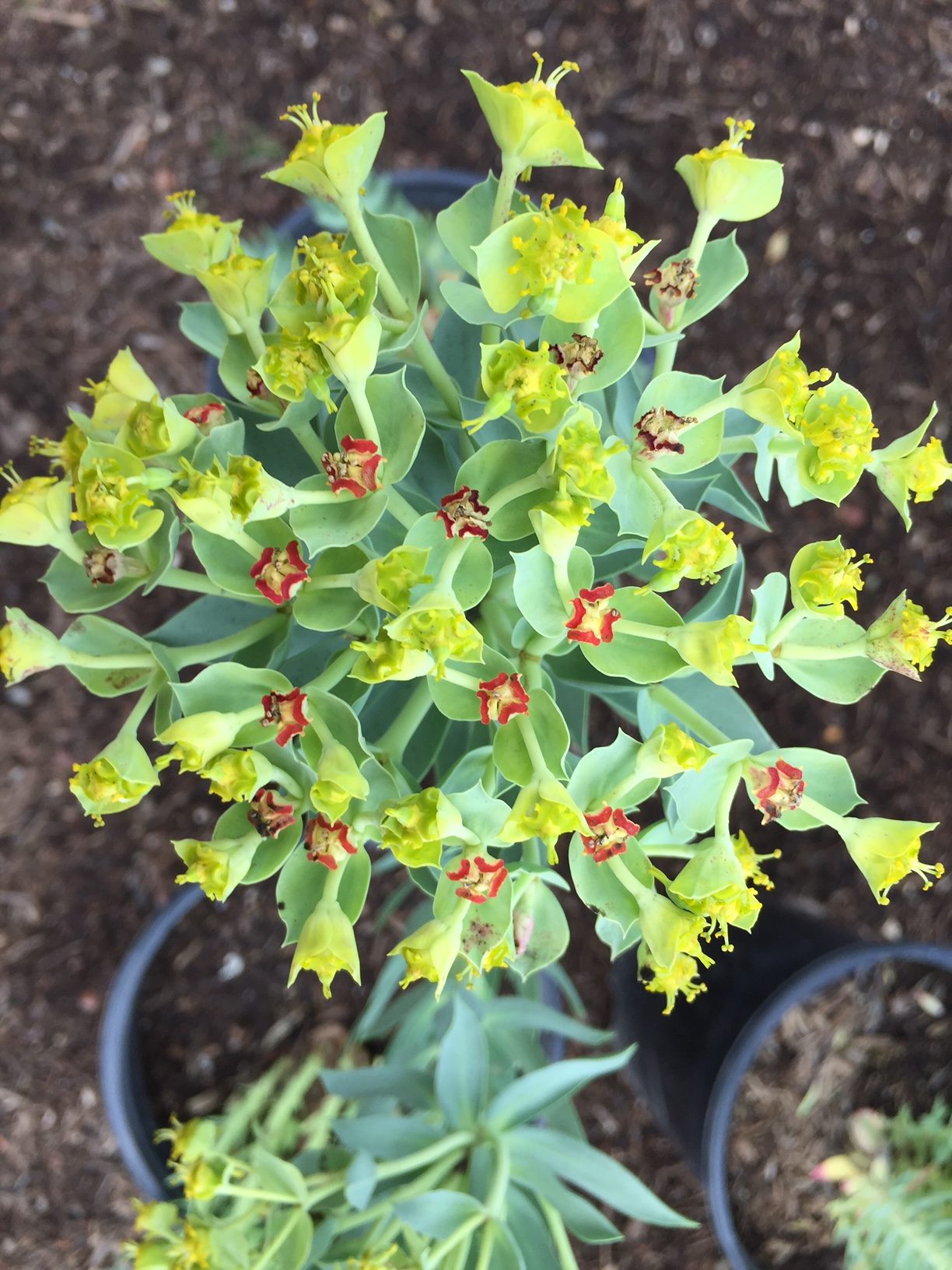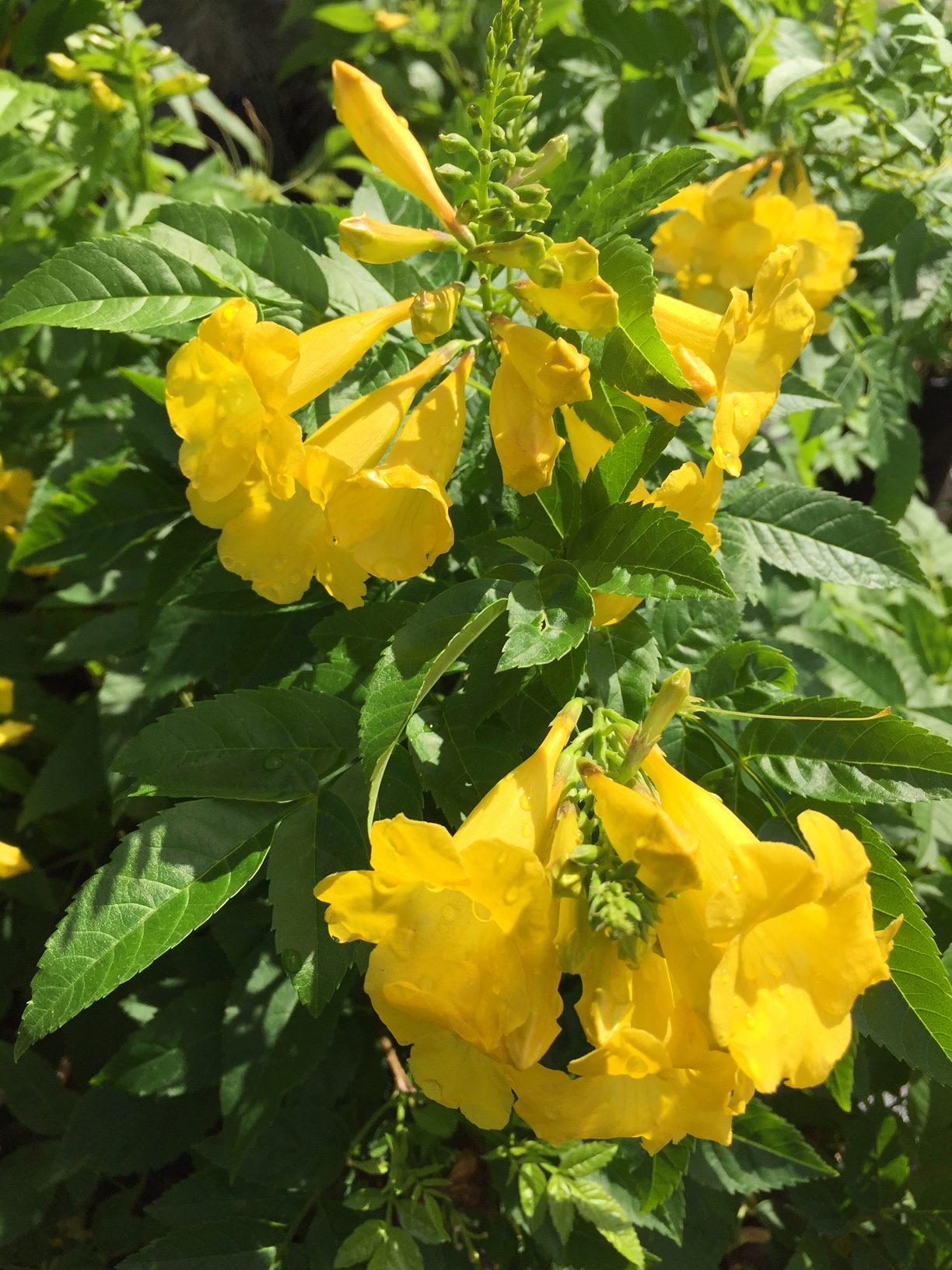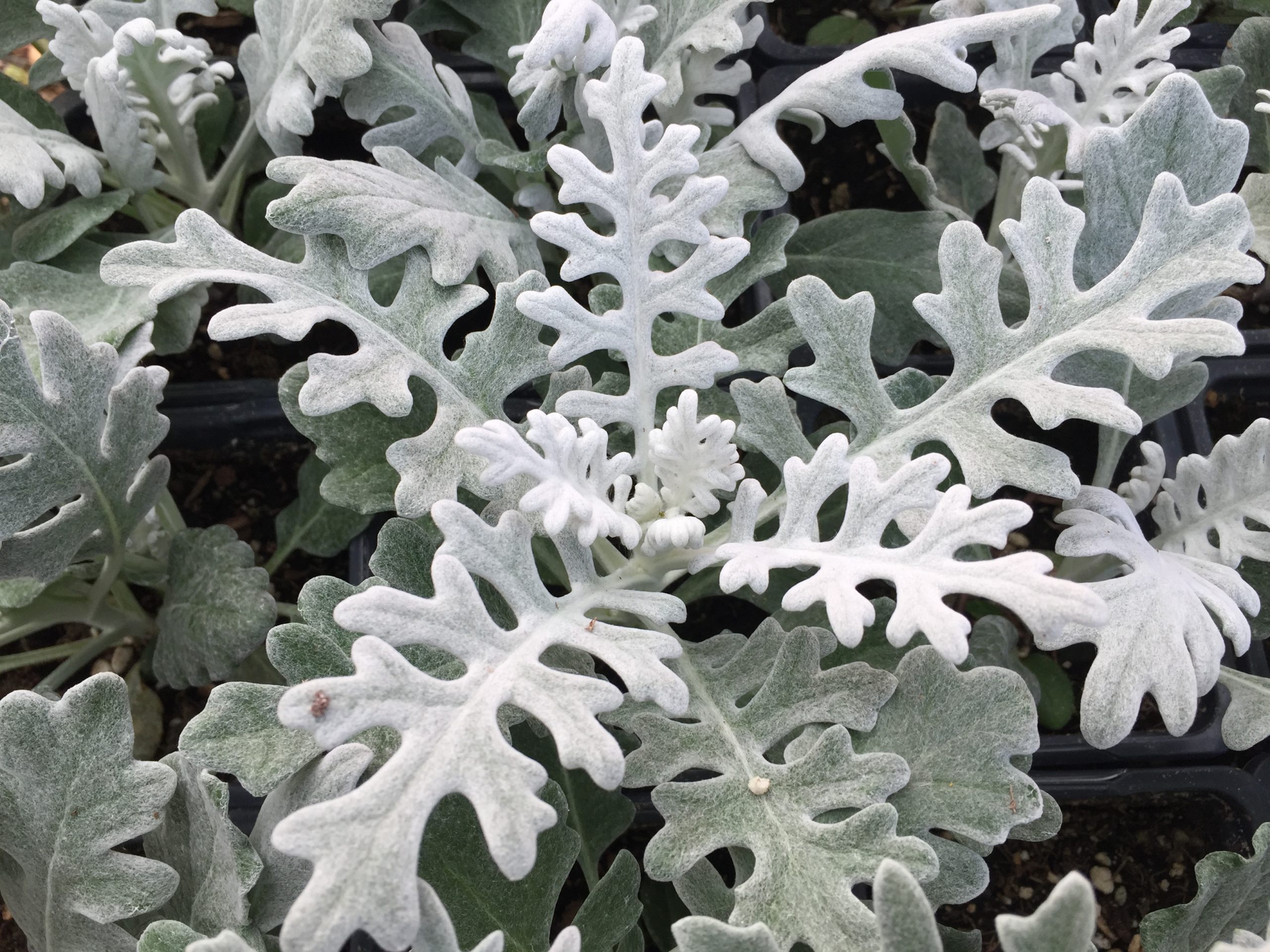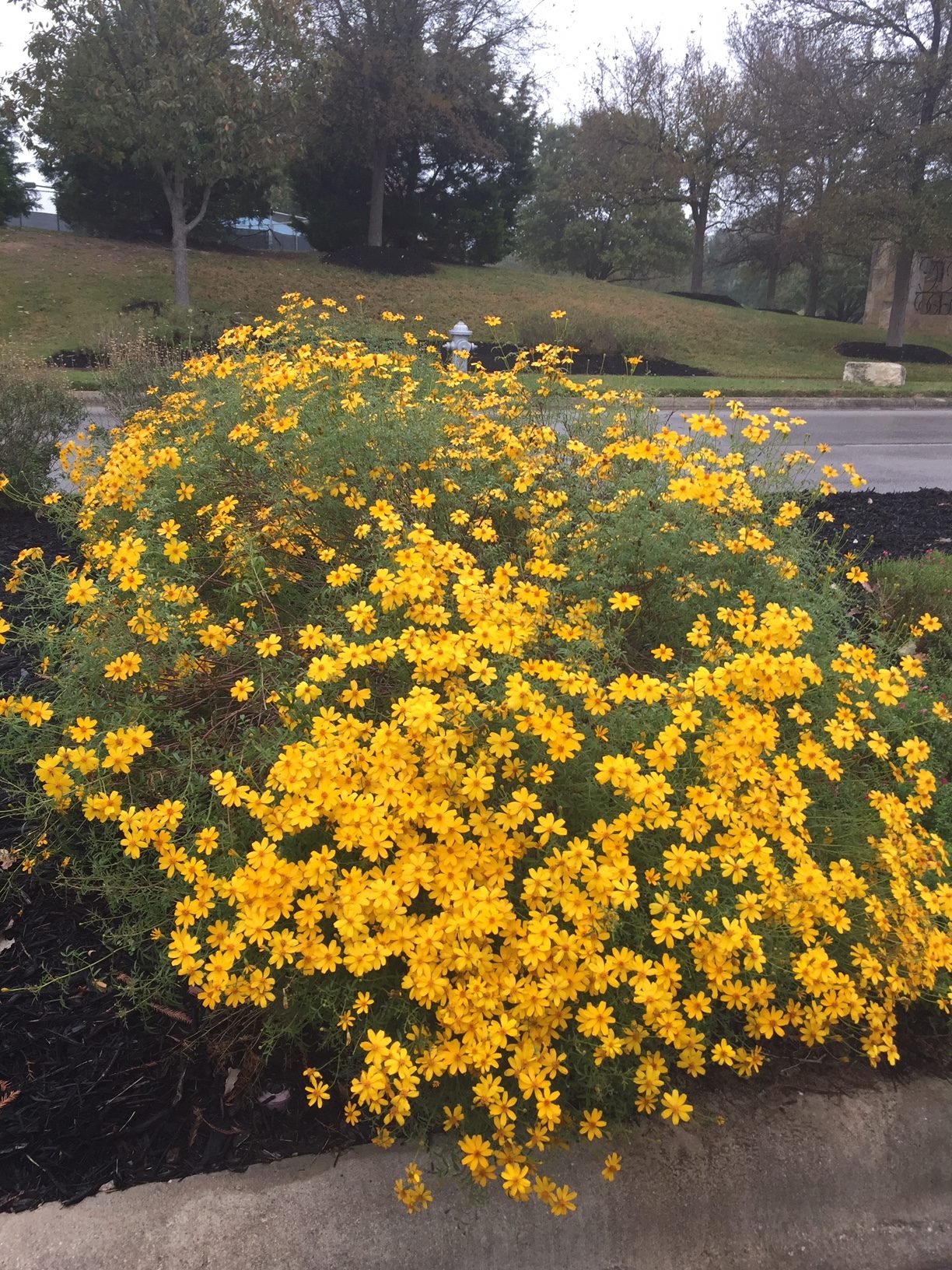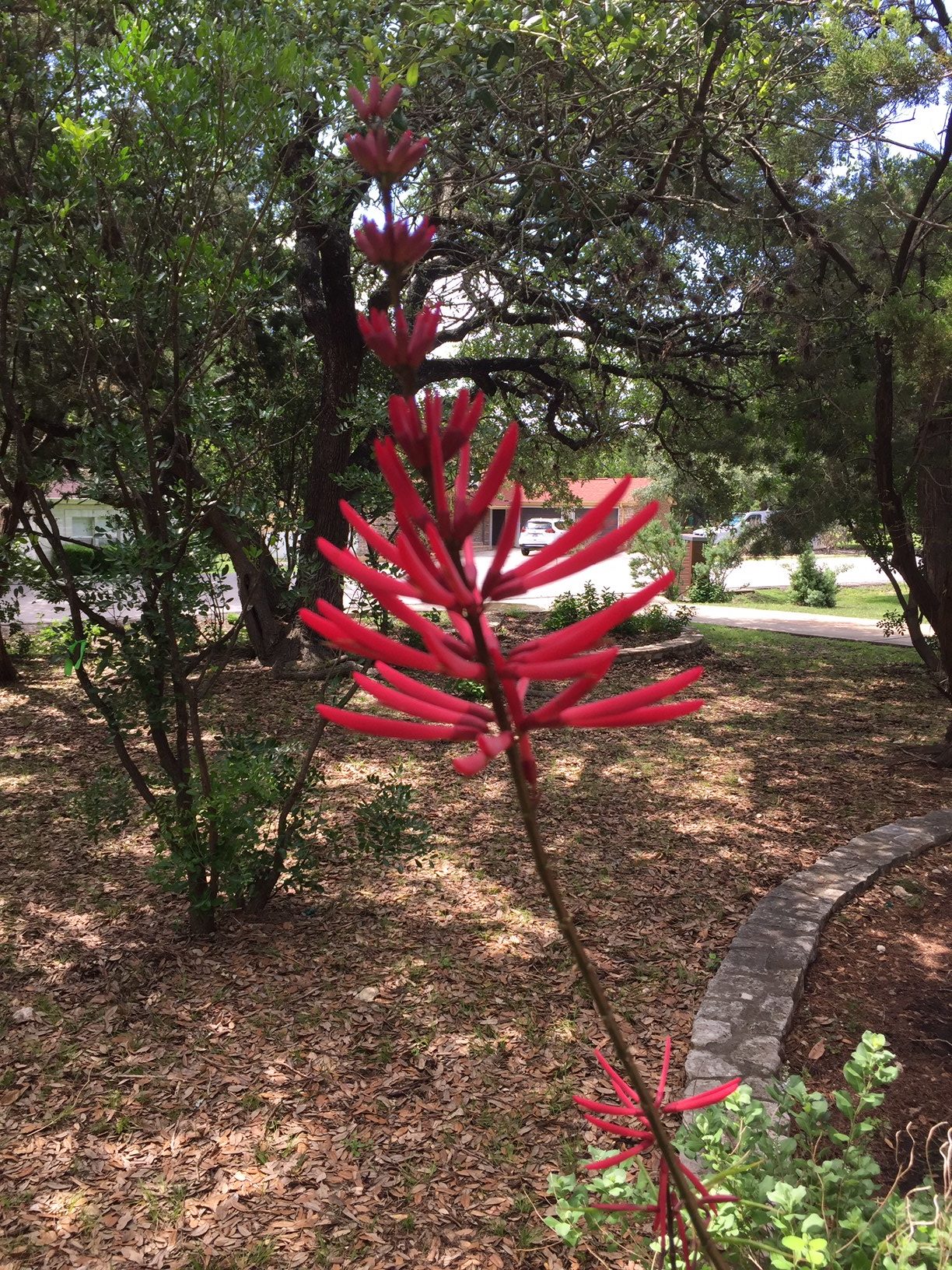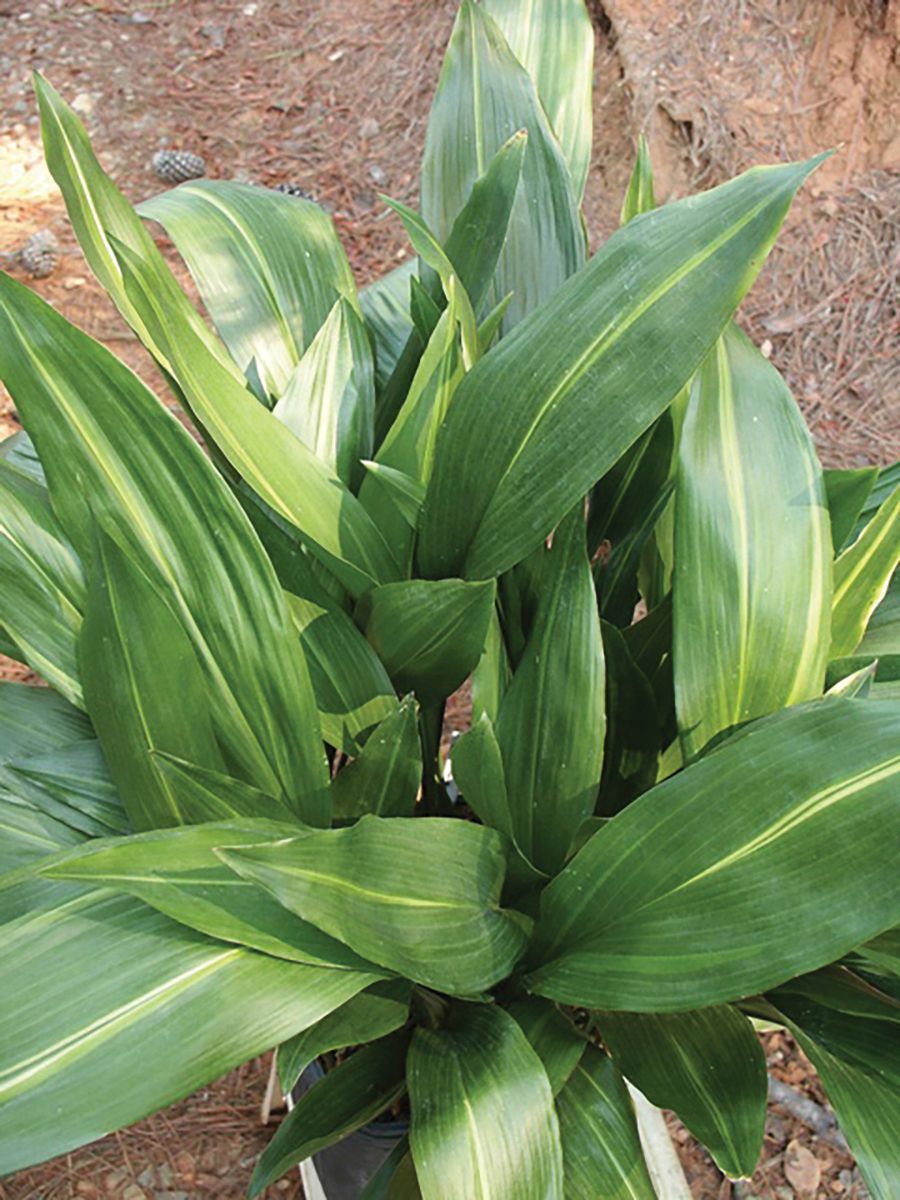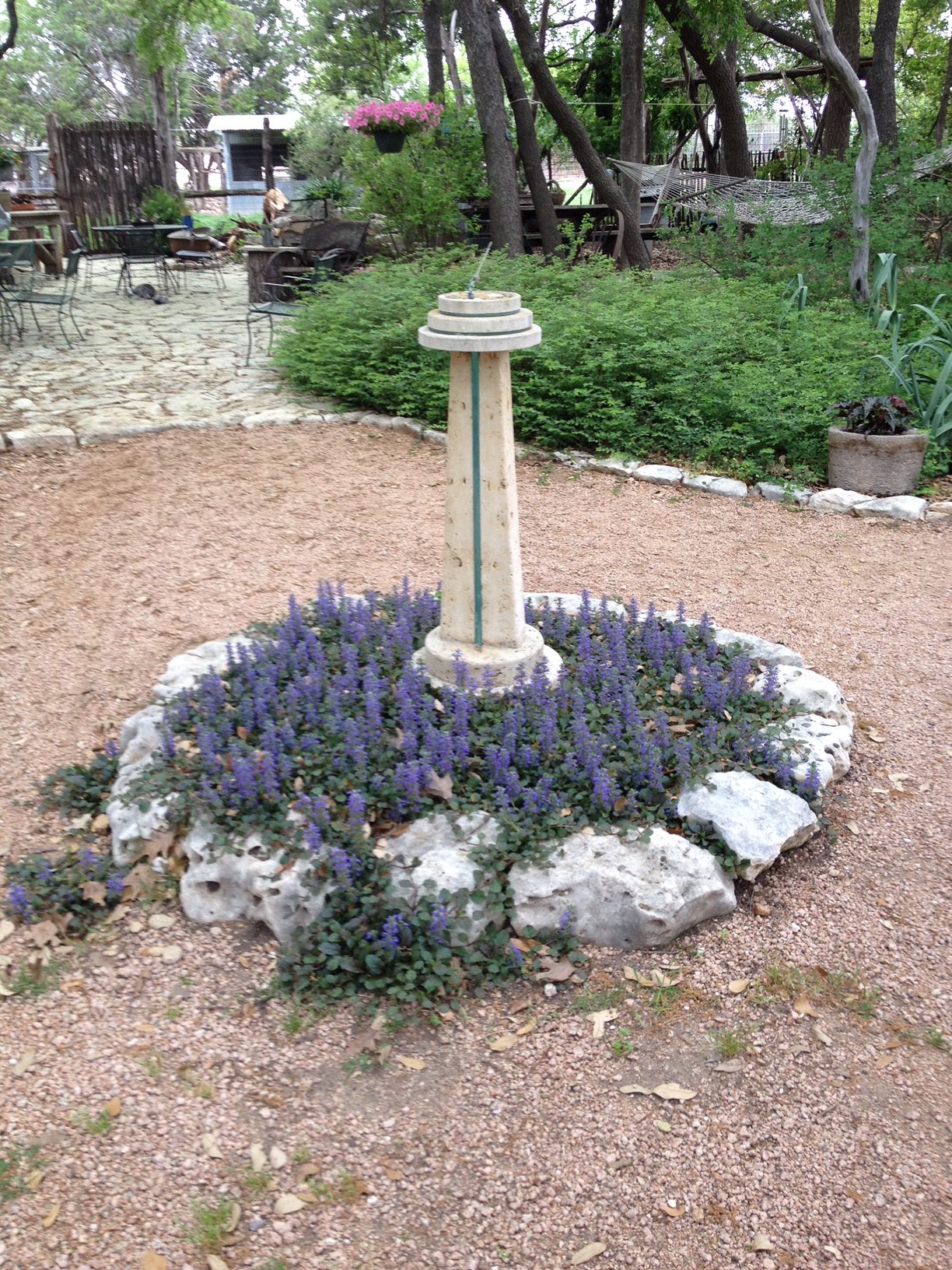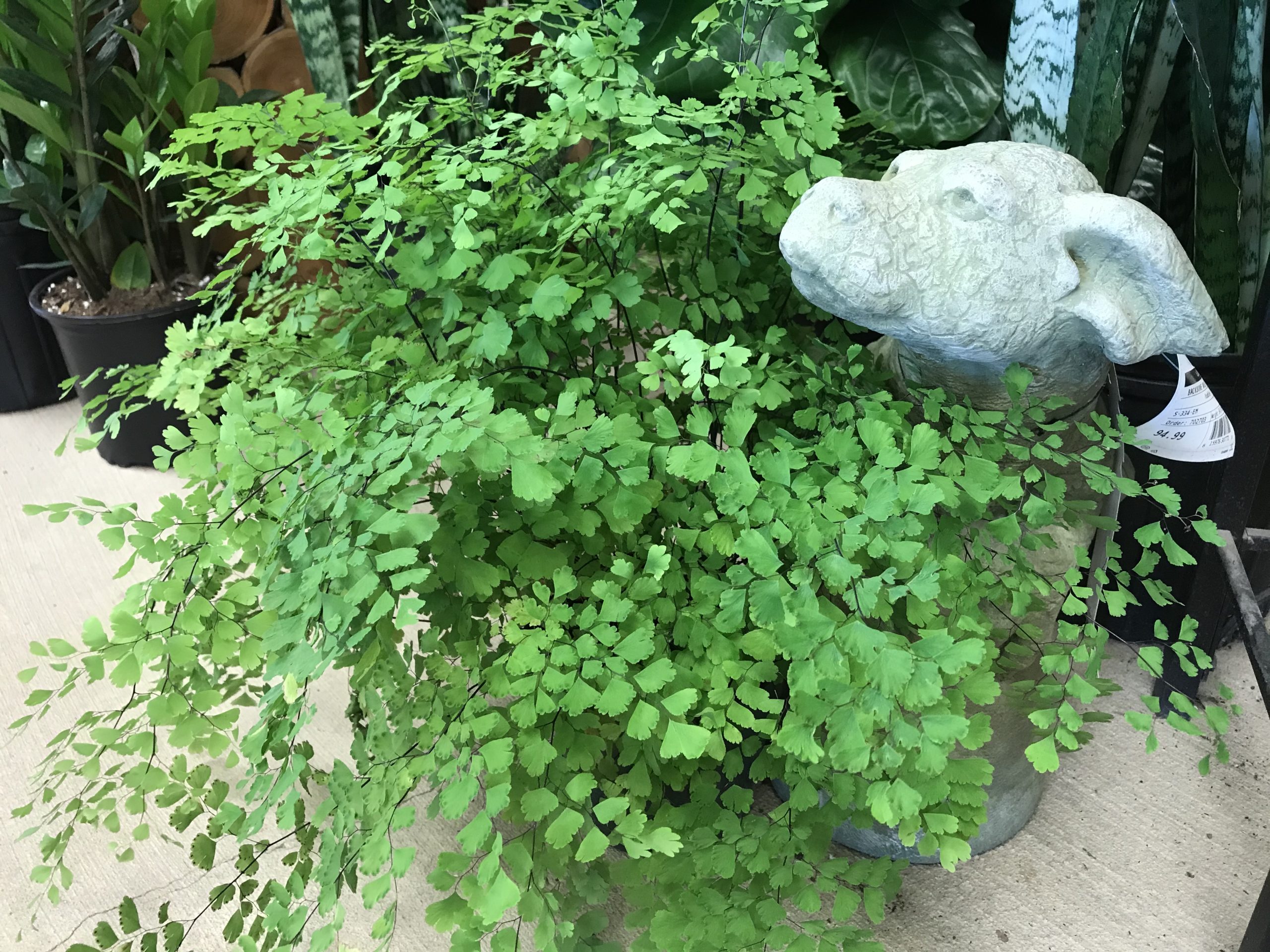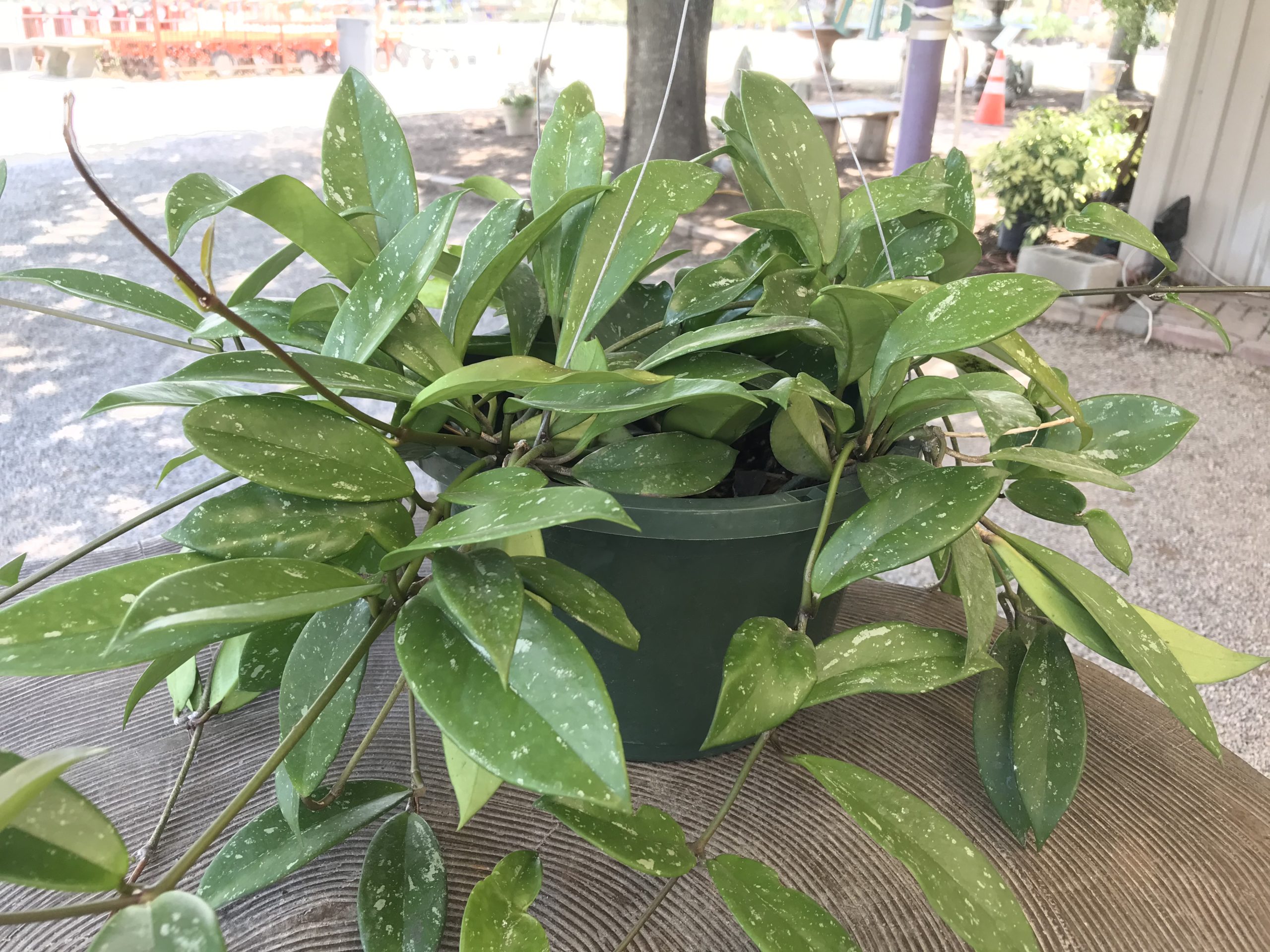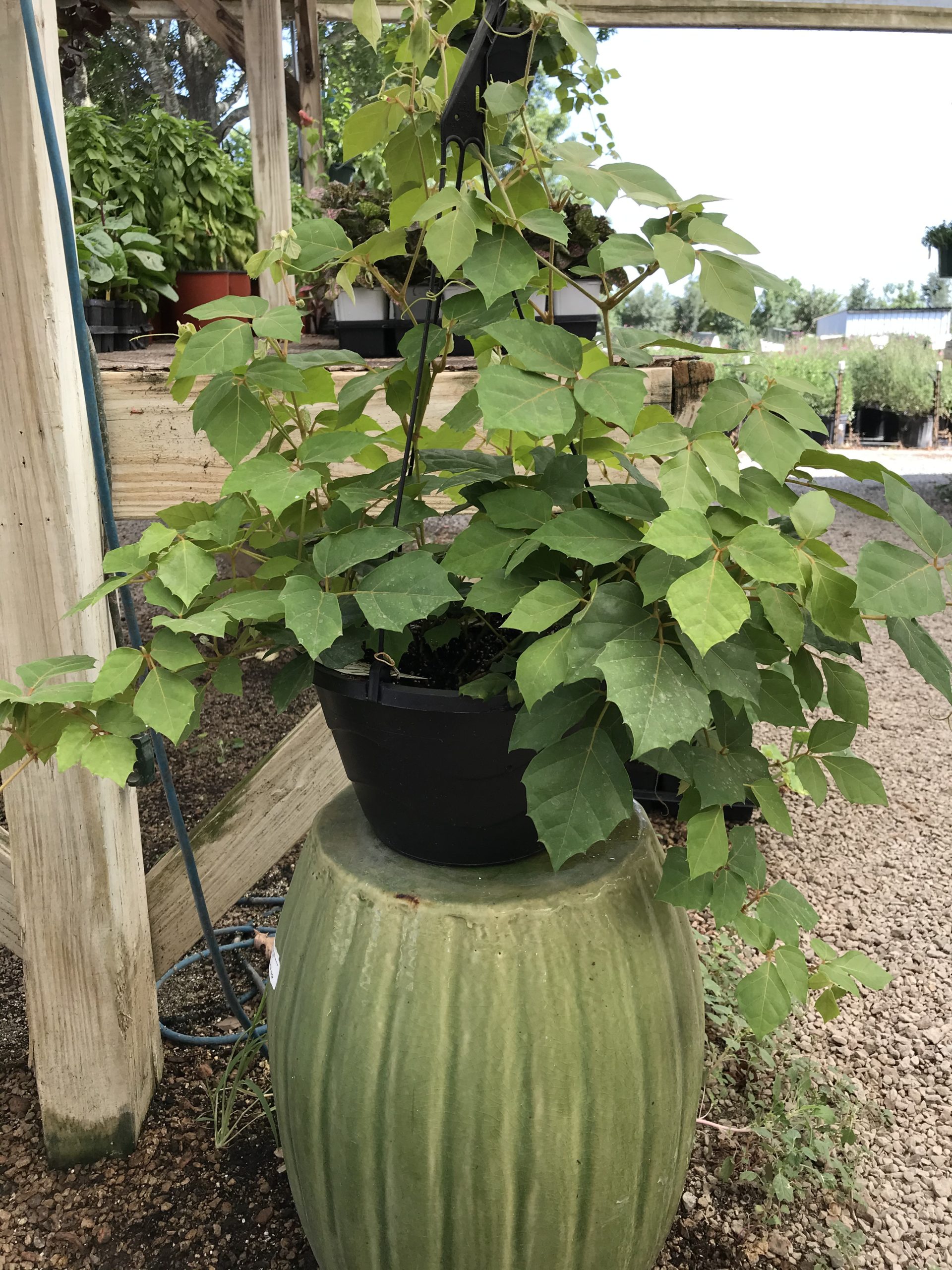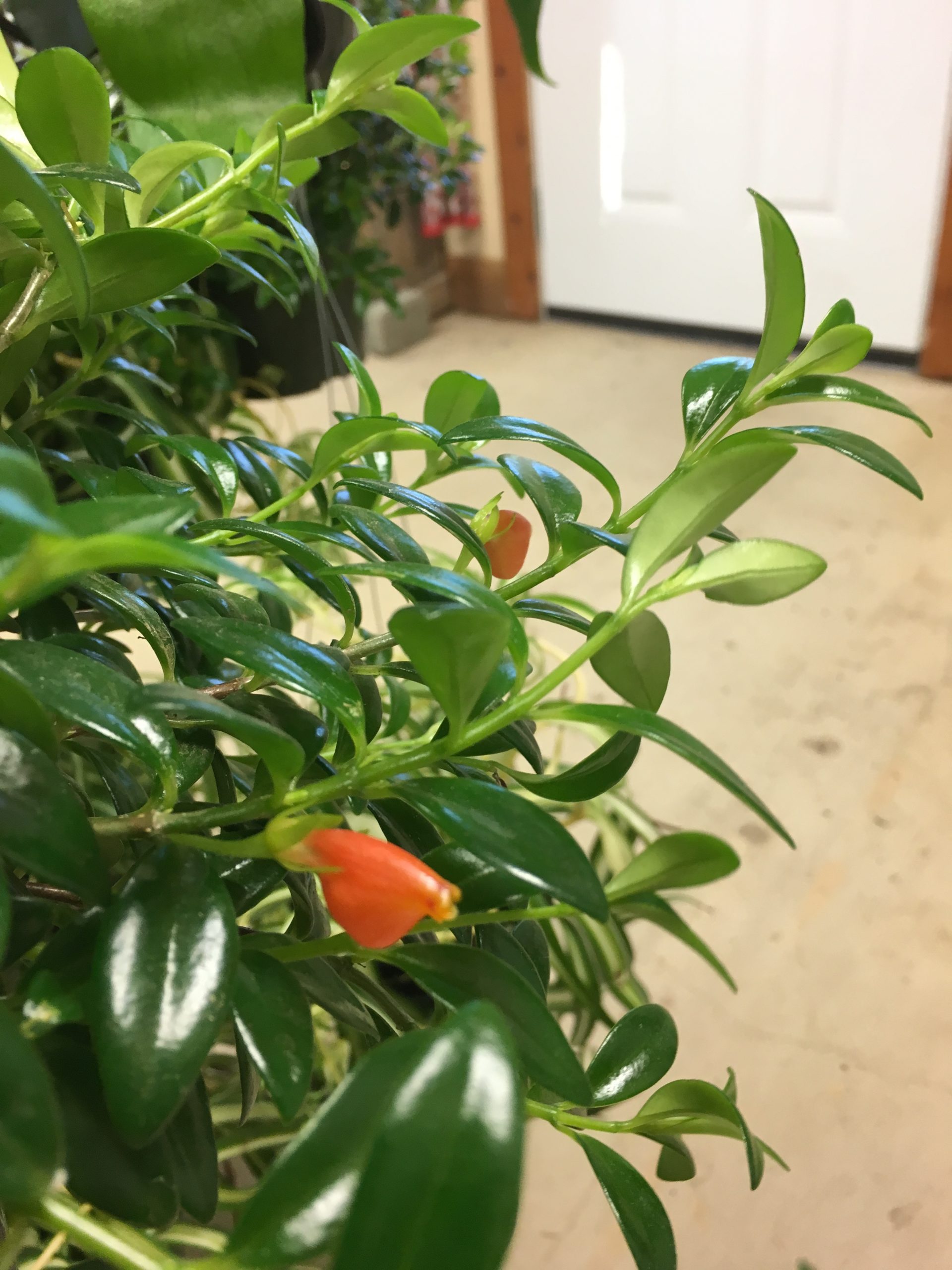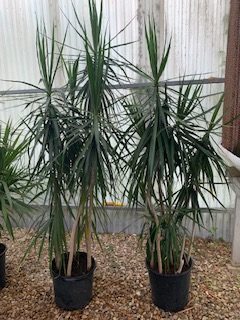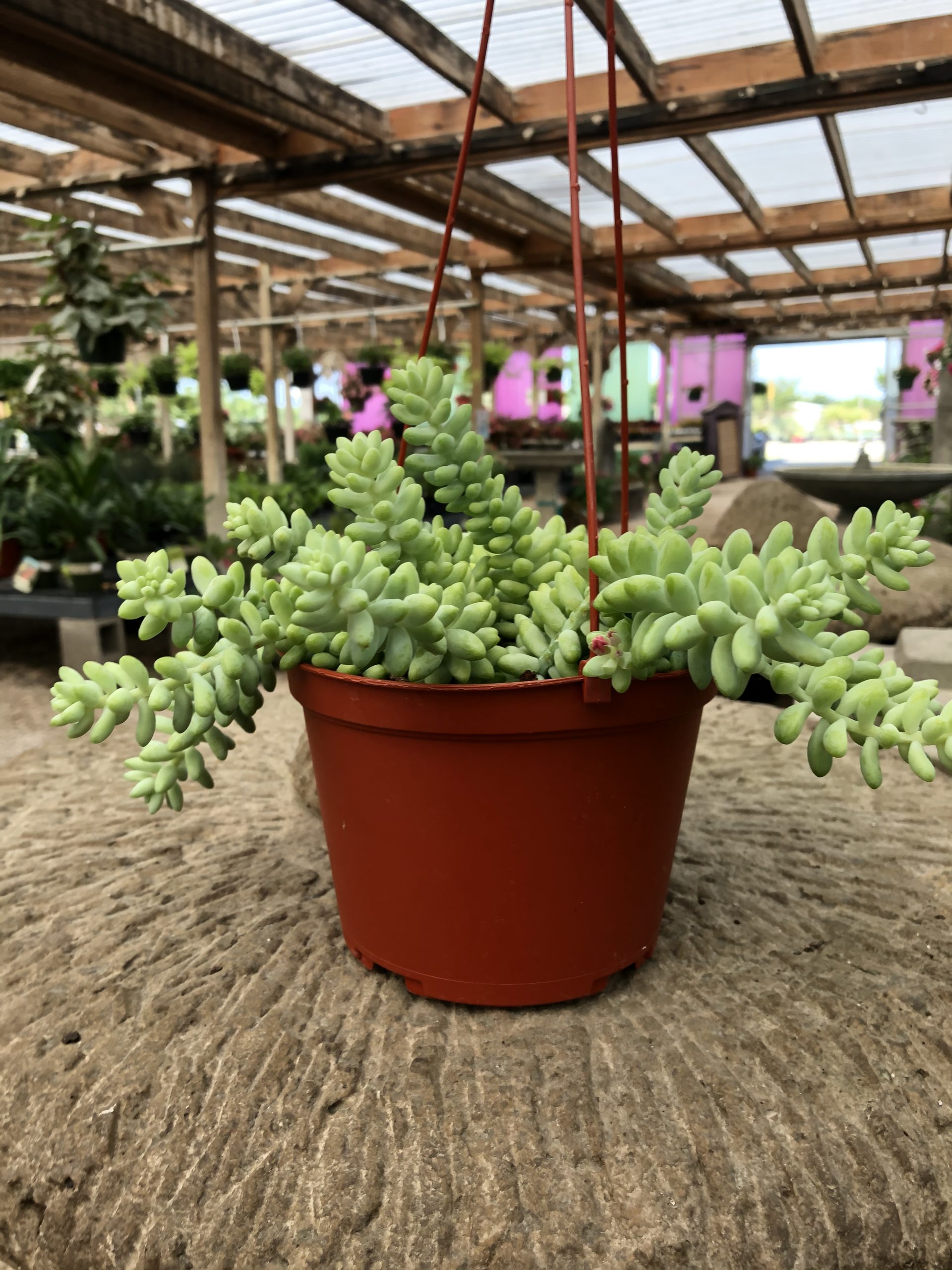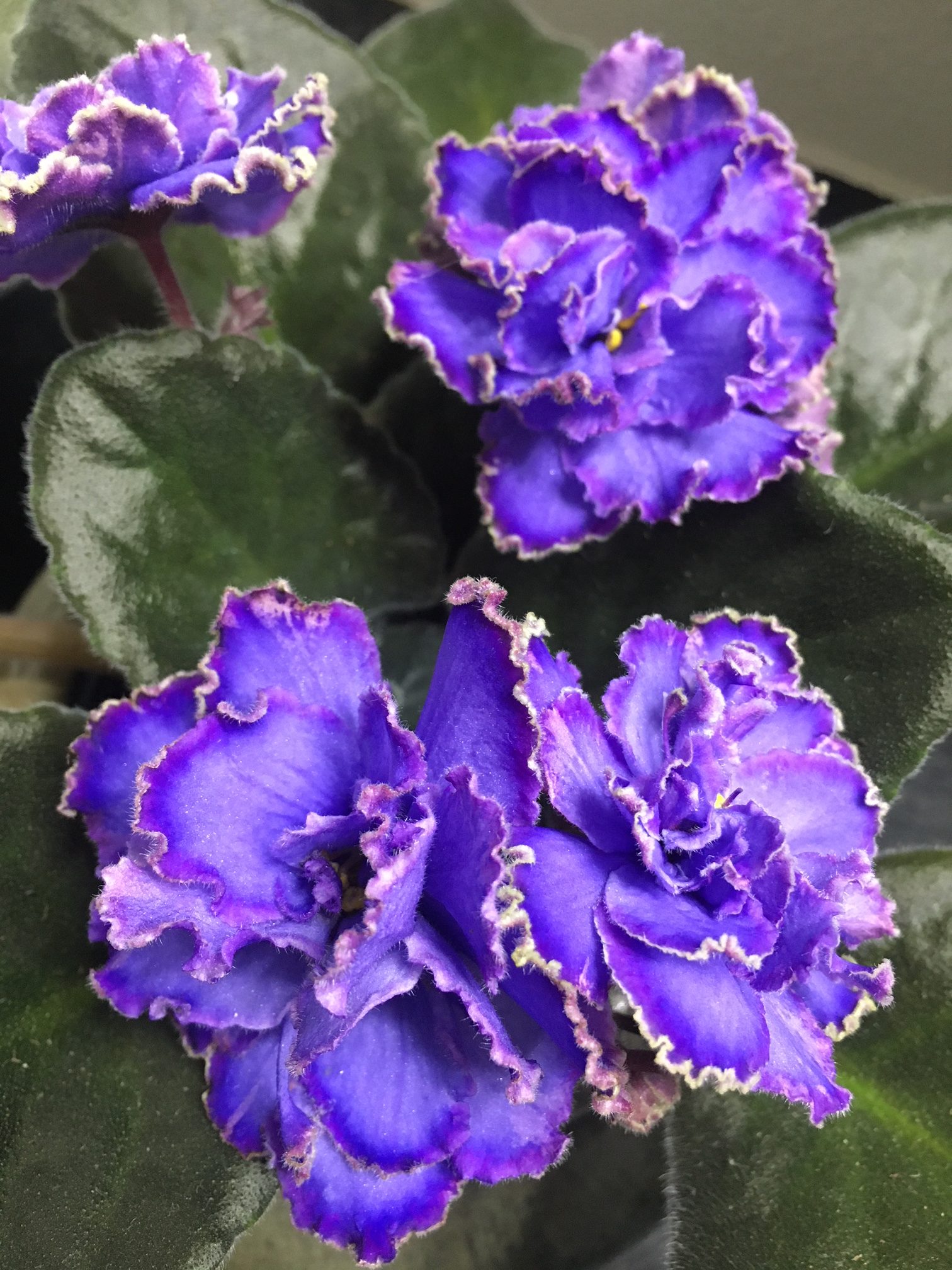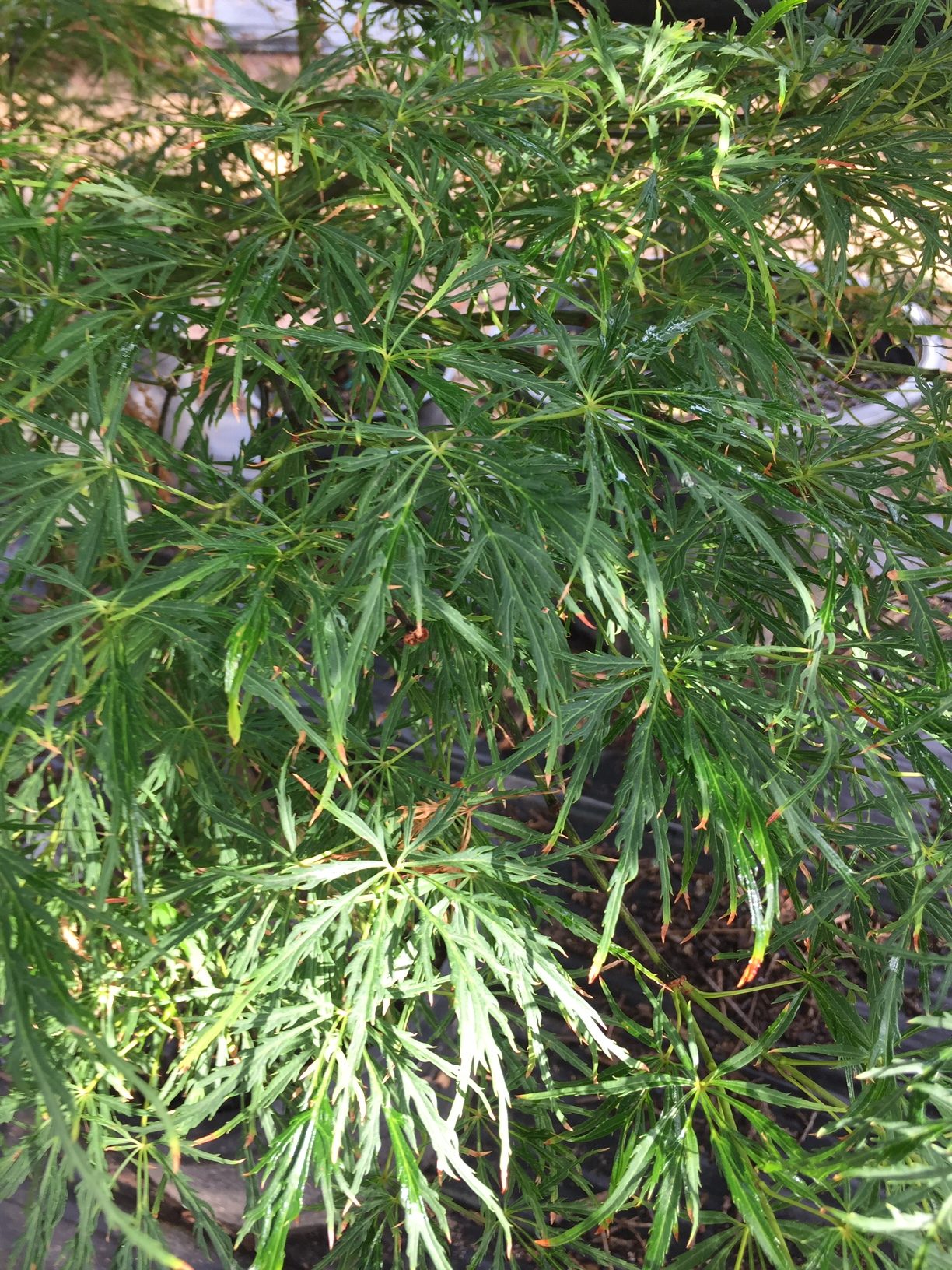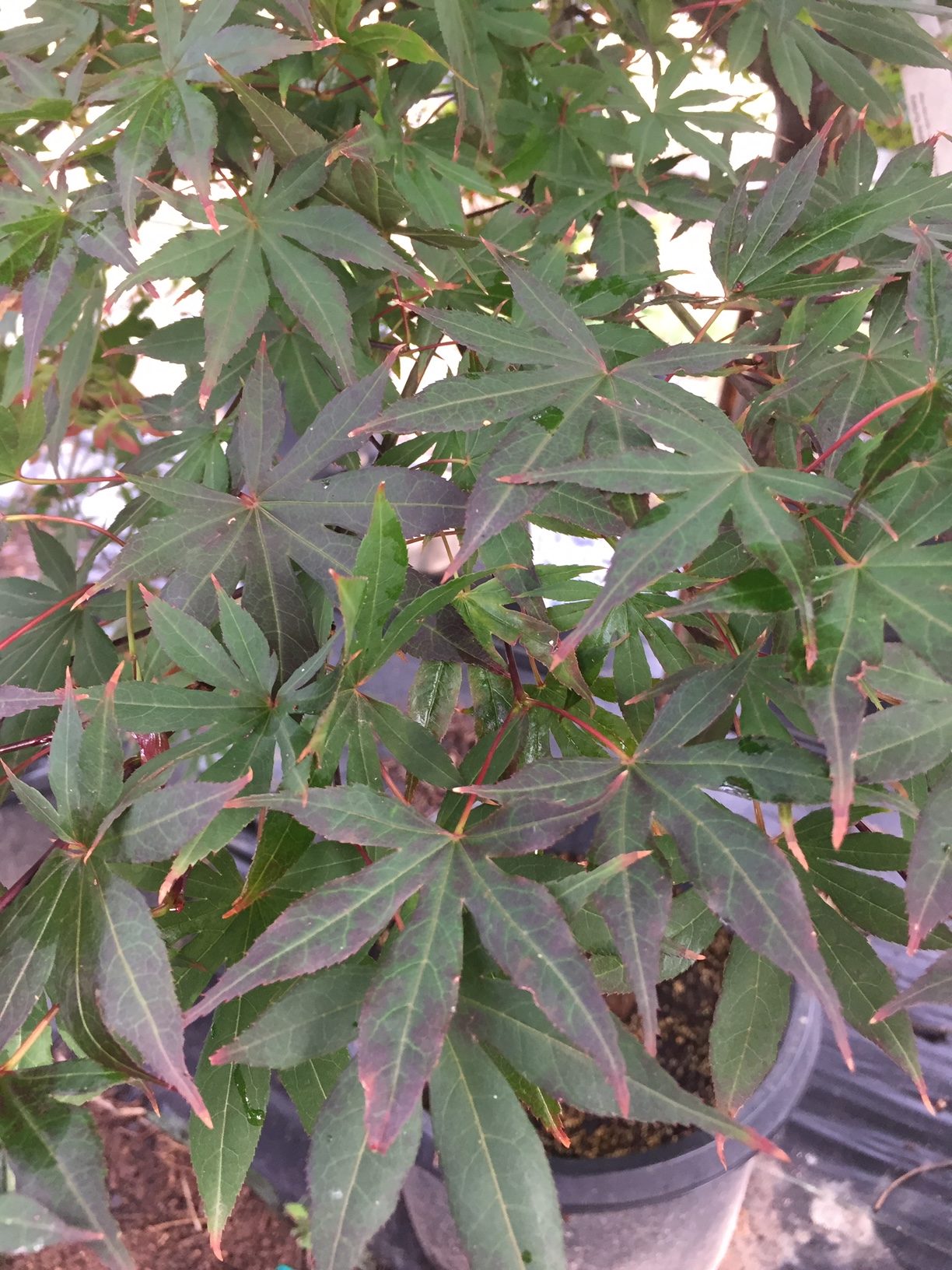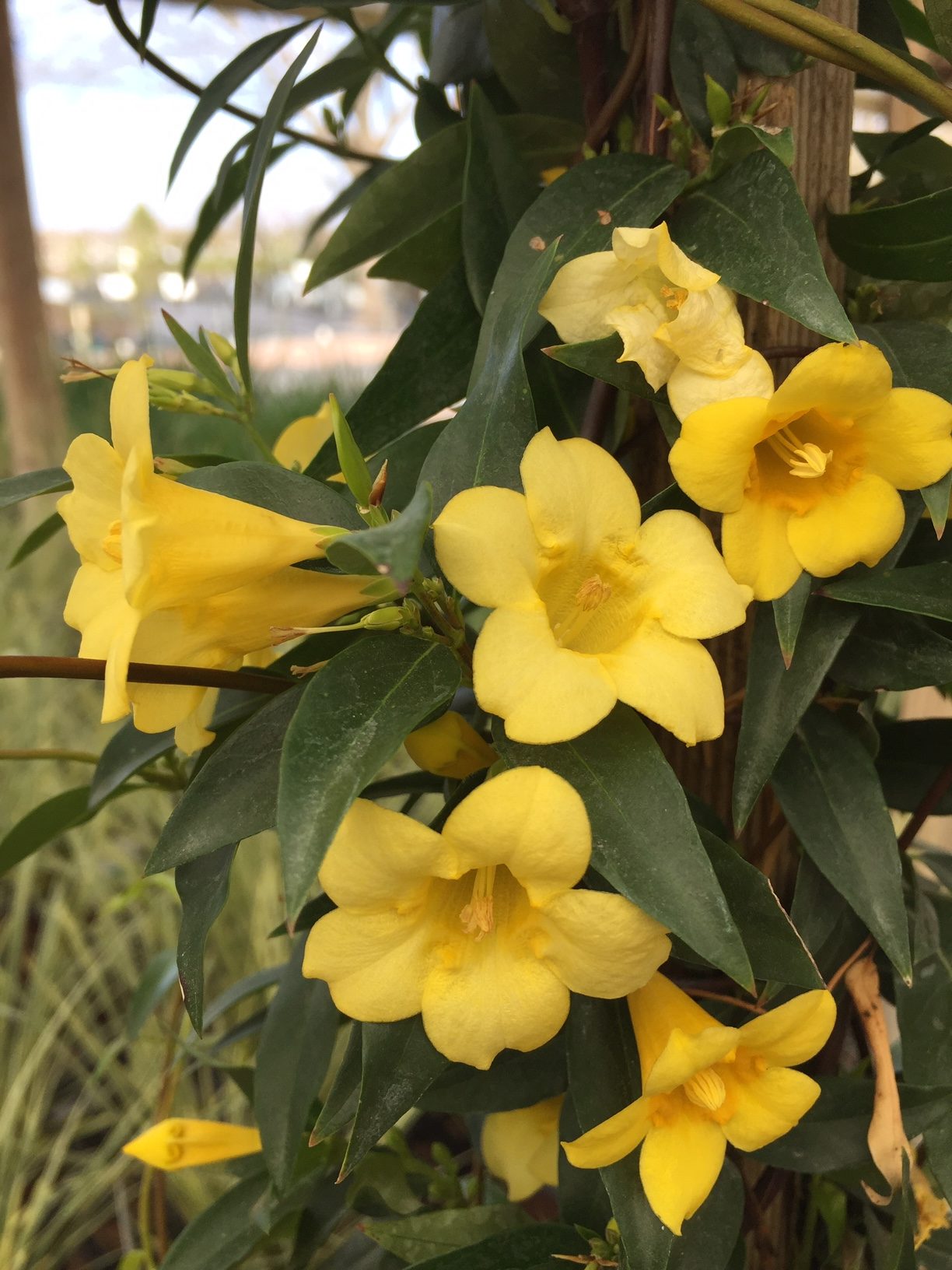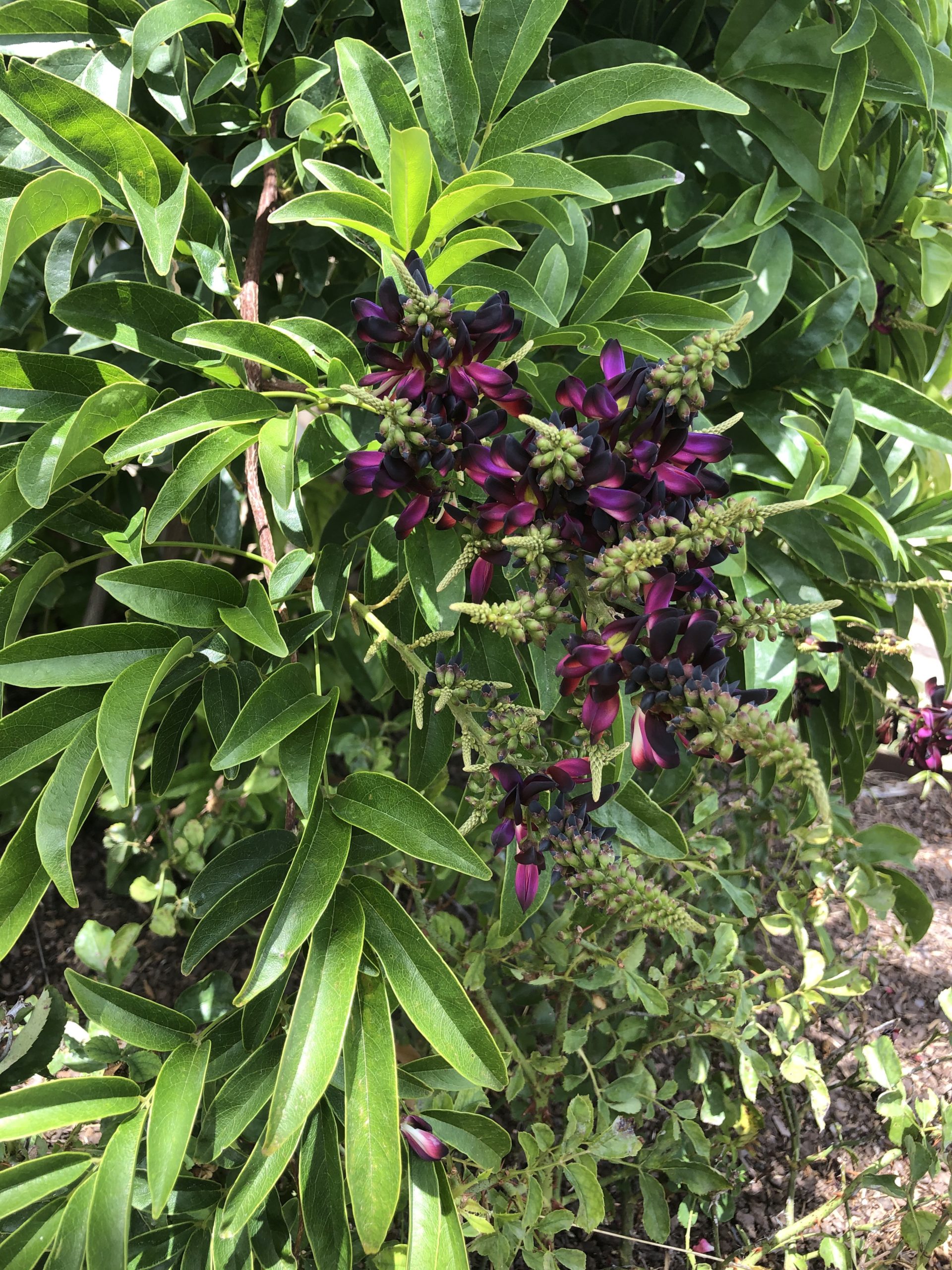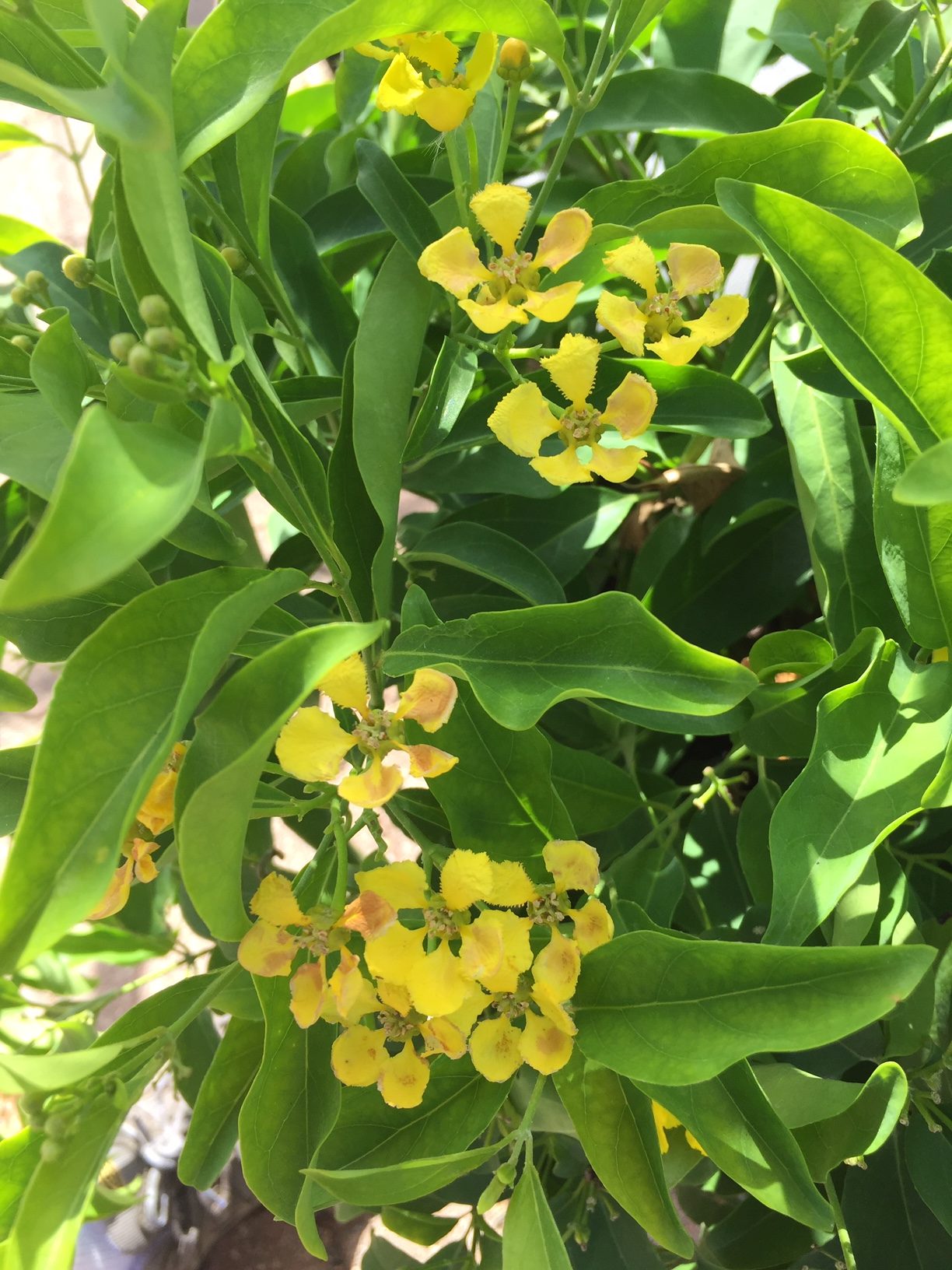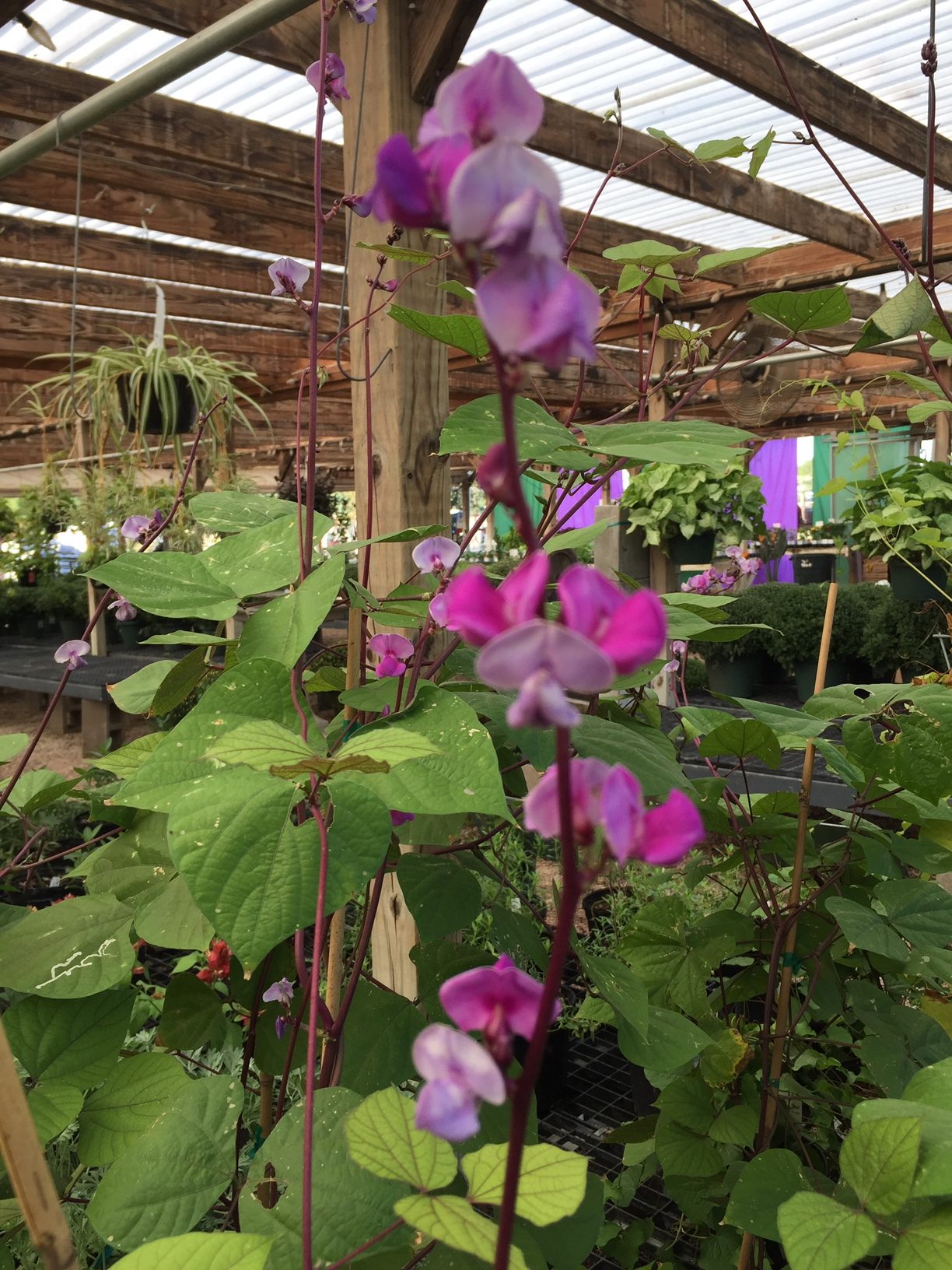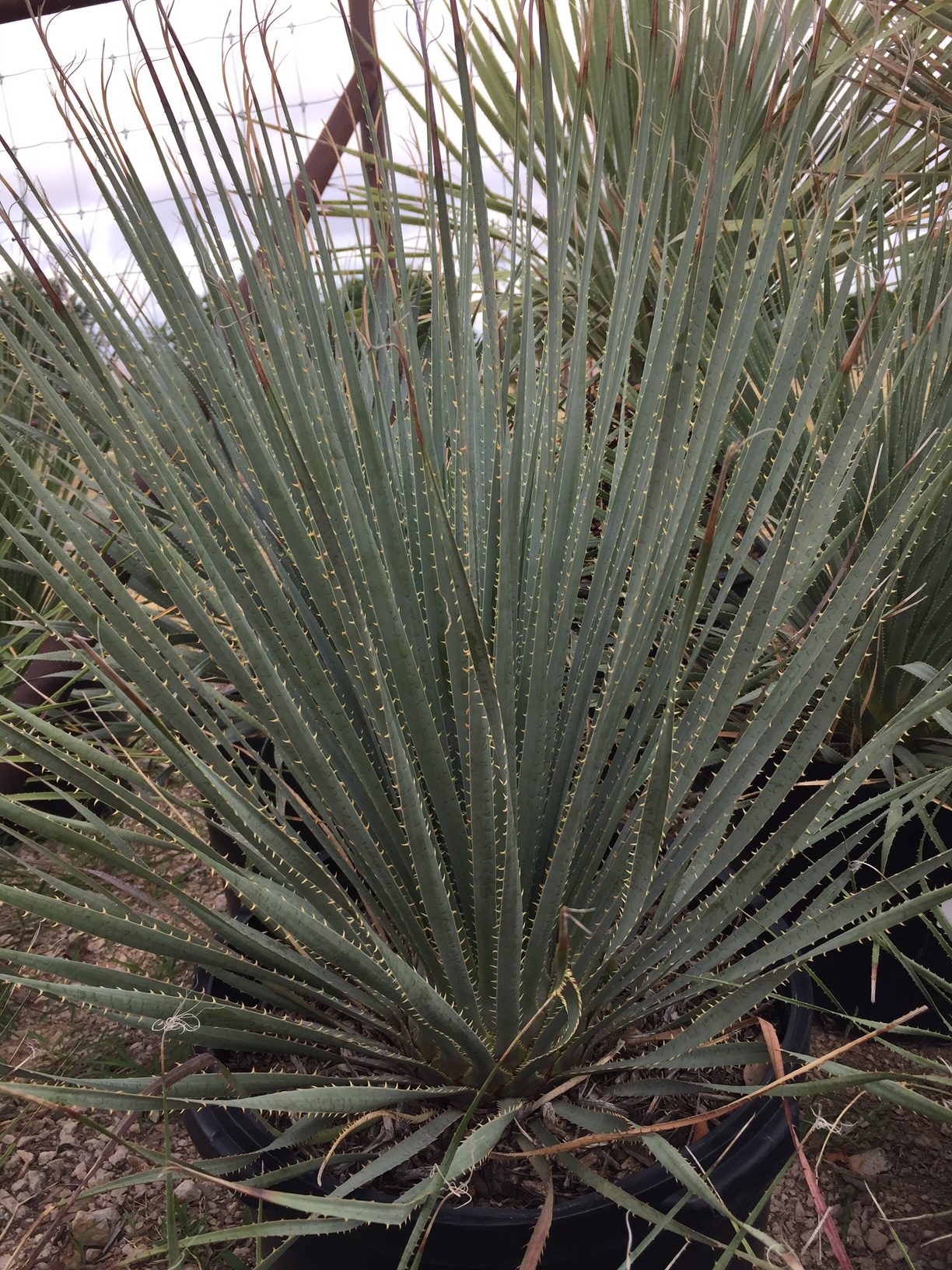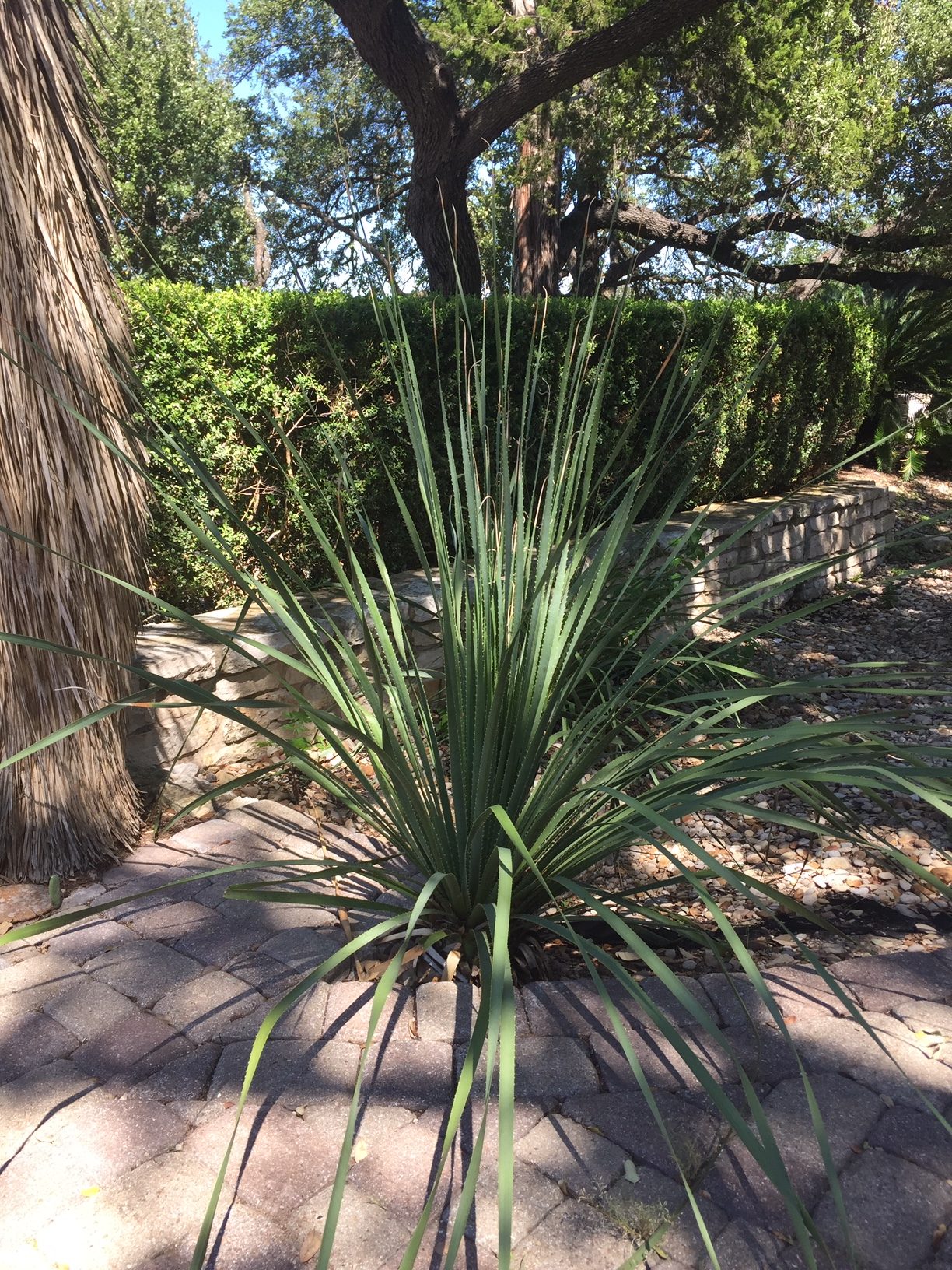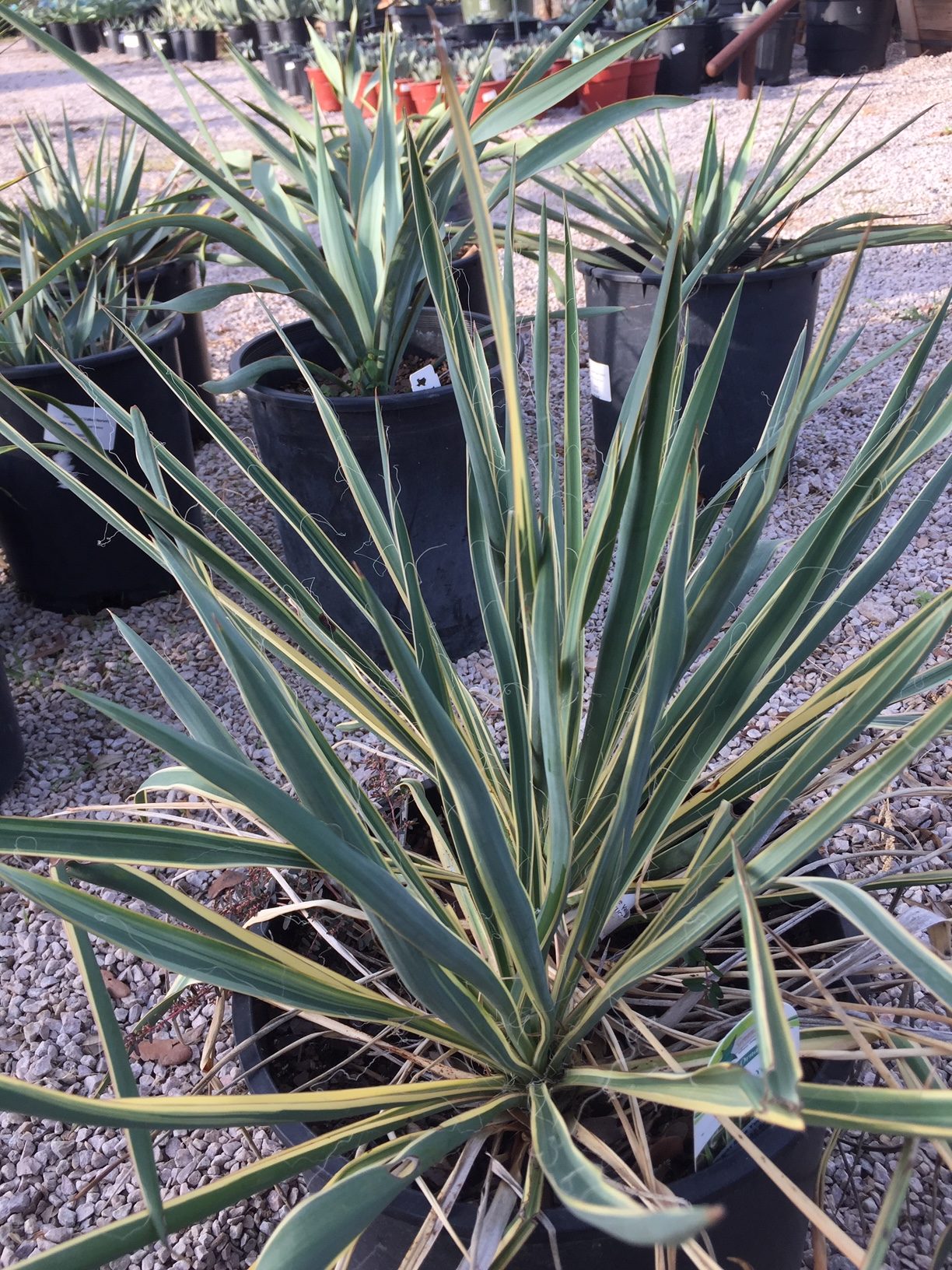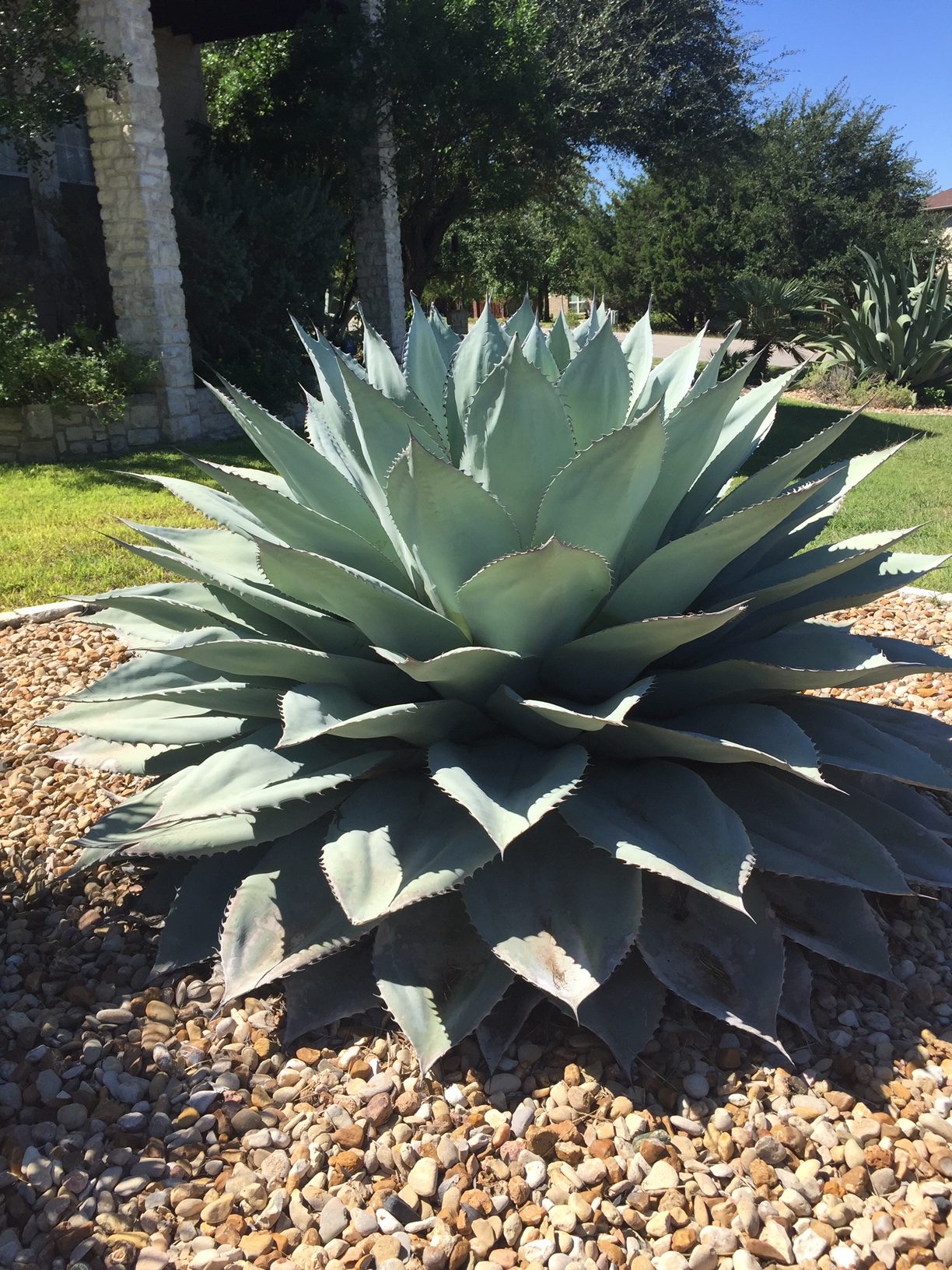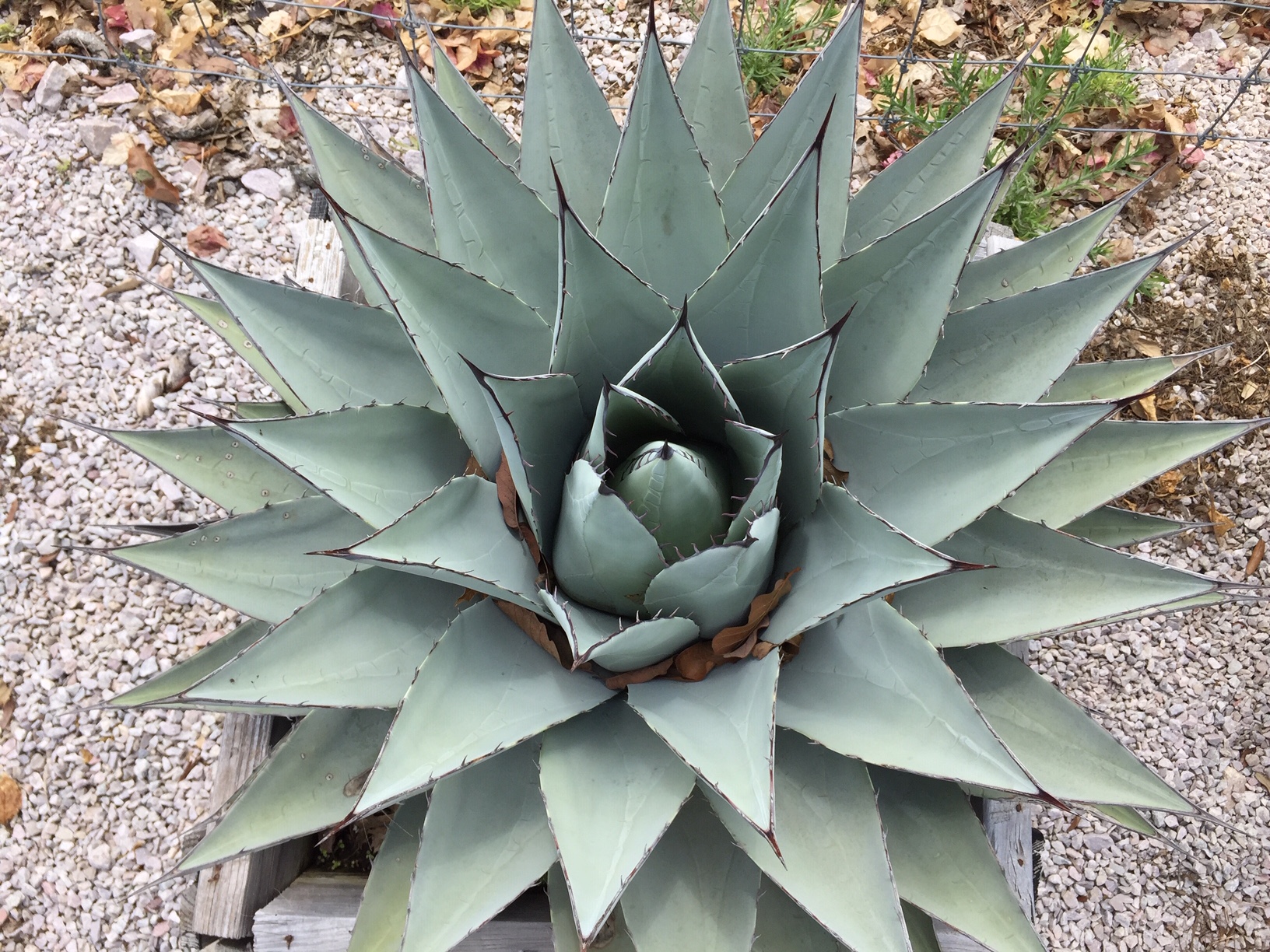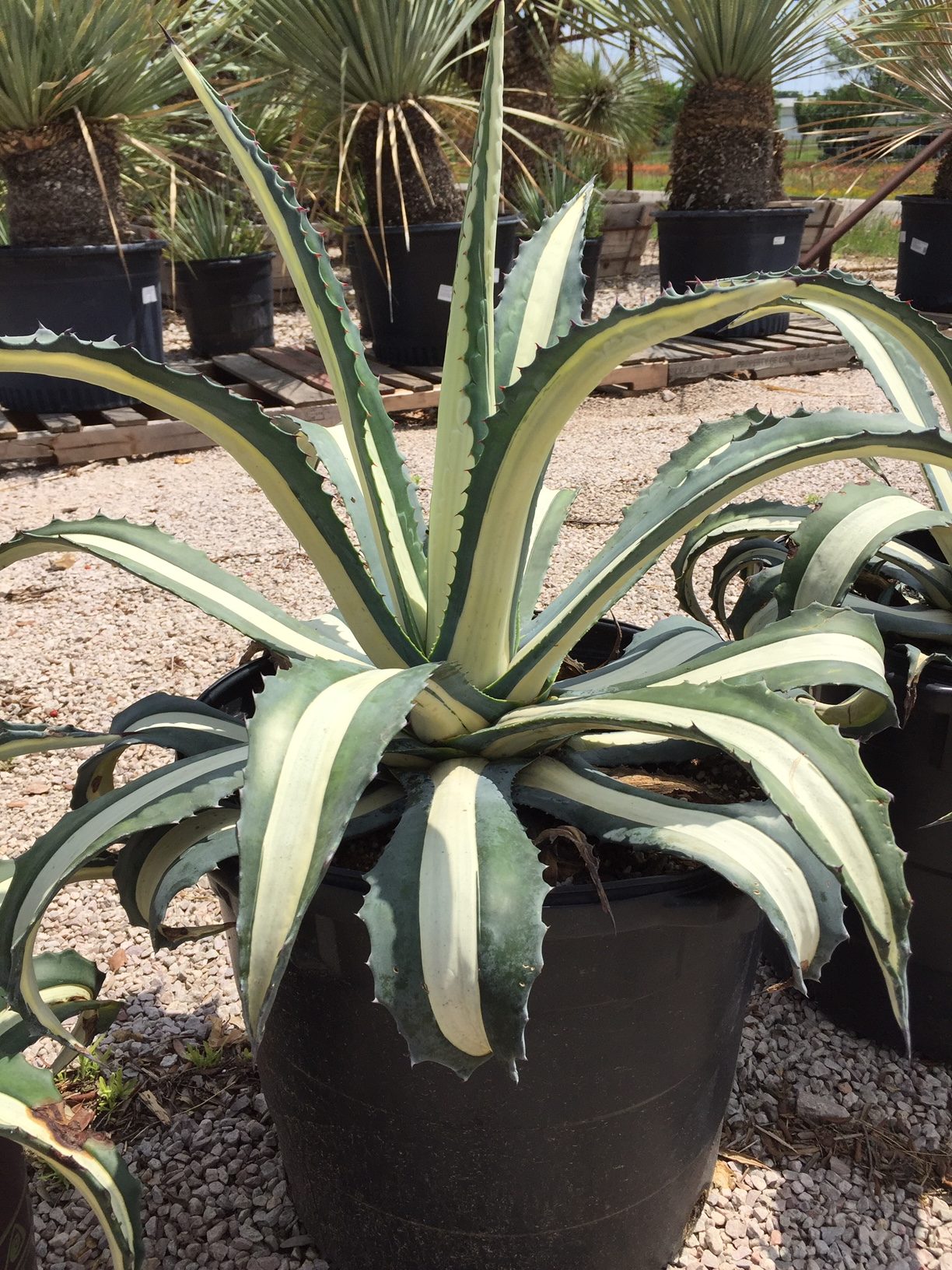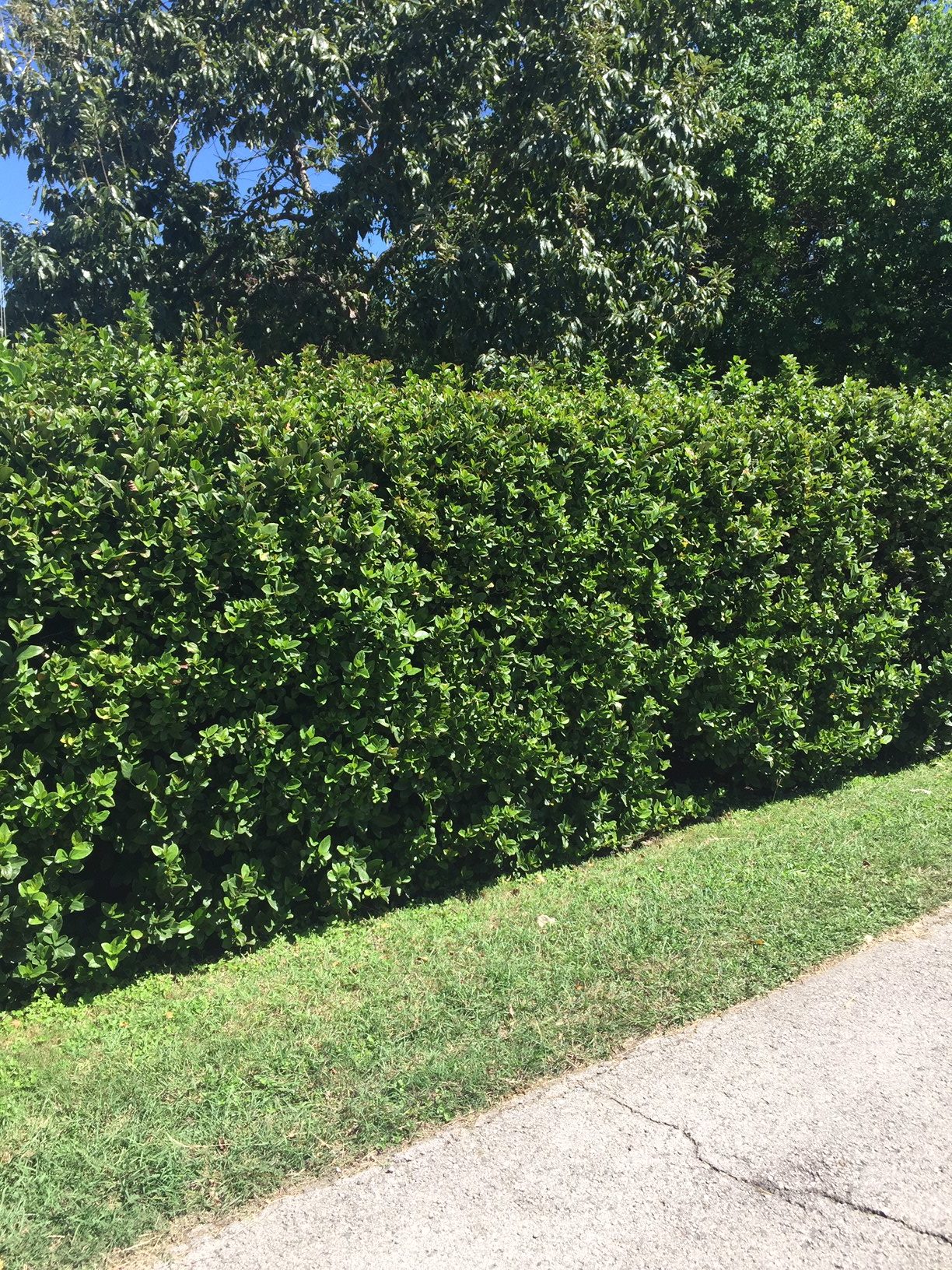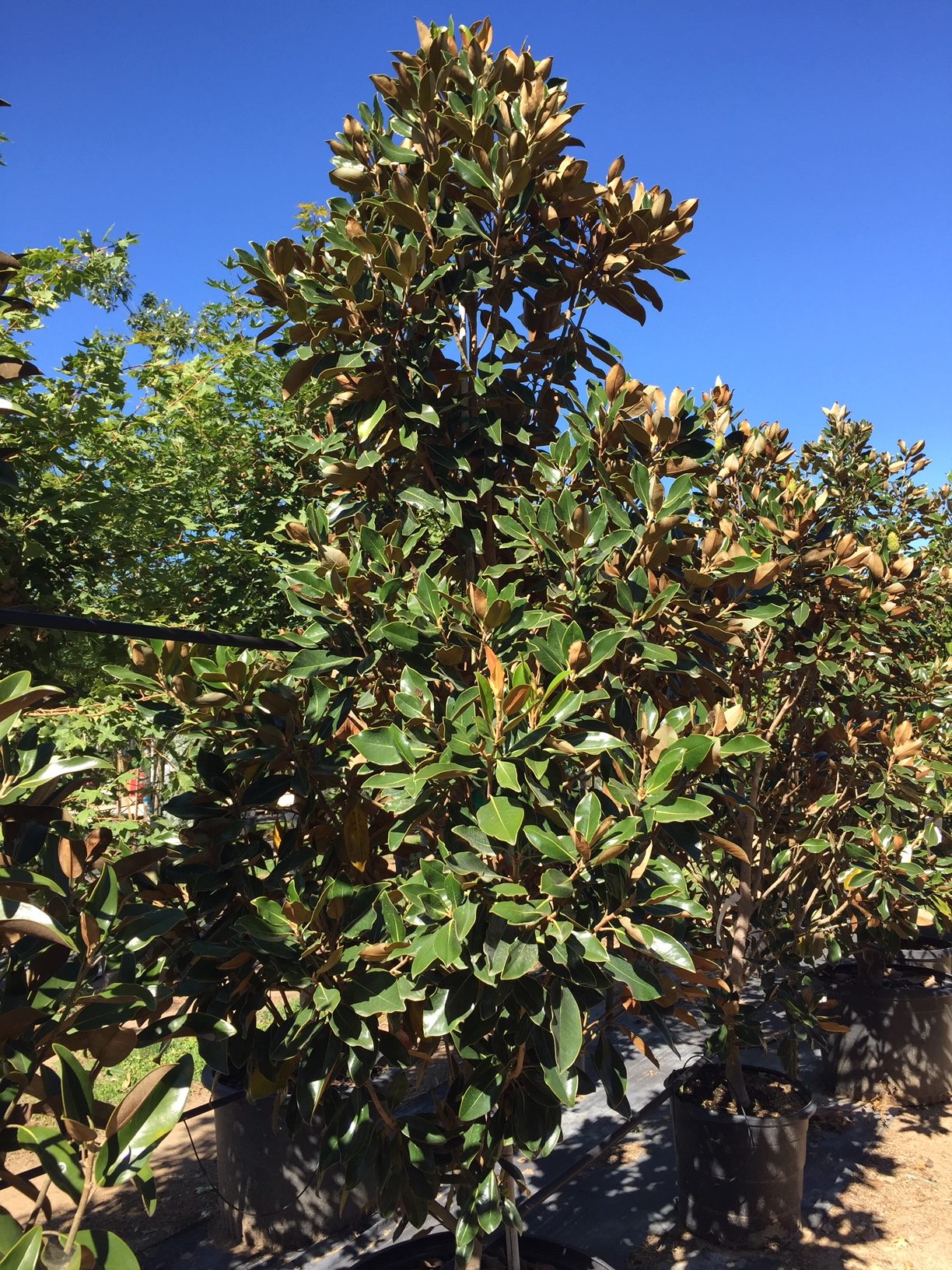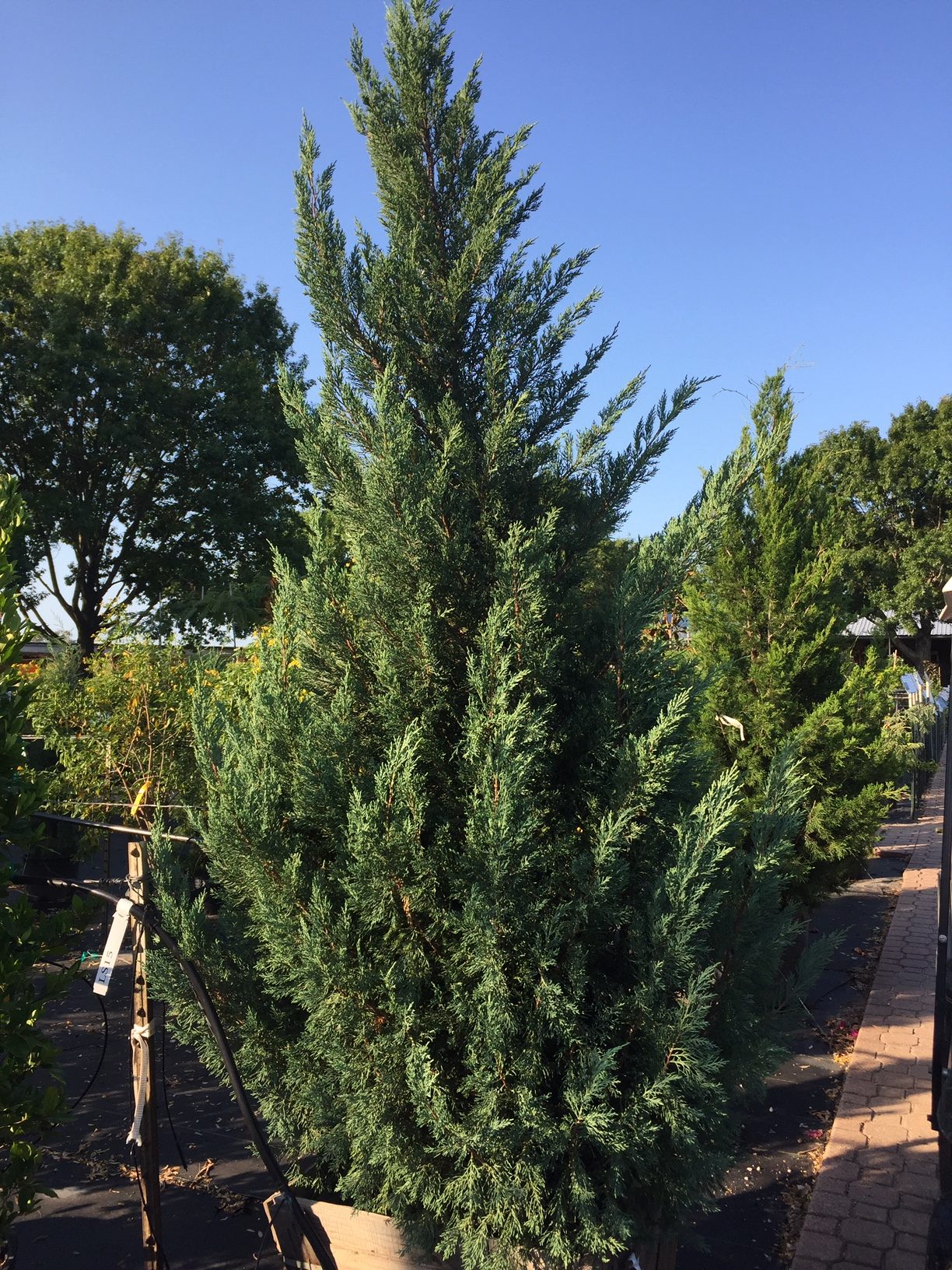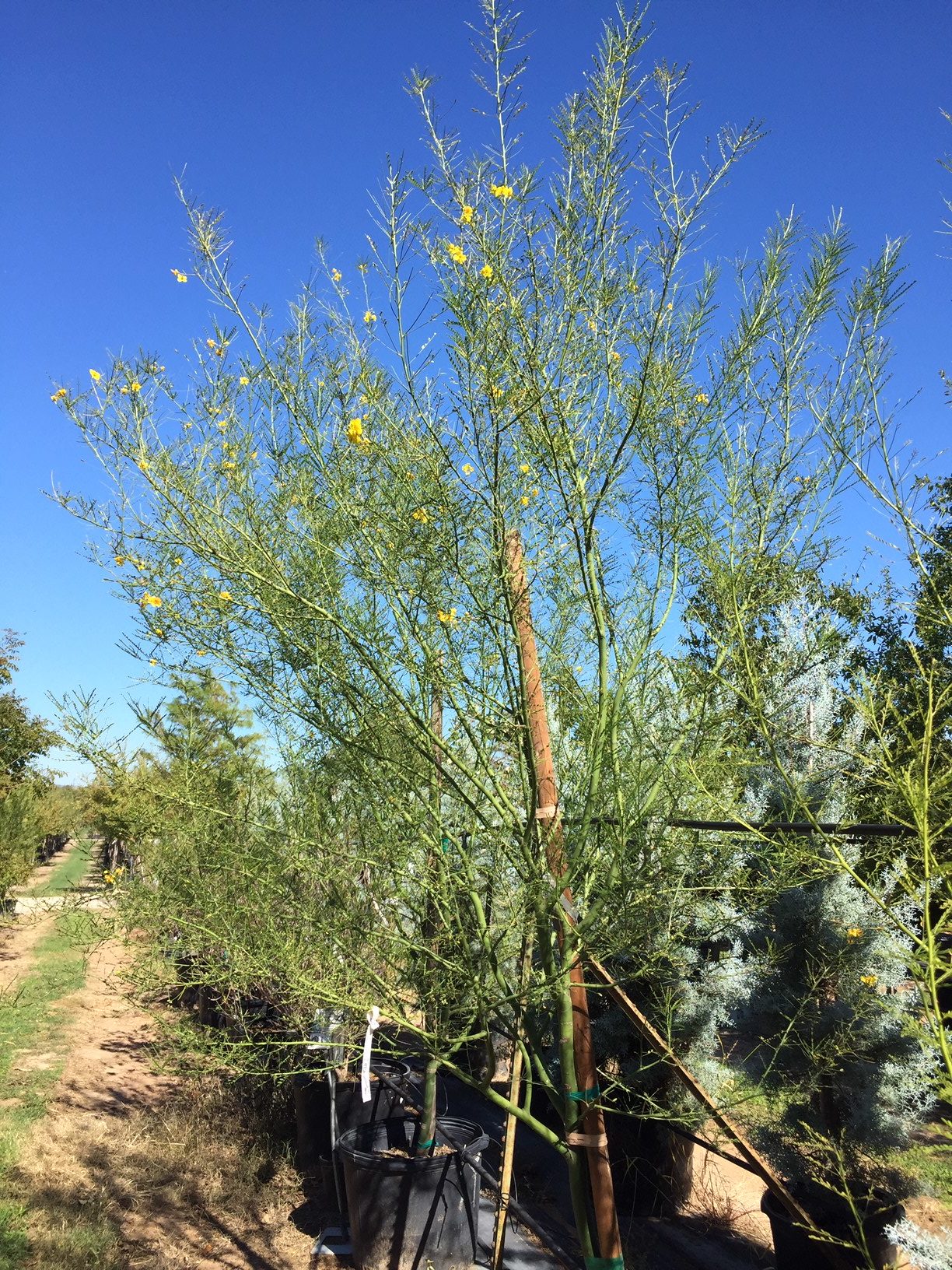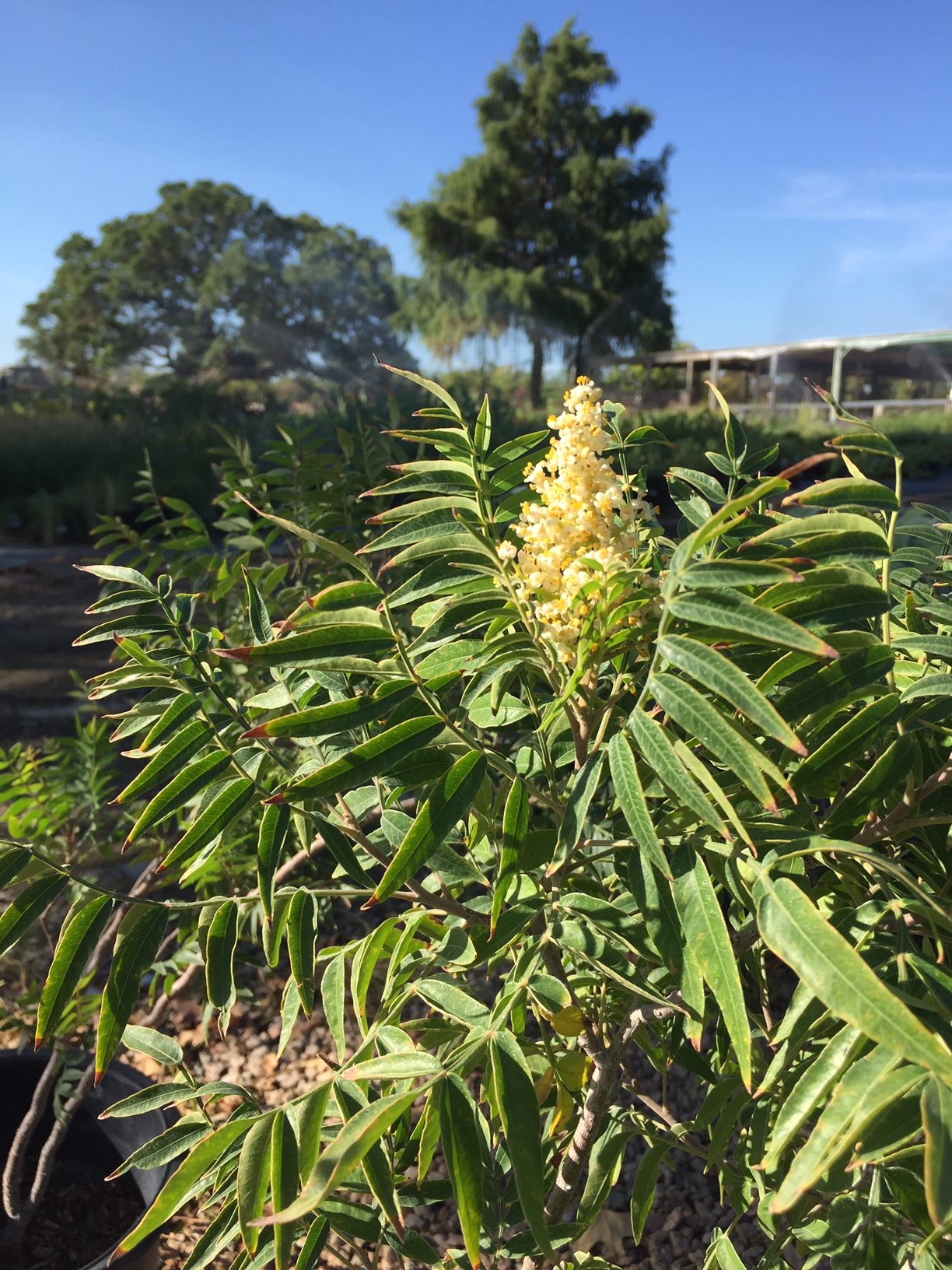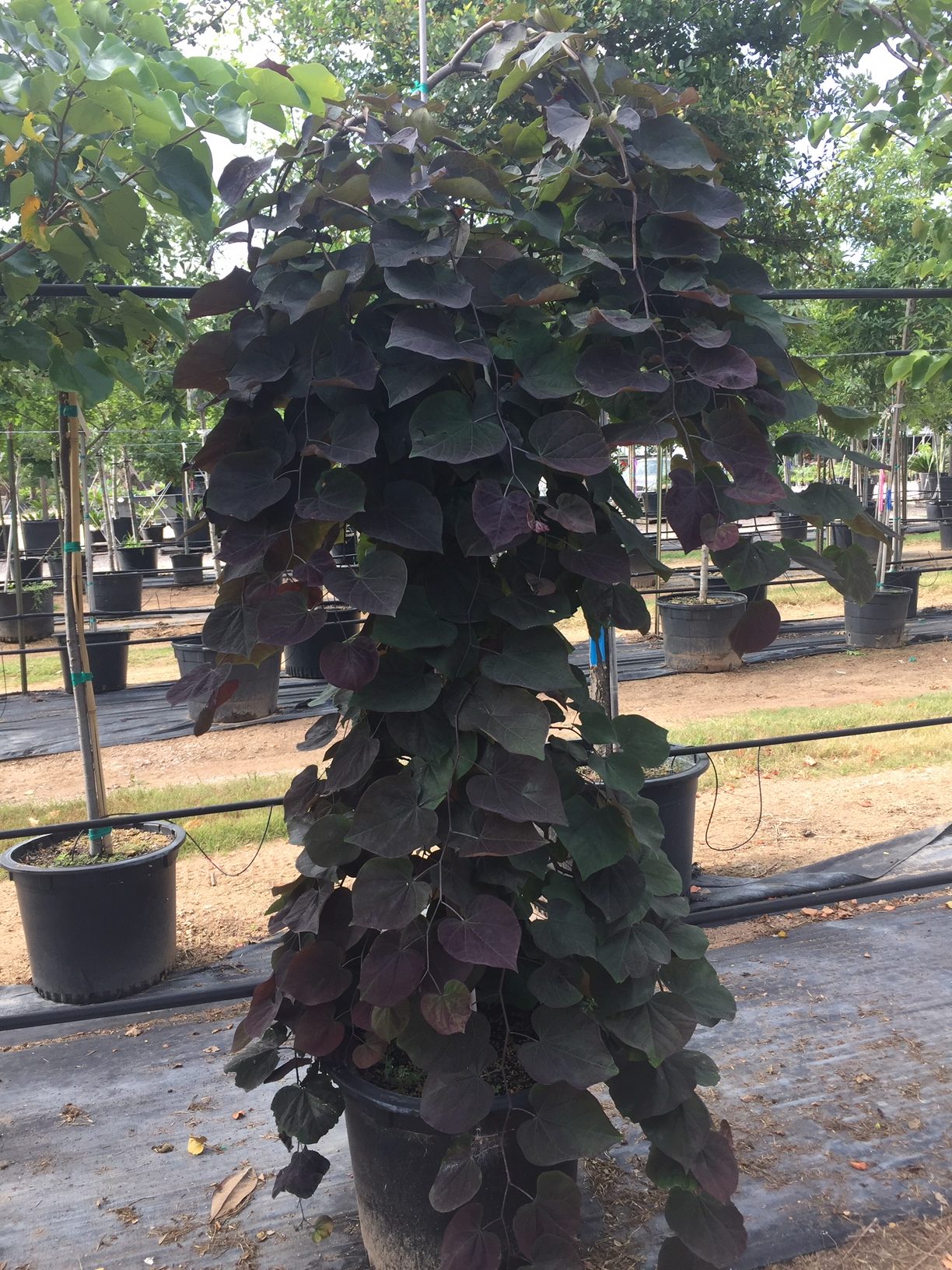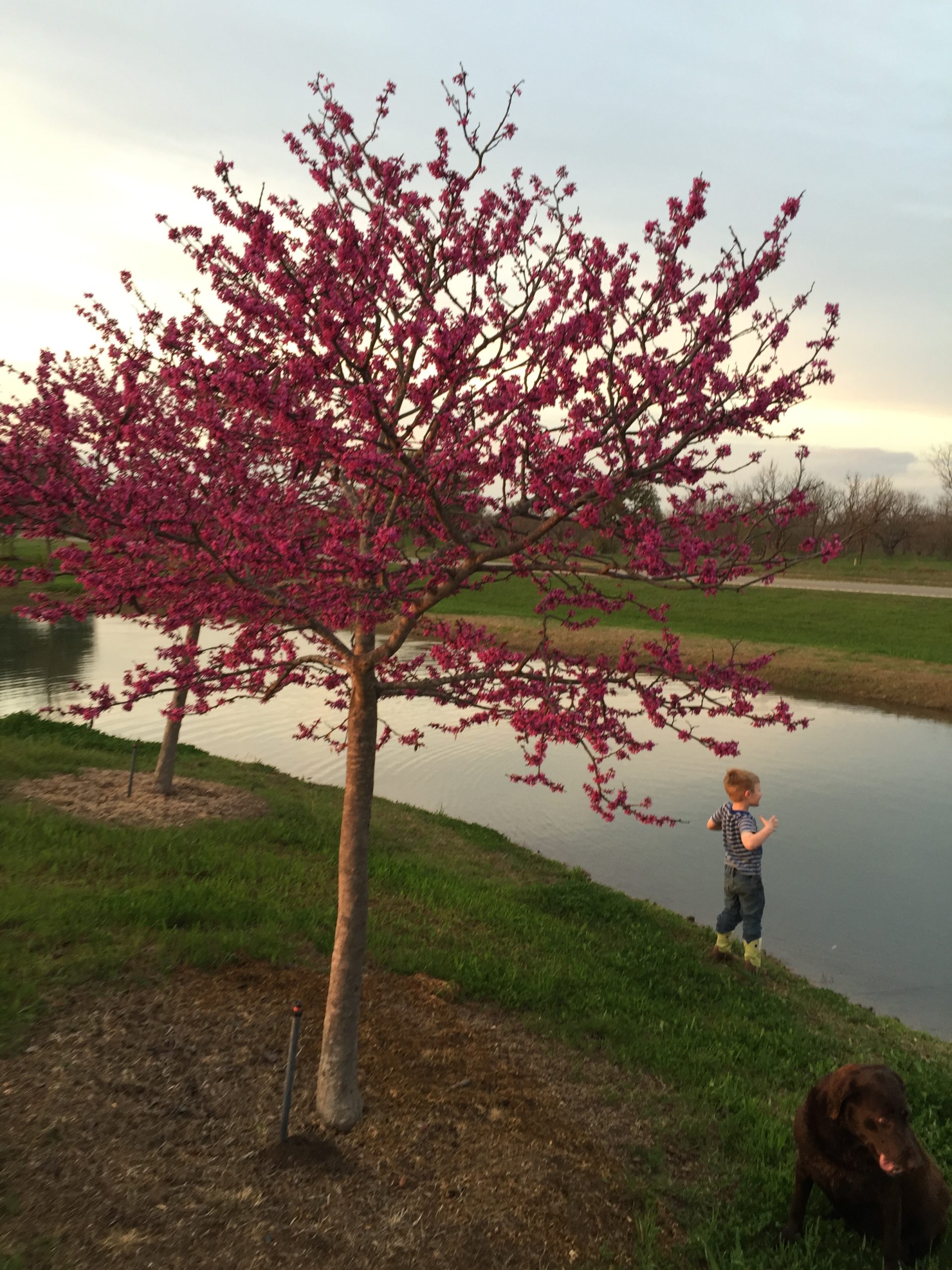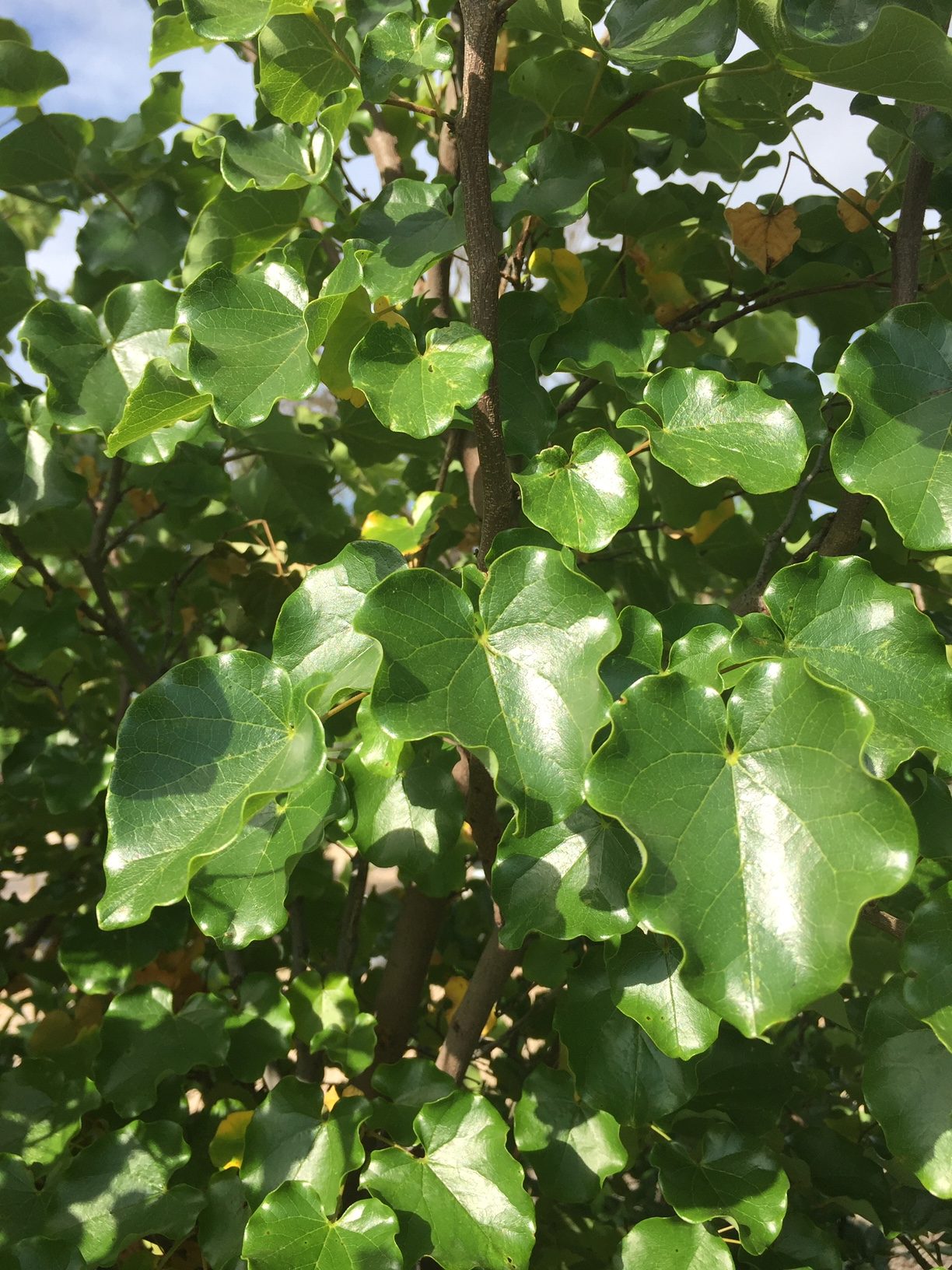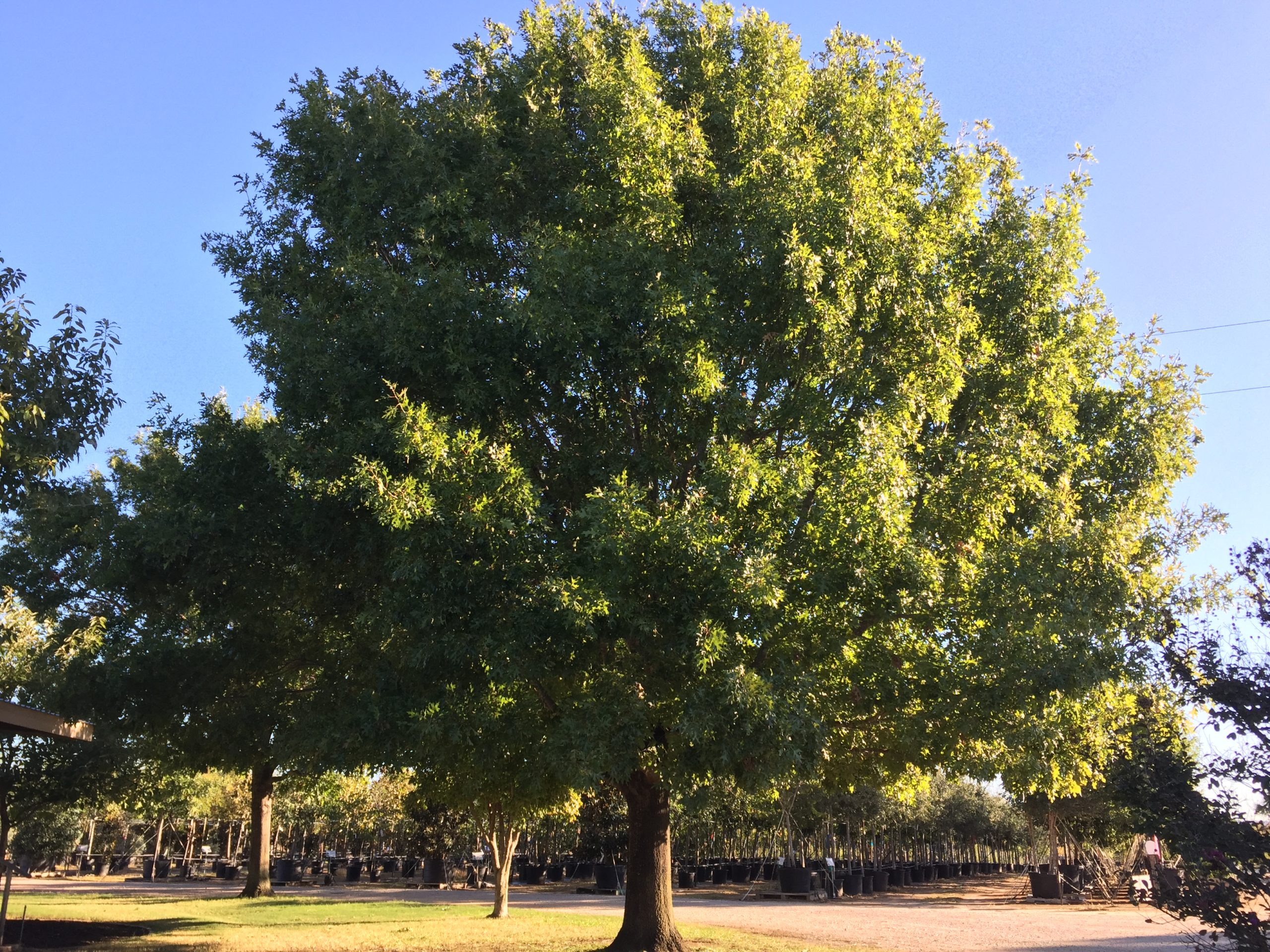Products at Backbone
This disease resistant variety has pure white ruffled flowers and a weeping habit. Attractive peeling bark gives winter interest.
Color: White
Size: 10′-10′
Magenta blooms contrast with dark, almost black foliage on this striking tree.
Size: 10′-12′
Vibrant purple blooms contrast against dark, almost black foliage, which holds its color spring to fall. High resistance to mildew.
Size: 10′-12′
Near-black foliage contrasts dramatically with masses of coral-pink blooms.
Color: Coral pink
Size: 12′
Darkest purple crape myrtle. Upright growth habit. Red-orange fall color. Good mildew resistance. Average exfoliating bark.
Size: 10′-20′
Deep scarlet blooms on contrasting dark-green foliage make this a standout in the landscape.
Color: Scarlet red
Size: 15\’-20\’
Deep burgundy foliage holds its color in the sun. Bright red flowers on a compact habit make this a standout, especially in mass plantings.
Color: Bright red
Size: 8′-10′
Wine-red foliage with ruby-red blooms forms the “double-feature”‘ on this colorful Crape Myrtle. Forming almost a perfect ball, it grows to 6′-8’ tall and wide.
Upright growth habit with dark red flowers. Good mildew resistance. Glossy green leaves.
Size: 20’+
Vibrant, dark red flowers contrast with black foliage. Mildew resistant. Heat tolerant. Holds color through summer.
Size: 10′-15′
Intense, black leaves contrast with the almost white blooms on this release by the U.S. National Arboretum. Blooms summer through fall.
Size: 10′-12′
Striking white blooms with contrasting black foliage. Good fall color. Mildew resistant. Drought tolerant.
Size: 10′-12′
Vibrant purple flowers against glossy, dark green foliage make this disease resistant Crape Myrtle a winner.
Color: Bright purple
Size: 4\’-5′
Prolific bright red blooms on a tight rounded habit make this a standout in the landscape.
Color: Bright Red
Size: 4\’-5\’
This dwarf Crape Myrtle sports bright white blooms on glossy, dark green foliage. Excellent accent plant or may be grown in a container.
Color: Bright white
Size: 4\’-5\’
Bright pink blooms on this semi-dwarf shrub with attractive exfoliating bark and red-orange fall color.
Color: Pink
Size: 5\’-10\’
Broad tall tree. High mildew resistance. Glossy green leaves. Red-orange fall color. Attractive exfoliating bark.
Size: 20′-30′
Crape Myrtle with high mildew resistance and glossy dark green leaves. Heavy bloom clusters cause the tree to appear to “weep”. Vibrant orange-red fall color. Attractive cinnamon-colored exfoliating bark.
Size: 20′-30′
Upright fast growing cultivar. Dark orange fall color. Fair mildew resistance.
Size: 10′-20′
This semi-dwarf Crape has brilliant fuchsia blooms with leaves that start off purple and mature to green. Good disease resistance.
Color: Fuchsia Pink
Size: 6\’-10\’
A “true dwarf” Crape Myrtle released by the U.S. Arboretum, Pocomoke has dark green foliage topped with rose-pink flowers from mid-summer to fall.
Size: 2′-3′
Leaves emerge a copper-red in spring, turning dark green in summer and purple-red in fall. Cherry-red flowers appear summer through fall. A mounding grower to 3′ tall and wide.
Size: 3′ x 3′
This slow grower reaches only 1′-2′ tall and wide, and is perfect for borders or narrow plantings. The lavender flowers appear summer through fall. Leaves turn copper to reddish-purple in the fall.
Size: 1′-2′ x 1′-2′
Perfect for mass plantings, this moderate grower reaches 3′-4′ tall and wide. Magenta flowers appear summer through fall. A drought-resistant variety.
Rose-pink flowers bloom from summer to fall on this dimunitative Crape Myrtle. Reaching only 1′-2′ tall and wide, it is perfect for containers or borders. Dark green leaves turn gold in the fall.
Red and pink flowers adorn this plant from summer to fall. The dark green leaves turn reddish-purple in the fall.
Size: 4′-5′
Ruffled red blooms stand out aginst lustrous dark green foliage. Very disease resistant. Orange-red fall color.
Color: Bright red
Size: 12′
Fast growing upright growth habit. Holds blooms above foliage. High mildew resistance. Glossy green leaves.
Size: 20’+
A vigorous grower with dark wine colored new growth and soft pink flowers. Drought tolerant and mildew resistant. Prolonged flowering season due to new flower buds being formed on old flower panicles.
Size: 10′-15′
White blooms are slightly looser than Natchez on this smaller Crape Myrtle. More cold hardy than Natchez.
Color: White
Size: 15\’-20\’
Panicles of crinkly white blooms adorn this small Crape Myrtle all summer long. Beautiful orange-red fall color.
Color: White
Size: 4\’-6\’
Flashy coral blooms stand out against near-black foliage. A fast grower with masses of summer blooms.
Color: Coral pink
Size: 12\’-15\’
Fast -growing tree with ruby-red flowers against near-black ruffled foliage.
Color: Ruby red
Size: 12\’-15\’
Fast-growing tree with flashy white blooms against near-black foliage makes this a standout in the landscape.
Color: White
Size: 12\’-15\’
Masses of white blooms against green foliage that fades to black on this fast-growing Crape Myrtle is quite a contrast.
Color: White
Size: 20\\’-30\\’
Bright maroon fall foliage with high mildew resistance. Globose compact form. Attractive exfoliating bark.
Size: 8′-12′
Fast Growing. Highly resistant to powdery mildew and leaf spotting. Beautiful red-orange foliage in the fall. Excellent exfoliating cinnamon brown bark.
Size: 20′-25′
Prolific bloomer with upright branching habit. One of the darkest purples available.
Size: 20′-30′
Large arching clusters of magent-purple flowers last for an extra-long bloom time in the summer. Upright, compact growth habit to 6′-8′.
Upright dwarf variety. Exfoliating bark. Red-orange fall color. Good mildew resistance.
Size: 5′
Globose form. High mildew resistance. Red-orange fall color. Good exfoliating bark.
Size: 10′-12′
Thornless with very upright canes. Very large fruit. Excellent flavor.
Chilling Hours: N/A
Pollinizer Required? Self-Fertile
Ripening Period: Mid-June
Thornless variety. Disease resistant with a long shelf life. Fast grower. Sweet flavor.
Chilling Hours: N/A
Pollinizer Required? Self-Fertile
Ripening Period: Mid-June
Productive plant with medium-large fruit which is less firm than some. (Brightwell is recommended pollinizer.)
Chilling Hours: 500-550
Pollinizer Required? Yes
Ripening Period: June
Large fruit with pink skin, high juice content. Sweet with hint of tart.
Chilling Hours: 150-200
Pollinizer Required? No
Ripening Period: October
Small blackish blue, heavy producer, good for jellies.
Chilling Hours: N/A
Pollinizer Required? No
Ripening Period: August-September
Popular for making white table wine, jelly, or juice. Hints of citrus flavor. Disease resistant.
Chilling Hours: N/A
Pollinizer Required? No
Ripening Period: July
Large 25′ tree with red pulped, black-skinned fruit. Two crops each year. First on old wood, second crop on new wood.
Chilling Hours: N/A
Pollinizer Required? Self-Fertile
Ripening Period: Early Summer and again in Late Summer
More acidic and better for canning than fresh eating. Heavy producer of large berries developed at TX A&M. Has thorns.
Chilling Hours: N/A
Pollinizer Required? Self-Fertile
Ripening Period: Mid to Late July
Self-fruitful but pollinizer recommended for better yields. (Austin is pollinizer.) Medium-sized fruit, mid to late season Rabbiteye cultivar, can reach 6′-10′.
Chilling Hours: 350-400
Pollinizer Required? Yes/No
Ripening Period: Early June – Early July
Medium to large fruit with purple brown skin. Sweet strawberry colored flesh. Best eaten fresh.
Chilling Hours: N/A
Pollinizer Required? Self-Fertile
Ripening Period: August through frost
Large red skinned fruit with yellow-orange flesh. Like other Japanese plum varieties, it is best to leave on tree until ripe.
Chilling Hours: 450
Pollinizer Required? Yes
Ripening Period: Early June
Small to medium fruit with purple brown skin. Flesh white with rose center. Firm, juicy, and very sweet. Most frost resistant variety.
Chilling Hours: N/A
Pollinizer Required? Self-Fertile
Ripening Period: August through frost
Large, vigorous red grape with high heat tolerance. Tolerant of akaline soils. Great for jelly.
Chilling Hours: N/A
Pollinizer Required? No
Ripening Period: Early July
Large fruit with golden-yellow skin blushed red. Sweet yellow flesh. Freestone. Good all-around peach.
Chilling Hours: 750
Pollinizer Required? Self-Fertile
Ripening Period: Early June
Dense, sweet flesh, crisp with long shelf life. Medium reddish-green skin. Will take summer heat.
Chilling Hours: 350-400
Pollinizer Required? Yes
Ripening Period: Early to Late September
Top-quality, crisp, sweet apple. Gold skin with red blush. Will take summer heat. Plant more than one for better production.
Chilling Hours: 500
Pollinizer Required? Partial Self-Pollinizer
Ripening Period: Late July-Early August
Bright green apple with pink blush. Excellent for eating, cooking, and sauce. High juice content and stores very well.
Chilling Hours: 400-600
Pollinizer Required? Yes
Ripening Period: Late September-Early October
Freestone. Medium to large. Resistant to bacterial leaf spot. Acidic, good quality peach with sweet yellow flesh.
Chilling Hours: 750
Pollinizer Required? Self-Fertile
Ripening Period: Late June
Clingstone to semi-freestone. Fruit is large with yellow flesh and good flavor.
Chilling Hours: 450
Pollinizer Required? Self-Fertile
Ripening Period: Late May – Early June
Large fruit with greenish-yellow skin blushed red. Coarse,crisp and juicy white flesh with mild pear flavor. Stores well. Good resistance to fireblight.
Chilling Hours: 400
Pollinizer Required? Yes
Ripening Period: October – November
Freestone. Medium to large peach. Dark red blush on skin. Frim flesh with great texture and flavor. Yellow flesh with red specks.
Chilling Hours: 400-500
Pollinizer Required? Self-Fertile
Ripening Period: Late June – Early July
4-6′ x 3-4′ dwarf form. Great in containers with dark purple fruits.
Chilling Hours: N/A
Pollinizer Required? Self-Fertile
Ripening Period: Late Summer
Large, yellow skin and flesh with red blush. Flesh yellow, firm, melting, an extremely good flavor. Resistant to bacteriosis.
Chilling Hours: 800
Pollinizer Required? Self-Fertile
Ripening Period: Mid-July
Small to medium size with a mottled purple peel and juicy red flesh with sweet flavor. One of the best to use as a pollinizer.
Chilling Hours: 250
Pollinizer Required? Self-Fertile
Ripening Period: Late May – Early June
Firm, sweet, juicy, light yellow flesh of excellent quality. Well-adapted to mild minter areas.
Chilling Hours: 400
Pollinizer Required? Yes
Ripening Period: Late August – Early September
Large fruit with brownish-green skin. Resembles Bartlett in shape. Soft flesh, moderately juicy and nearly free of grit cells. Very resistant to fireblight.
Chilling Hours: 500
Pollinizer Required? Yes
Ripening Period: August
Mediums-sized red to purple plum with red flesh. Good for eating, canning and preserves. Tx. A & M introduction.
Chilling Hours: 650
Pollinizer Required? Yes
Ripening Period: Early June
Thornless variety, large berries that store well. Semi-upright.
Chilling Hours: N/A
Pollinizer Required? Self-Fertile
Ripening Period: Mid-June
A red-skinned yellow freestone fruit with good flavor and sweetness. Low chill, and will produce in warm winter climates.
Chilling Hours: 250
Pollinizer Required? Self-Fertile
Ripening Period: Late July – Early August
Medium sized, light blue fruit with good production. (Use Brightwell as pollinizer.)
Chilling Hours: 550-650
Pollinizer Required? Yes
Ripening Period: Late June – Late July
Skin is deep red over yellow wiath yellow flesh. Large freestone fruit, resistant to bacteriosis. Excellent for eating, shipping and canning.
Chilling Hours: 750
Pollinizer Required? Self-Fertile
Ripening Period: Early August
Large, oval fruit with purplish-red skin. Firm flesh, yellow to dark red near skin. Rich, pleasing, tart flavor.
Chilling Hours: 400
Pollinizer Required? Self-Fertile
Ripening Period: Late June
Self-fruitful but pollinizer recommended for better yields. (Brightwell is pollinizer.) Small-medium-sized berries are tart if not fully ripe.
Chilling Hours: 600-650
Pollinizer Required? Yes/No
Ripening Period: Late June – Late July
Extra large fruit with blush red skin. Flesh red,juicy with sharp flavor. Most well-known of the Pomegranates.
Chilling Hours: 150-200
Pollinizer Required? No
Ripening Period: October
Quercus canbyii
Semi-evergreen oak with a pyramidal form when young and an open irregular shape when grown. Leaves turn red in winter.
Height: 40’-50’
Spread: 40’-50’
Light: Sun
Semi-Evergreen
Quercus muhlenbergii
This oak grows in a wide range of soils. Forms a stately tree with branches suitable for climbing! Fall color ranges from yellow to purple to brown. Resistant to Oak Wilt.
Height: 50’-70’
Spread: 30’-40’
Light: Sun
Deciduous
Quercus laceyi
Small tree ideal for smaller yards. Adaptable to shallow limestone soils. Blue-green leaves give contrast in the landscape. Resistant to Oak Wilt. Drought-resistant once established.
Height: 30’
Spread: 25’
Light: Sun/Part Shade
Deciduous
Quercus virginiana
Sheds leaves in spring when new leaves emerge. Suseptible to Oak Wilt. Remember, “February thru June do not prune” to avoid spread of Oak Wilt fungus.
Height: 40’-60’
Spread: 30’-40’
Light: Sun
Evergreen
Q. polymorpha
Holds leaves most winters, then sheds in spring before new leaves emerge. New leaves are peach color. Adaptable to wide range of well-drained soils. Resistant to Oak Wilt.
Height: 45’-60’
Spread: 30’-40’
Light: Sun
Semi-Evergreen
Quercus buckleyi
Adapts to rocky soils. Can have brilliant red fall color. Suseptible to Oak Wilt. “February thru June, do not prune” to avoid spread of Oak Wilt Fungus.
Height: 60’-75’
Spread: 15’-30’
Light: Sun
Deciduous
Pyrus calleryana \\’Bradford\\’
Fast-growing tree with white flowers in spring and brilliant red fall color.
Height: 35’-50’
Spread: 20’-30’
Light: Sun
Deciduous
Pistachia chinensis
A shorter growing shade tree for small landscapes. Adapts well to poor soils with good drainage. Fast-growing with red-orange-yellow fall color. Female trees have red berries.
Height: 40’
Spread: 30’
Light: Sun
Deciduous
Exposure: sun
Size: 1\’ x 1\’
Re-seeding Annual In mild winters it may return as a perennial. Fragrant foliage, blooms all summer.
Exposure: sun
Size: 12\” x 12\”
Annual Plant in May for summer blooms. Requires well-drained soil.
Exposure: sun/part sun
Size: height varies by variety
Annual Plant in fall for fall and spring blooms.
Exposure: part sun/shade
Size: 3\’ x 3\’
Evergreen Perennial Large yellow flowers in late spring to early summer. Requires well drained soil. Drought resistant once established.
Exposure: sun
Size: 1\’ x 1\’
Re-seeding Annual Low border plant with bright yellow blooms all summer.
Exposure: sun/part sun/shade
Size: 3\’-5\’
Deciduous Herbaceous perennial. Deer and rabbit resistant.
Exposure: Sun
Size: 3\\’-5\\’ x 3\\’-4\\’
Deciduous Late to leaf out. Blooms all summer. Adapts to poor soils if well drained. May be invasive.
Beautiful in mass plantings, this fountain grass has dark purple-black plumes in late summer that are quite striking.
White foxtail-like summer plumes are 3”-4” long on this Dwarf Fountain Grass. Grows to 1 1/2’, and 2/ with plumes.Prefers fertile soils and cold winters with regular irrigation.
This hybrid progeny of Pink Muhly and Big Muhly combines the best of both parents. A narrow, upright form with blue-green leaves, blooming in fall with pink plumes in dramatic arches. Ideal for narrrow spaces.
Summer-blooming Big Muhly puts out white vertical plumes on a 6’ stalk. A clumping blue-green grass, it will also give a nice color contrast in the landscape. It does well in full sun and is drought resistant once established.
Striking purplish pink plumes adorn this grass in the fall. It will grow in sun to part shade and is drought-resistant once established.
Hardy to Zone 7.
| Exposure: | Sun |
| Height x Width: | 4\’-5\’ x 4\’-5\’ |
| Evergreen/Decidious: | E |
Needs well-drained soils.
| Exposure: | Sun/Part sun |
| Height x Width: | varies |
| Evergreen/Decidious: | D |
Loves \”dry\” shade.
| Exposure: | Shade |
| Height x Width: | 3\’ x 3\’ |
| Evergreen/Decidious: | E |
Prune before new growth starts in spring.
| Exposure: | Sun/Part sun |
| Height x Width: | 2’ x 4\’’-6’ |
| Evergreen/Decidious: | Semi |
Protect in winter
| Exposure: | Sun/Part sun |
| Height x Width: | 6\’ x 5\’ |
| Evergreen/Decidious: | Tropical |
Re-seeding annual
| Exposure: | Sun |
| Height x Width: | 4\\’ x 4\\’ |
| Evergreen/Decidious: | Annual |
Protect when young, not reliable.
| Exposure: | Shade |
| Height x Width: | 6\” x 1\’ |
| Evergreen/Decidious: | Semi |
| Exposure: | Sun/Part sun |
| Height x Width: | check variety |
| Evergreen/Decidious: | E |
Bucks may damage with antlers
Exposure: Sun/Part Sun
Height x Width: 3’-6’ x 4’-6’
Evergreen/Decidious: E
Edible red berrries
Zamioculcus zamiifolia
Easy plant that only requires water about once a month. May need to \”rejuvenate\” in brighter light if in low light long.
Light:Low-Medium
Water: Very Low
Fertility: Low
Ficus benjamina
Known for dropping leaves if moved, but will grow new ones quickly. Trim tiny dead branches as needed.
Light: Medium
Water: Medium
Fertility: Medium
Tradescantia sp.
Trim often to keep full. Cuttings root in water. Purple varieties require more light to keep color.
Light: Medium
Water: Moist
Fertility: Medium
Platycerium bifurcatum
Keep outside under trees in summer. Can divide when they get too large to handle. Bright light inside is best.
Light: Medium
Water: Dry
Fertility: Low
Monstera deliciosa
An old-fashioned plant, easy to care for. Do not overwater. Allow soil to dry.
Light: Medium
Water: Low-Medium
Fertility: Medium
Chlorophytum elatum
\”Baby\” plants are easily rooted by pinning to the top of the soil with a bobbie pin! Require bright indirect light.
Light: High
Water: Medium
Fertility: Medium
Saintpaulia ionantha
Although these tough plants \’tolerate\’ low light, they will benefit from artificial light when available.
Light: Low
Water: Low
Fertility: Low
Ficus elastica \’Decora\’
An easy, fast-growing plant. Good for offices. Will tolereate a bit of sun. Allow the top of soil to dry.
Light: Medium
Water: Medium
Fertility: Medium
Beaucarnea recurvata
Let soil approach dryness between watering. An easy-keeper in bright indirect light conditions.
Light: Medium
Water: Medium
Fertility: Medium
Unique plants, many varieties. Check out Owl\’s Eye and Watermelon Peperomia. Allow soil to dry.
Light: Medium
Water: Dry
Fertility: Medium
Spathyphyllum sp
Water this plant BEFORE it wilts, and it will do well! White blooms are a plus!
Light:Low-Medium
Water: Moist
Fertility: Medium
Araucaria excelsa
Bright, indirect or early morning light is best. Do not allow soil to dry completely.
Light:High
Water: Medium
Fertility: Medium
Syngonium podophyllus
May be trimmed if it gets leggy. Easy keeper in lower light conditions.
Light:Low-Medium
Water: Moist
Fertility: Medium
Chamaedorea elegans
This plant does well in artificial light when available. Stays smaller than most palms.
Light: Low
Water: Medium
Fertility: Medium
Pachira aquatica
According to Feng Shui, Money Tree will bring good luck and fortune. This is an \”easy keeper\”!
Light: Medium
Water: Moist
Fertility: Medium
Adiantum sp.
Do not allow to dry out. Increase humidity by placing on tray with gravel and water to evaporate.
Light: Medium
Water: Moist
Fertility: Medium
Ficus alii
More tolerant and forgiving than Ficus benjamina. Does not like temps under 60°F. Do not put in too large a pot.
Light: Medium
Water: Medium
Fertility: Medium
Columnea sp.
Related to African Violets, it has beautiful red blooms. Use African violet fertilizer.
Light: Medium-high
Water: Medium
Fertility: Medium
Microsorum diversifolium
Bright, indirect light. Fertilize with half strength fertilizer in spring or use fish emulsion.
Light: Medium
Water: Moist
Fertility: Low
Hoya carnosa
Also known as \’wax plant\’ for its waxy looking blooms.
Light: Medium
Water: Low
Fertility: Medium
Cissus rhombifolia
One of my favorite \”go to\” plants for dappled shade. Do not overwater.
Light: High
Water: Medium
Fertility: Medium
Columnea gloriosa
Shiny leaves with orange, goldfish shaped blooms. African violet family. Use African violet fertilizer.
Light: Medium
Water: Moist
Fertility: Medium
Ficus lyrata
Location, location, location! Requires bright, indirect light. Allow top of soil to dry.
Light: Medium
Water: Medium
Fertility: Medium
Dieffenbachia compacta
Sap has calcium oxylate crystals which inflame the tongue and throat when ingested. All plant parts poisonous.
Light: Medium-high
Water: Low-medium
Fertility: Low
Dracaena marginata
An easy, fast-growing plant. Good for offices.
Light: Medium
Water: Medium
Fertility: Medium
Epipremnum sp.
\’Marble Queen\’ has white variegation. Classic Pothos is called Golden Pothos.
Light:Low-Medium
Water: Medium
Fertility: Medium
The more colors in the foliage, the more light it needs. Watch for spider mites and clean leaves often.
Light: Medium-high
Water: Medium
Fertility: Medium
Dracaena fragrans massangeana
Classic plant for narrow locations. Keep dust cleaned off of leaves.
Light: Low
Water: Medium
Fertility: Medium
Zygocactus truncatus
Placing plant outside in dappled shade in the fall will give it the 55°F temps it needs to set flower buds.
Light: Medium-Dry
Water: Dry
Fertility: Medium
Aglaonema sp
Bottom leaves will \\”cup\\” when it is ready to be watered. One of the best plants for lower light locations.
Light: Low
Water: Low
Fertility:Low
Sedum morganianum
Morning sun will keep this plant compact. Allow soil to dry completely.
Light: Medium
Water: Moist
Fertility: Medium
Nephrolepis exaltata bostoniensis
Keep moist and divide when it fills the pot and the ’runners’ start proliferating. Bright, filtered light best.
Light: Medium
Water: Moist
Fertility: Medium
Asplemium nidus
Dilute fertilizer every month will keep it green. Likes humidity.
Light: Medium
Water: Moist
Fertility: Medium
Chamaedorea erumpens
A much better palm than the common \\’Majesty\\’ palm. Does not seem as susceptible to spider mites.
Light: Low
Water: Medium
Fertility: Medium
Saintpaulia ionantha
Location, location, location! These are incredibly easy to grow and will flower repeatedly in the correct light.
Light: Medium
Water: Moist
Fertility: Medium
Bright red palmate leaves emerge in the spring and darken as they age. A very nice dwarf selection with a broad upright form. Fall foliage is orange to red. The dark red stems stand out in the winter months. Zone 5. Size: 12\’ x 12\’
Shiny-green star-shaped palmate leaves remain green through the summer and turn yellow-orange in the fall. It is fast growing and heat tolerant.It’s name means ”jewel”. Zone 6a. Size: 10’-12’ x
6’-8’
This tree has arching branches with dissected leaves that turn from green to purple to a brilliant orange in the fall. It is a real stand-out as a specimen or as an accent plant, and a great contrast against green-leaved plants. Zone 5. Size: 12\’-15\’ x
4\’-6\’
This slow-growing grafted Japanese Maple forms a compact tree with a broad round shape. The leaves come out maroon in the spring and hold their color through early summer. The narrow, bamboo-like leaves darken in summer and fall color is a brilliant yellow-orange. Zone 5b. Size: 8’ x 6’
This cascading form turns into a dome-shaped tree. New deeply-dissected leaves are bright green with yellow-gold, followed by a bright crimson in the fall. Zone 5. Size: 10\’-12\’ x
3\’-4\’
This large Japanese Maple with coral-red to salmon bark gives a striking contrast in winter. The palmate new growth is yellow-orange, turning to green in the summer. Brilliant yellow-gold fall color. Zone 5. Size: 20′-25′ x
15′-20′
This is an upright grower with deeply dissected, fern-like green leaves. Fall color is striking, with brilliant scarlet tones which sometimes turn various shades of rubycrimson. Zone 5. Size: 8’-12’
Crimson-red new growth turns burgundy in the summer, then rusty-red in the fall. It has a strong branching habit with pendulous branch tips. Zone 5. Size: 5′-10′
x 6′-8′
This heat-resistant Maple maintains its dark purple to red foliage through the summer. Leaves are deeply dissected. Fall color runs an arrray of scarlet tones. Zone 5 Size: 10\’ x 10\’
Finely cut lace-leaves adorn this strongly weeping Japanese Maple. New leaves are deep red with a crimson fall color. Great accent plant. Zone 5. Size: 4’-5’ x 4’-5’
This weeping form has pendulous branches with green palmate leaves. It has a blazing orange-red fall color. Perfect for small spaces. Zone 5. Size: 6’-8’ x 6’
A laceleaf weeping Maple that has deep purple to red foliage. It holds its deep color through the heat of the summer, turning bright red in the fall. Zone 5. Size: 8′ x 12′
This tree has an upright growth habit with deep red palmate leaves that will hold in the heat. It develops a broad shape with age. Brilliant crimson fall display. Zone 6 Size: 10′ x10′
The bright red new growth turns burgundy in mid-late summer and is followed by bright scarlet fall color. It has palmate leaves and a graceful arching form. It’s name means “red tide”. Zone 5. Size: 15′-20-
x18′
Clematis spp.
Perfect for growing on trellises where a smaller vine is desired.”Tops in the sun, roots in the shade” for best growth. Spring flush of blooms with scattered blooms in summer to fall.
Height: 6’-10’
Light: Part Sun
Zone: Z4
Evergreen? Deciduous
Trachelospermum jasminoides
Twining evergreen vine with spectacularly fragrant flowers in May-June. Blooms best in full sun. (Variety ‘Madison Hardy’ is a Zone 7 plant.)
Height: 20’
Light: Sun to Part Sun
Zone: Z8
Evergreen? Yes
Lonicera sempervirens
Twining vine that flowers profusely in early spring, then sporadically throughout the summer. Tubular red-orange flowers attract butterflies and hummingbirds. Red to orange berries attract Finches and Robins. Fairly deer resistant.
Height: 10’-15’
Light: Sun to Part Sun
Zone: Z4
Evergreen? Semi-Evergreen
Passiflora caerulea
Vigorous vine with tendrils to attach to structures, its 4″ blue and white flowers have the scent of grapes. Although it produces an edible fruit, it is not usually eaten raw but rather cooked as you would blackberries. It is the “host plant” for Gulf Fritillary Butterfly caterpillars.
Height: 25’
Light: Sun to Part Sun
Zone: Z7
Evergreen? Semi-Evergreen
Bignonia capreolata ’Tangerine Beauty’
This self-clinging vine attaches to structures with tendrils. It boasts a long season of bloom beginning in late spring with a spectacular show of tangerine tubular blooms which attract hummingbirds. Scattered blooms throughout the summer.
Height: 30’
Light: Sun to Part Sun
Zone: Z6
Evergreen? Semi-Evergreen
Milletia reticulata
Vigorous twining vine with lightly fragrant reddish-purple clusters of flowers June-August. Not invasive like the “true” Wisteria. Evergreen in mild winters.
Height: 20’+
Light: Sun to Part Sun
Zone: Z8
Evergreen? Yes/No
Mascagnia macroptera
One of the few vines that is actually reliably deer-resistant. Named for the seed pods shaped like butterflies, this twining vine boasts yellow clusters of flowers in the summer. Evergreen in mild winters, deciduous in severe winters.
Height: 20’-30’
Light: Sun
Zone: Z8
Evergreen? Yes/No
Antigonon leptopus
Delicate vine with heart-shaped leaves and bright pink clusters of flowers. It begins its greatest round of flowers with the late summer rains. Dies back to sweet-potato like tubers at first frost. Truly an old-fashioned plant with spectacular blooms.
Height: 30’+
Light: Sun to Part Sun
Zone: Z8
Evergreen? No
Passiflora ’Lavender Lady’
Vigorous vine with 5″ purple flowers that bloom all summer. A sterile hybrid that does not produce fruit, and is an annual most years. Host plant for Gulf Fritillary Butterfly caterpillars. Attaches with tendrils.
Height: 20’
Light: Sun to Part Sun
Zone: Z9
Evergreen? No
Ipomoea sp.
Twining vines grow rapidly after sowing in spring. Attracts hummingbirds and butterflies. Readily self-seeds. Annual.
Height: 10’-15’
Light: Sun
Zone: Z10
Evergreen? No
Ipomoea quamoclit
Vigorous twining vine with red flowers in summer which attract hummingbirds and butterflies. Re-seeds readily in Zones 6-9 and may be invasive. Annual.
Height: 10’+
Light: Sun
Zone: Z10
Evergreen? No
Lablab purpurea
Twining vine with purple-pink flowers all summer. Collect seed to re-plant in spring. Pods are not edible. Annual.
Height: 10’-15’
Light: Sun
Zone: Z9
Evergreen? No
Nolina nelsonii
This slow-growing, trunk-forming Nolina forms dense rosettes of narrow blue-green leaves with fine-toothed margins.It requires full sun to part shade. The plants are dioecious with male and female flowers on separate plants. It makes a stunning accent in the garden. Cold-hardy to 0°F.
Size: 6’ x 10’
Zone: 7
Nolina texasa
This grasslike plant has a flat, weeping habit. The slender dark green leaves have a smooth margin and soft tips. They grow well in full sun or full shade, and are cold hardy to -20°F.
Size: 2’ x 3’
Zone: 5
Nolina lindheimeriana
Native to the Edwards Plateau, this drought resistant plant has narrow, leathery leaves wsith small teeth along the margins. It requires full sun and well-drained soil.
Size: 2’-3’ x 2’-3’
Zone: 5
Dasylirion wheeleri
Silver-blue spined leaves form a dense rosette on this specimen Sotol which can reach 7′ tall by 7′ wide. May develop a short trunk over time.
Size: 7’ x 7’
Zone: 6
Hesperaloe parviflora
A compact version of the native Red Yucca with bright red blooms. It rarely forms seedpods, which means a prolonged flowering season over the summmer. Excelllent for planting in pots, as it is cold hardy to -10°F.
Size: 2’ x 2’-3’
Zone: 5
Yucca rigida
This trunk-forming Yucca can reach 12′ tall. The powder-blue leaves have yellow margins and are fairly rigid. It thrives in well-drained soil in full sun or light shade.
Size: 12’ x 8’
Zone: 6
Yucca pendula (recurvifolia)
Named for its graceful, bending blue-green leaves, Soft Leaf Yucca is adaptable to sun or shade. Tall white blooms tower above the plant in the summer.
Size: 6’ x 6’
Zone: 7
Juniperus torulosa
Interesting twisted form, useful as specimen or screening. Give room to grow!
Height: 15’
Spread: 10’
Light: Sun
Evergreen
Cupressus leylandi
Graceful, open form on this fast-growing evergreen makes it useful as screening. Best used in combination with other plants. Must have excellent drainage.
Height: 30’-40’
Spread: 25’
Light: Sun
Evergreen
Cupresus arizonica
Most varieties have striking blue foliage and rapid growth rate. Drought resistant once established. Deer usually leave them alone, but may browse on occasion.
Height: 30’
Spread: 20’
Light: Sun
Evergreen
Exceptionally tight growth on this Cherry Laurel makes for a great accent or screen. Leaves are shiny and dark green. Tolerates pruning.
Height: 8’-10’
Spread: 6’-8’
Light: Sun
Evergreen
Myrica cerifera
Fast growing and easily pruned as hedge or simply shaped to keep full. It is deer resistant but not drought resistant. Requires soil and regular watering.
Height: 12’-15’
Spread: 8’-10’
Light: Sun/Part Sun
Evergreen
Viburnum suspensum
Grown as a hedge or small specimen, its dark green leaves make a nice backdrop for variegated foliage. Plant in well-drained fertile soil. Requires regular watering. Somewhat deer resistant.
Height: 6’-12’
Spread: 6’-8’
Light: Sun/Part Shade
Evergreen
Dermatophyllum secundiflorum
Lovely evergreen native with showy, grape-scented purple flowers in March. Native to rocky, limestone cliffs. Requires excellent drainage and is quite drought tolerant once established.
Height: 12’-20’
Spread: 8’-12’
Light: Sun/Part Shade
Evergreen
M. grandiflora \’TMGH\’
Very slow growing pyramidal form, it remains tight and upright without pruning. Great for smaller spaces. White summer blooms.
Height: 20’-50’
Spread: 9’-10’
Light: Sun
Evergreen
M. grandiflora \\’Little Gem\\’
A dwarf Magnolia with smaller foliage and large white blooms that begin in late spring and repeat through summer and fall.
Height: 20’-25’
Spread: 10’-15’
Light: Sun
Evergreen
Eriobotrya japonica
Large-leafed evergreen with fragrant blooms in late Fall to Winter. Edible fruit will form if temperatures do not go below 27°F. Adapts to most well-drained soils. Water regularly.
Height: 20’
Spread: 15’-20
Light: Sun/Part Sun
Evergreen
J. chinensis \’Spartan\’
Symmetrical pyramidal form seldom needs pruning. Excellent accent or screen.
Height: 15’
Spread: 4’-5’
Light: Sun
Evergreen
J. chinensis \\’Blue Point\\’
Blue-green foliage on this teardrop-shaped Juniper is useful as a focal point in a small landscape.Maintains its form with little pruning.
Height: 12’
Spread: 8’
Light: Sun
Evergreen
I. cornuta \’Dwarf Burford\’
This shrub may be pruned regularly to keep as a hedge or allowed to grow taller as a small screen. Red berries contrast with shiny foliage in the winter.
Height: 8’-10’
Spread: 6’-8’
Light: Sun/Part Sun
Evergreen
Ilex vomitoria
‘Pride of Houston’ is a female variety selected for heavy berry production. Birds are attracted to the berries in the winter. Grown as a multi-trunk tree.
Height: 20’
Spread: 12’
Light: Sun/Part Sun
Evergreen
Ilex x \\’Nellie R. Stevens\\’
Vigorous grower with a broad pyramidal habit. Red berries in winter contrast with dark green leaves.
Height: 15’-25’
Spread: 10’-15’
Light: Sun/Part Sun
Evergreen
Acca sellowiana
Grown as a hedge or small specimen tree. The white and red flowers produce an edible fruit. Does best with good soil and regular irrigation. Deer resistant.
Height: 10’-15’
Spread: 10’-15’
Light: Sun
Evergreen
Cupressus leylandi
Graceful, open form on this fast-growing evergreen makes it useful as screening. Best used in combination with other plants. Must have excellent drainage.
Height: 30’-40’
Spread: 25’
Light: Sun
Evergreen
Senna corymbosa
Yellow summer blooms on this large evergreen large attract bees and butterflies. Requires full sun and good drainage. Somewhat deer resistant.
Height: 8’
Spread: 8’
Light: Sun
Evergreen
Prunus mexicana
White flowers in spring followed by small red fruit July-Sept.
Height: 15’-20’
Spread: 15’-20’
Light: Sun/Part Shade
Deciduous
Parkinsonia x \\’Desert Museum\\’
A thornless Palo Verde hybrid with lime-green bark and bright yellow blooms in March thru May, and sporadic blooms through the summer. Adapted to a wide range of well-drained soils.
Height: 25’
Spread: 25’
Light: Sun
Deciduous
Viburnum rufidulum
Good understory tree or small specimen tree. Prefers deep, well-drained soils. Yellow, orange and red fall color. White flowers in spring followed by blue-black berries favored by birds.
Height: 15’-20’
Spread: 10’-15’
Light: Sun/Part Shade
Deciduous
Rhus lanceolata
Thicket-forming sumac with orange-red fall color. Native to limestone soils. Red berries provide food for wildlife.
Height: 12’-15
Spread: 10’-20’
Light: Sun/Part Shade
Deciduous
Rhus virens
Glossy leaves turn red-burgundy in cold weather. White blooms late summer produce fuzzy red berries for wildlife. Requires good drainage and is drought tolerant once established.
Height: 8’-10’
Spread: 8’-10’
Light: Sun/Part Shade
Evergreen
Dermatophyllum secundiflorum
Lovely evergreen native with showy purple flowers in March. Grape bubble gum fragrance. Native to rocky, limestone cliffs. Requires excellent drainage and is quite drought tolerant once established.
Height: 12’-20’
Spread: 8’-12’
Light: Sun/Part Shade
Evergreen
Chilopsis linearis
Excellent small ornamental tree that creates light shade for plantings underneath. Blooms throughout the summer. Requires well-drained soils.
Height: 15’-20’
Spread: 15’-20’
Light: Sun/Part Shade
Deciduous
Bauhinia lunarioides
Excellent understory tree or small specimen. White blooms in April to May attract butterflies and bees. Requires well-drained soil. Unique leaf shape resemble “cloven hooves”.
Height: 12’
Spread: 12’
Light: Sun/Part Shade
Deciduous
C. canadensis var. \\’texensis\\’
Large glossy leaves with a slight wavy margin. Pinkish-purple blooms before leaves appear in spring.
Height: 15’-20’
Spread: 10’-15’
Light: Sun/Part Shade
Deciduous
Cercis canadensis var. texensis \\’Oklahoma
Selected for its profusion of purple-red flowers in spring, this grafted tree has a rounded vase-shaped habit. Leaves are dark green and shiny.
Height: 15’-20’
Spread: 15’-20’
Light: Sun/Part Shade
Deciduous
Chilopsis linearis
Excellent small ornamental tree that creates light shade for plantings underneath. Blooms throughout the summer. Requires well-drained soils.
Height: 15’-20’
Spread: 15’-20’
Light: Sun/Part Shade
Deciduous
Cercis canadensis var. \\’mexicana\\’
Smaller leaves than Texas Redbud. Leaves are glossy and wavy on margins. Smaller grower than Texas Redbud, and often multi-trunk.
Height: 10’-15’
Spread: 10’-15’
Light: Sun/Part Shade
Deciduous
Cercis canadensis \\’Merlot\\’
Excellent for smaller landscapes, the maroon leaves hold color into the summer. Lavender-pink flowers appear before the leaves in spring.
Height: 12’-15’
Spread: 12’-15’
Light: Sun
Deciduous
Cercis canadensis
New growth is brilliant scarlet-purple, maturing to maroon. Rosy pink flowers appear before leaves in the spring.
Height: 20’
Spread: 25’
Light: Sun
Deciduous
Platanus mexicana
Requires moist, deep soil conditions. Very fast growing. Large leaves. Does best with regular irrigation.
Height: 60’
Spread: 40’
Light: Sun/Part Shade
Deciduous
Q. shumardii
Fast growing tree with rich green leaves and scarlet fall color. Plant in rich, well-drained soil. Suseptible to Oak wilt. “February thru June, do not prune” to avoid spread of Oak wilt Fungus.
Height: 120’
Spread: 50’-60’
Light: Sun
Deciduous
Quercus macrocarpa
Will tolerate “seasonal wetness” and rocky soils. Fast-growing once established. Large tree with coarse branching structure. Has LARGE acorns. Resistant to Oak wilt.
Height: 50’-70’
Spread: 30’-50’
Light: Sun
Deciduous
Acer grandidentatum
Native to the sheltered canyons of the Edwards Plateau, this tree grows in limestone soils as well as in deeper soils in river canyons. Fall color is usually red-yellow-orange. Drought-resistant once established.
Height: 20’-60’
Spread: 20’-30’
Light: Sun/Part Shade
Deciduous
Acer truncatum
This long-lived hardwood Maple has yellow to red fall color and is fairly drought tolerant once established.
Height: 25’
Spread: 20’
Light: Sun/Part Shade
Deciduous
Ulmus parvifolia
Named for distinctive grey bark with orange flakes, this fast-growing tree is native to China. Requires irrigation.
Height: 60’
Spread: 40’
Light: Sun
Deciduous
Ulmus crassifolia
Upright, vase-shaped, fast growing tree. Adapted to rocky soils and seasonal wetness. Drought-tolerant once established.
Height: 50’-75’
Spread: 25’-35’
Light: Sun/Part Shade
Deciduous
Taxodium distichum
Large pyramidal tree that requires deep, moist soil. It is a riparian species that grows near water. Tolerates poor drainage and seasonal wetness. Will do well in heavily irrigated locations. Tends to form “knees” which may interfere with mowing.
Height: 60′-100′
Spread: 30′-50′
Light: Sun/Part Sun
Deciduous

